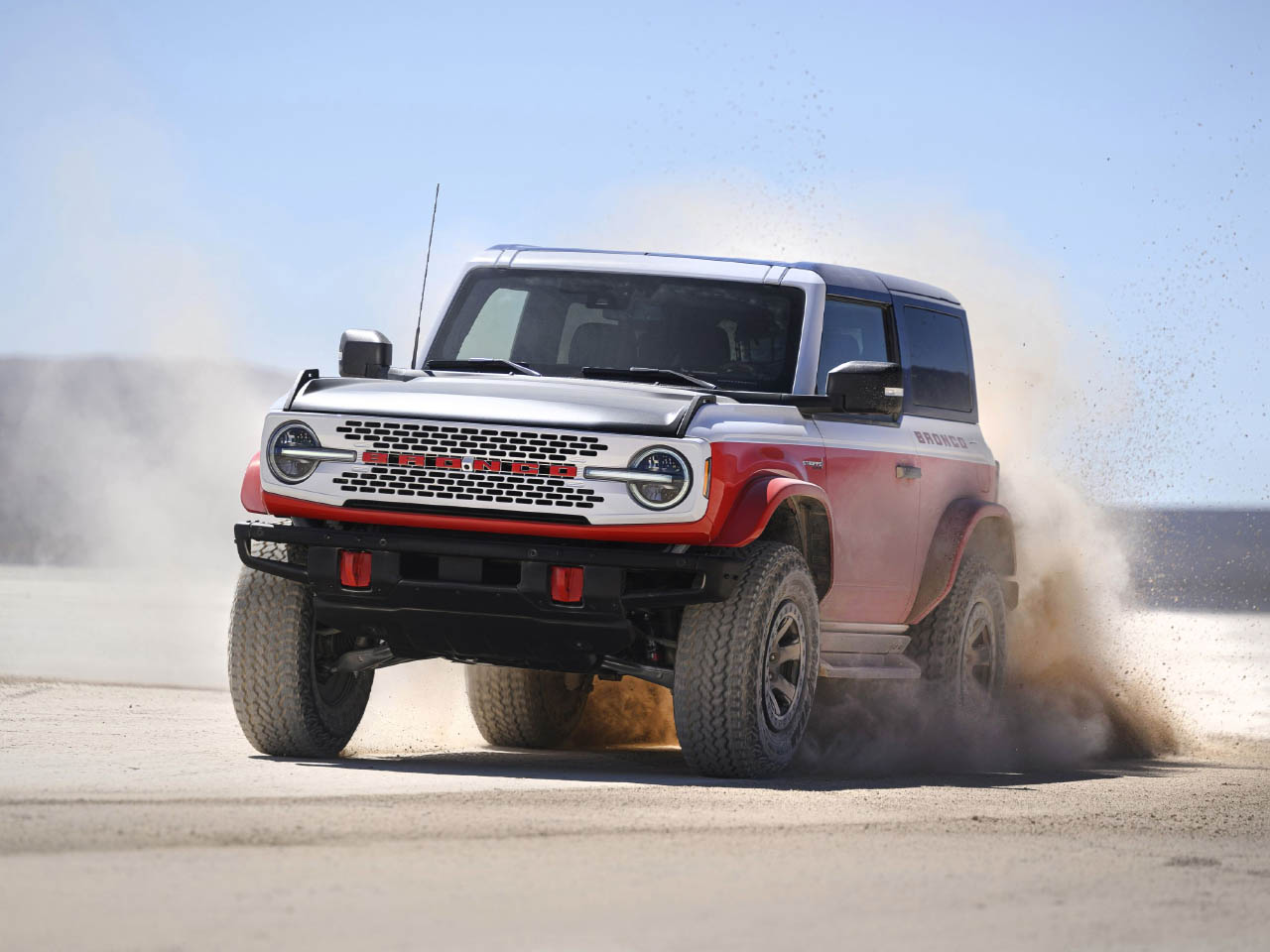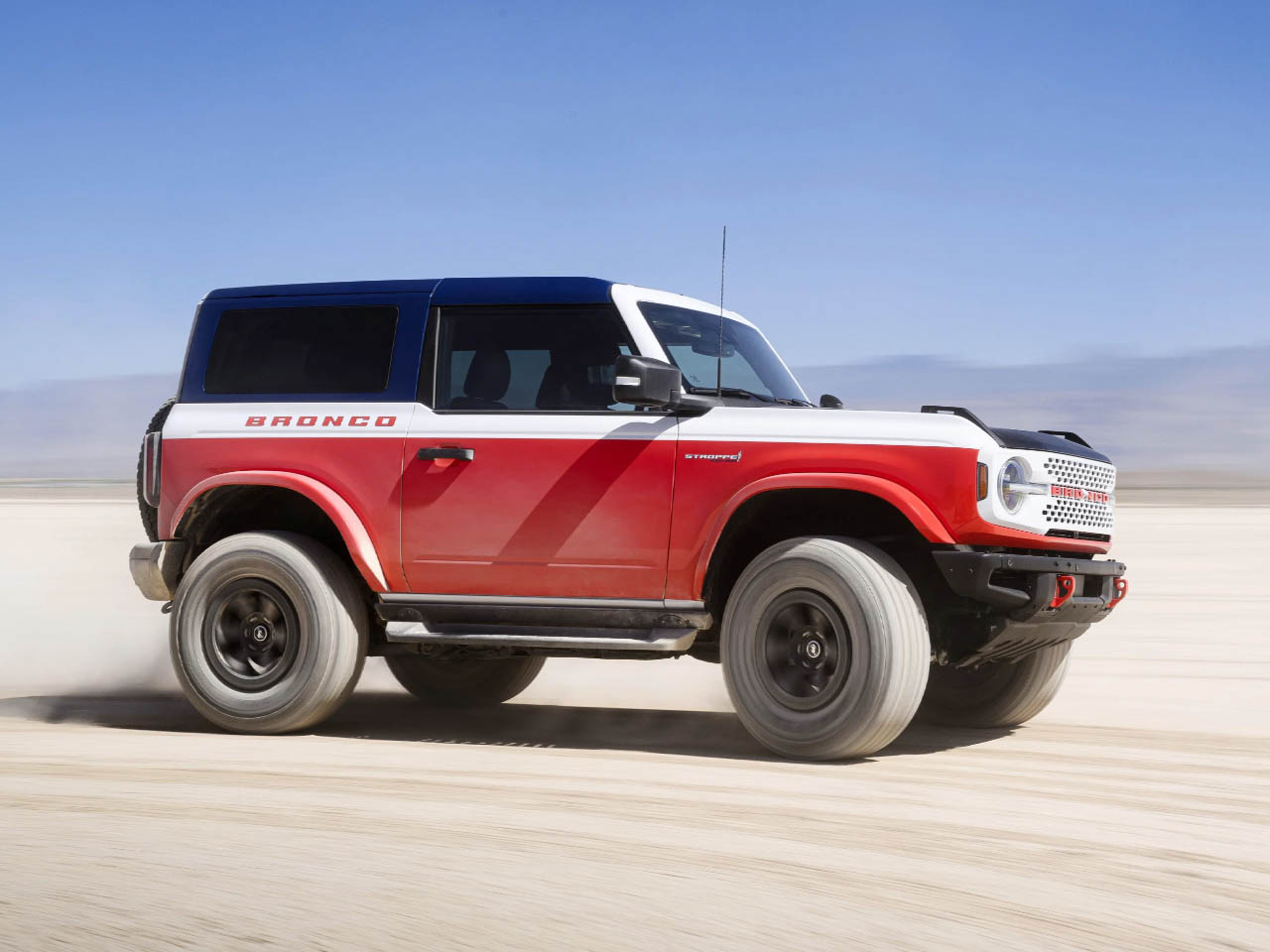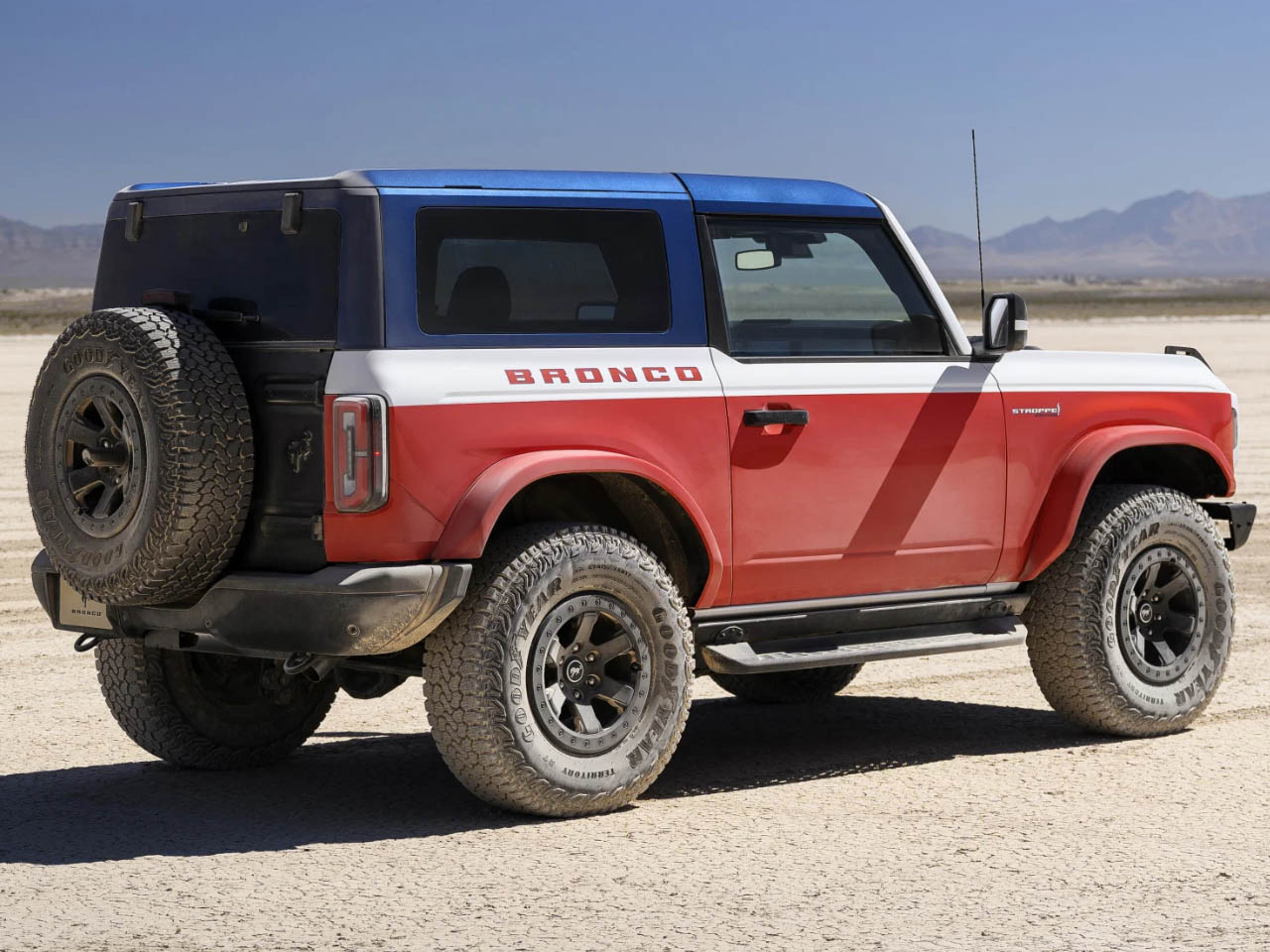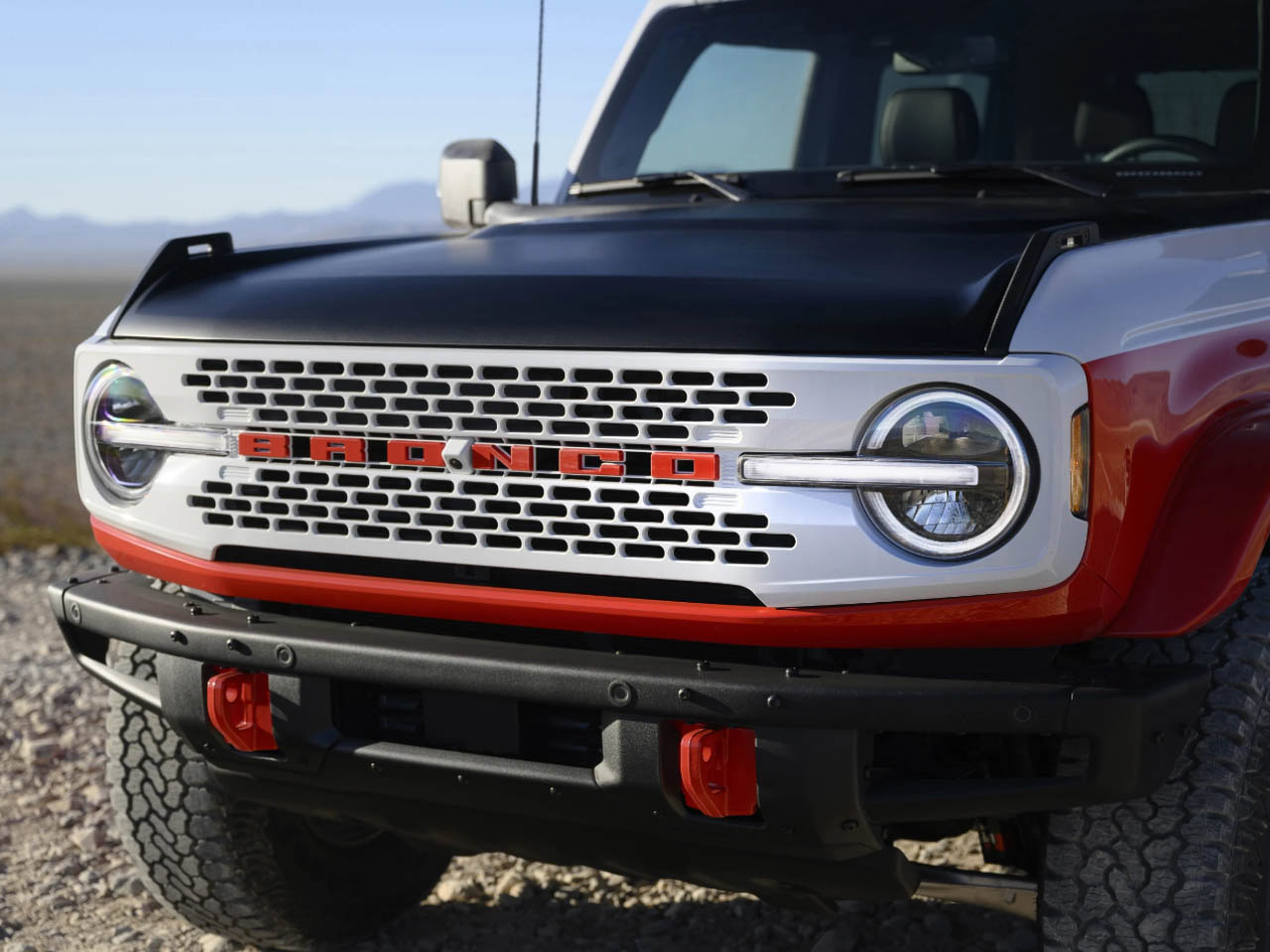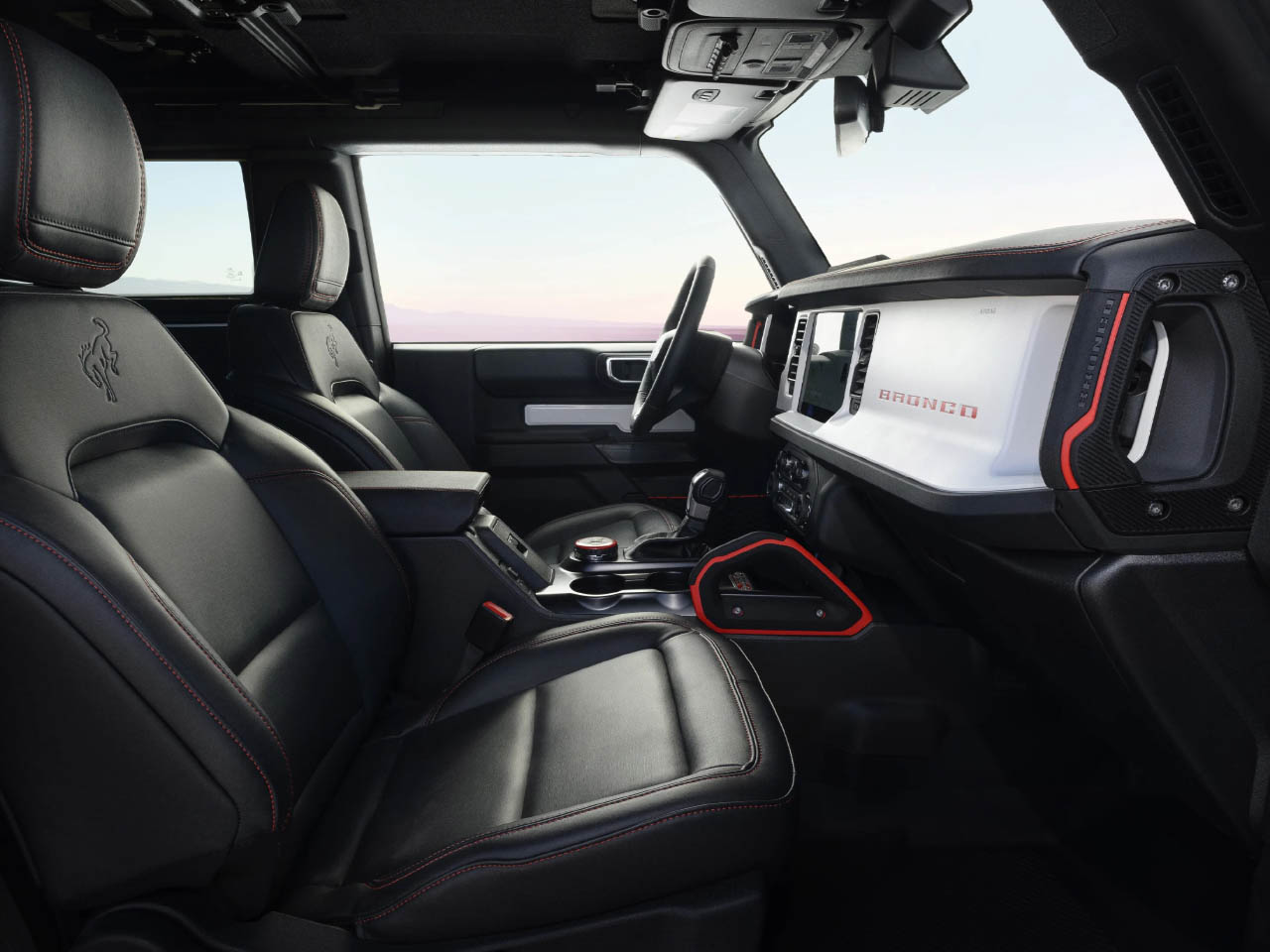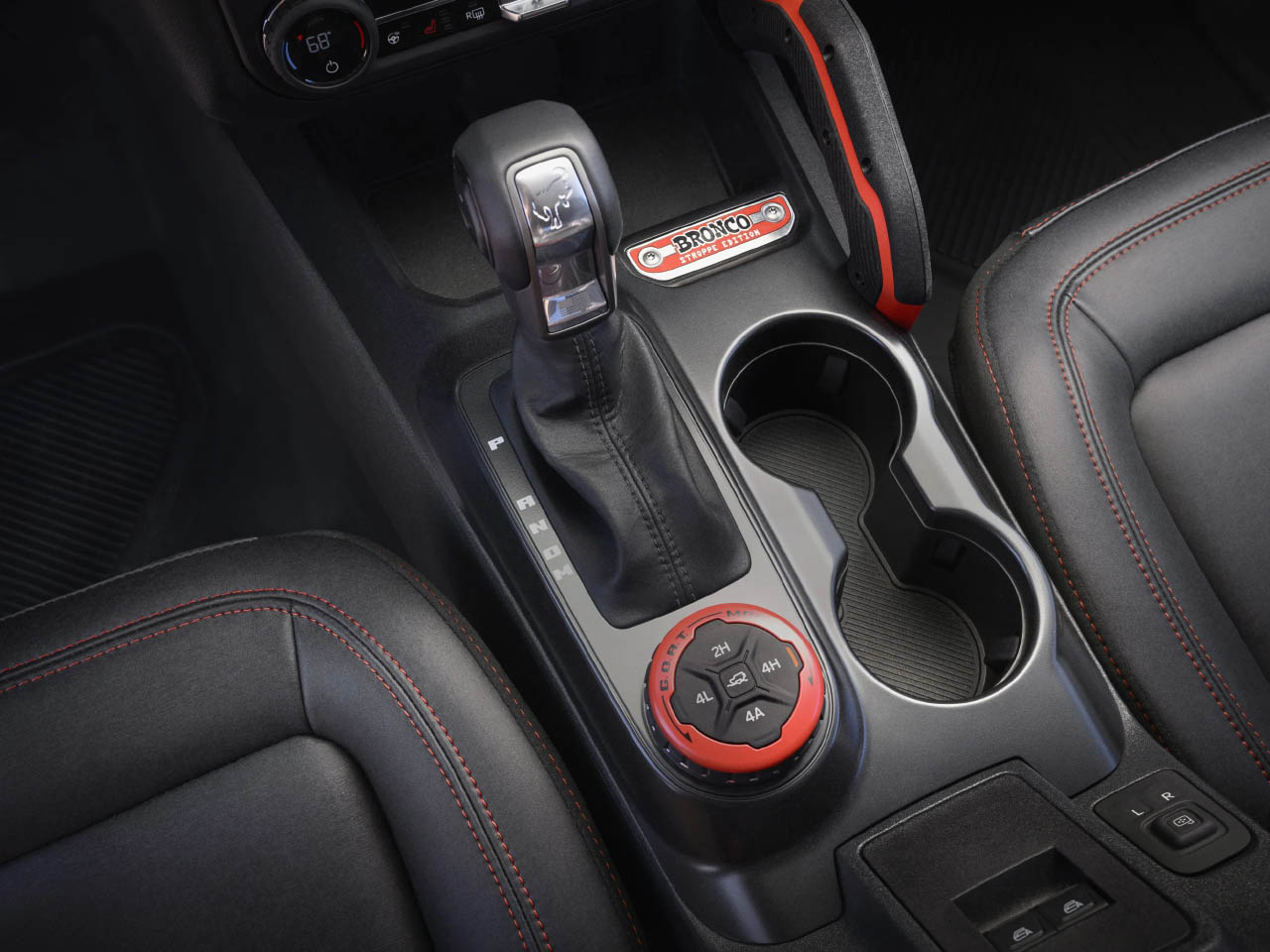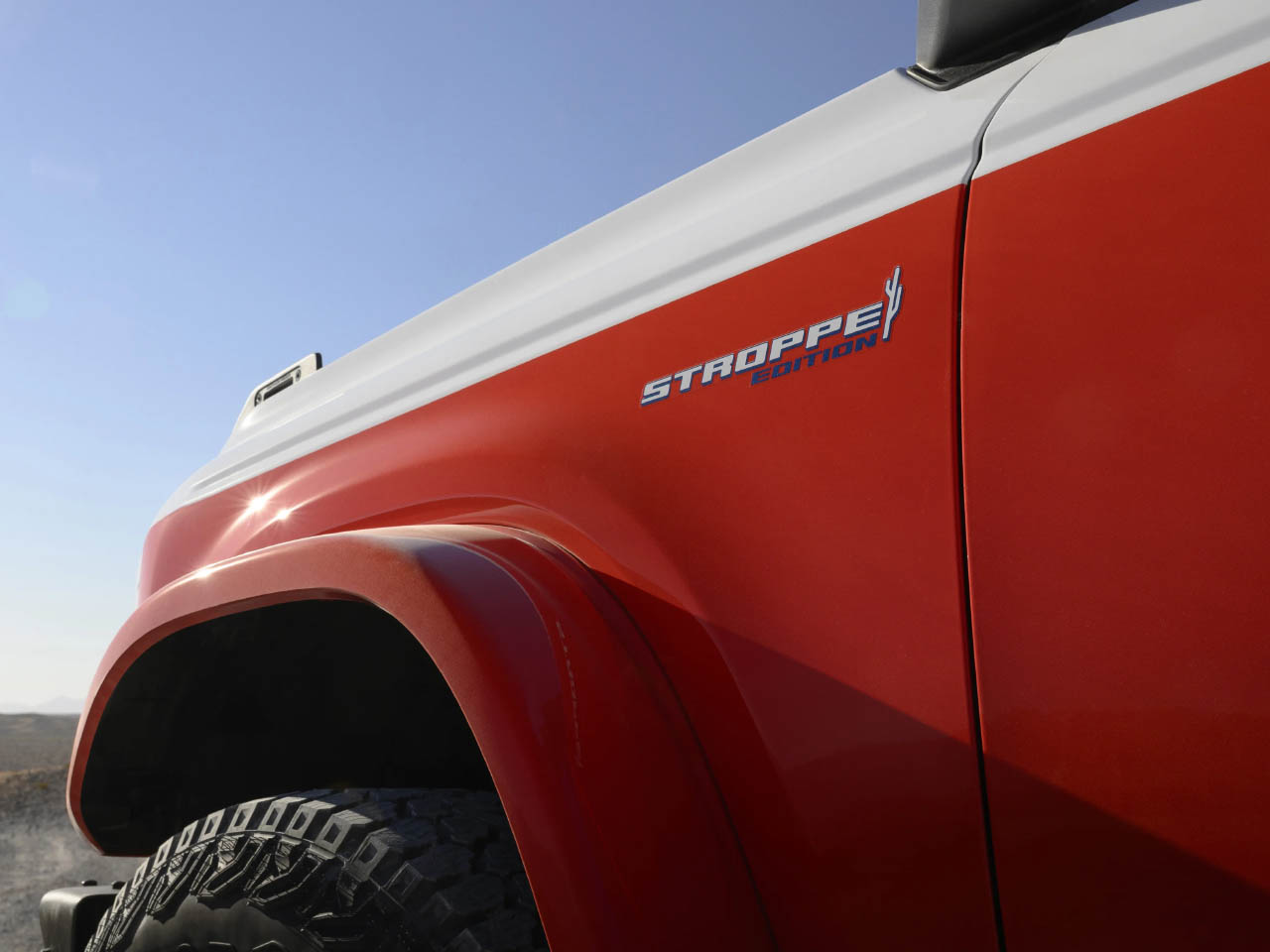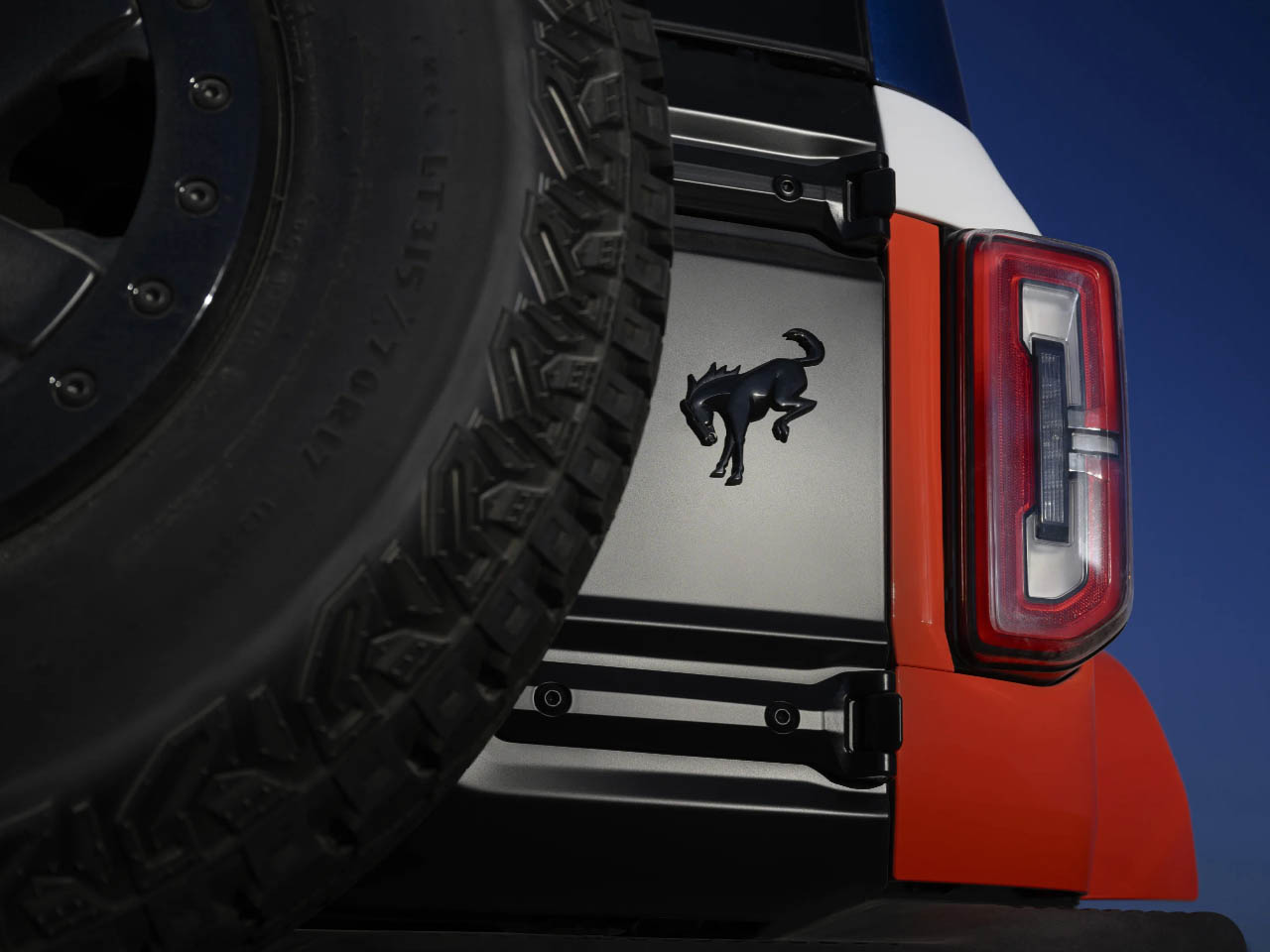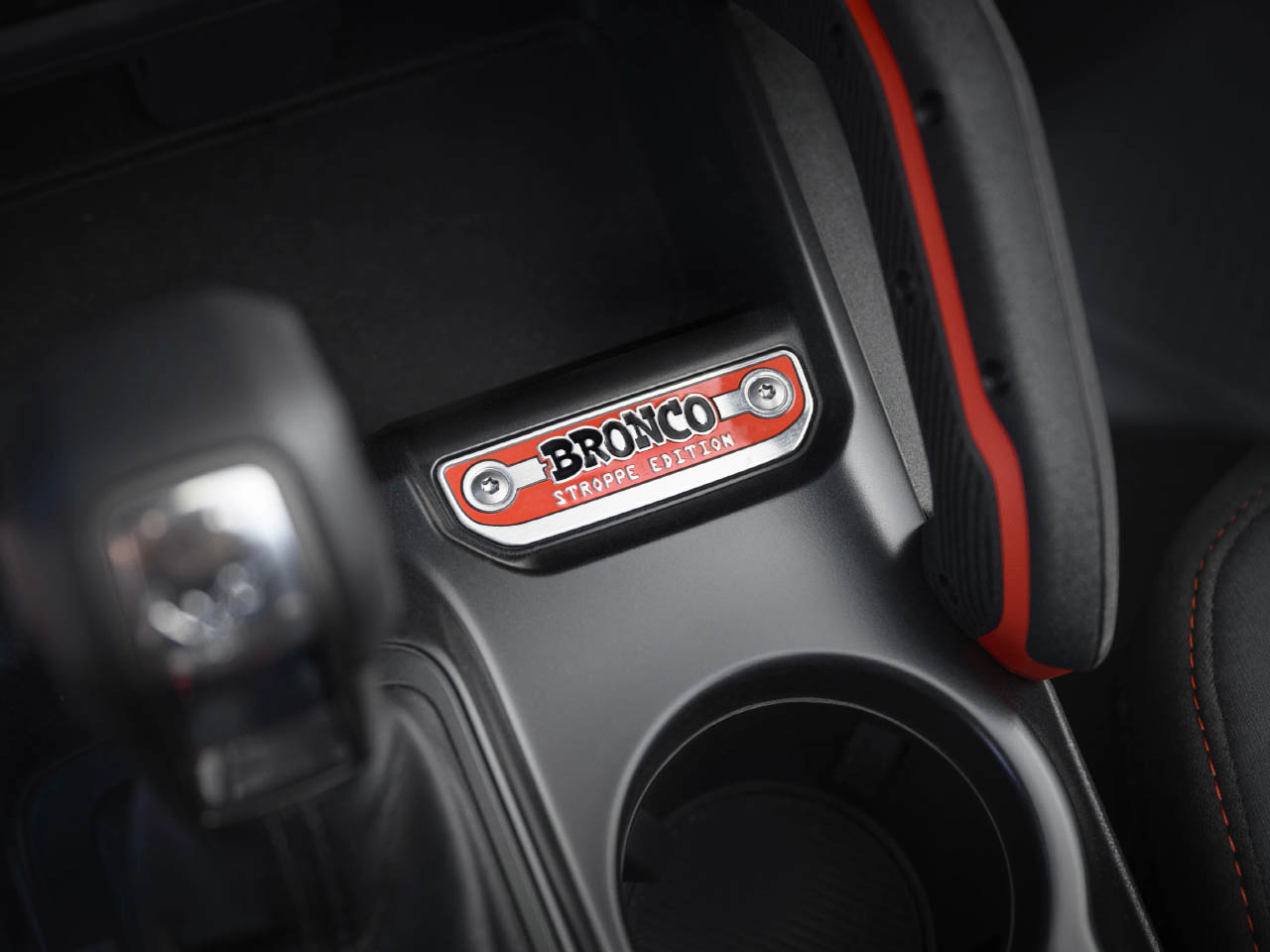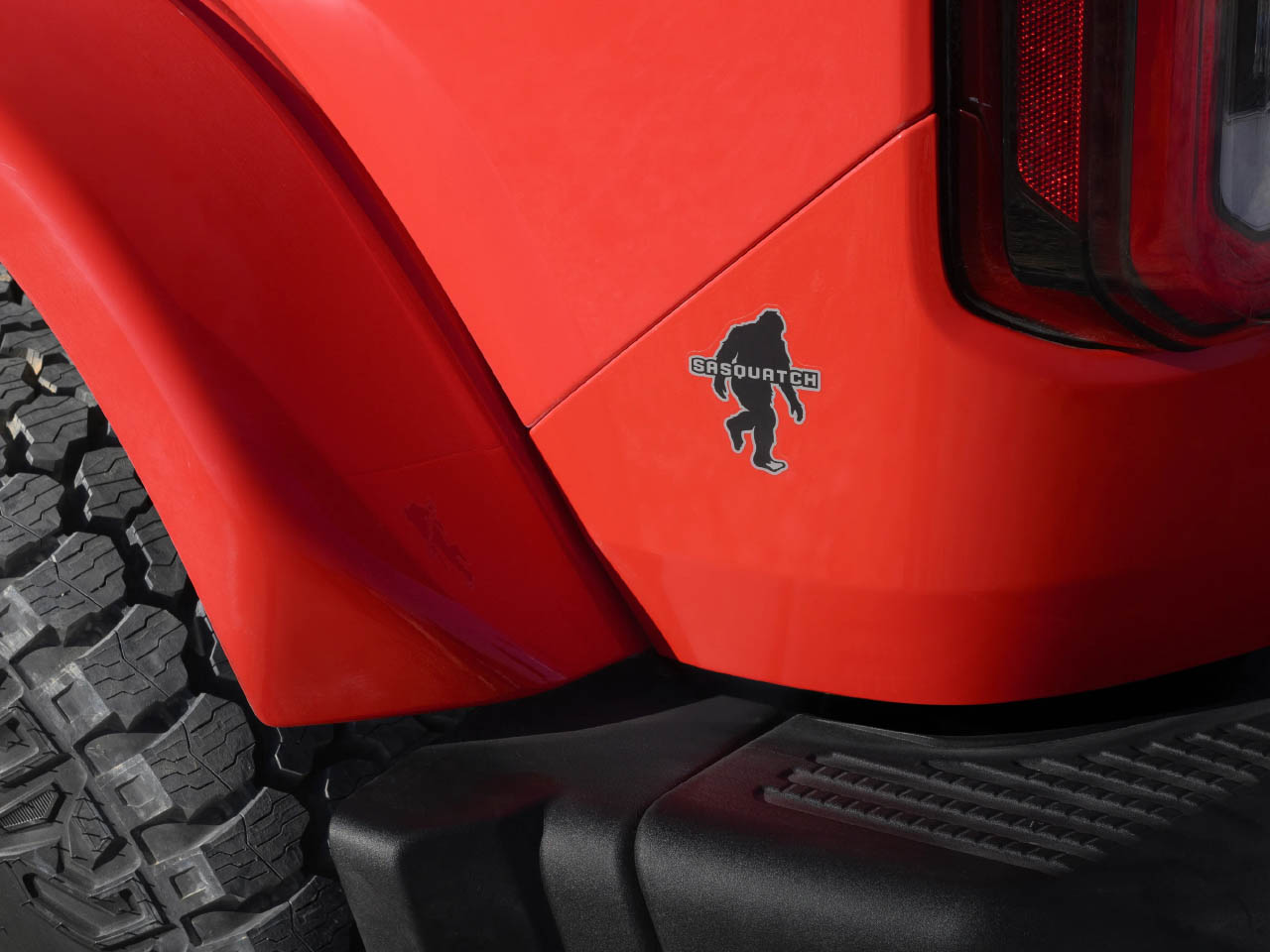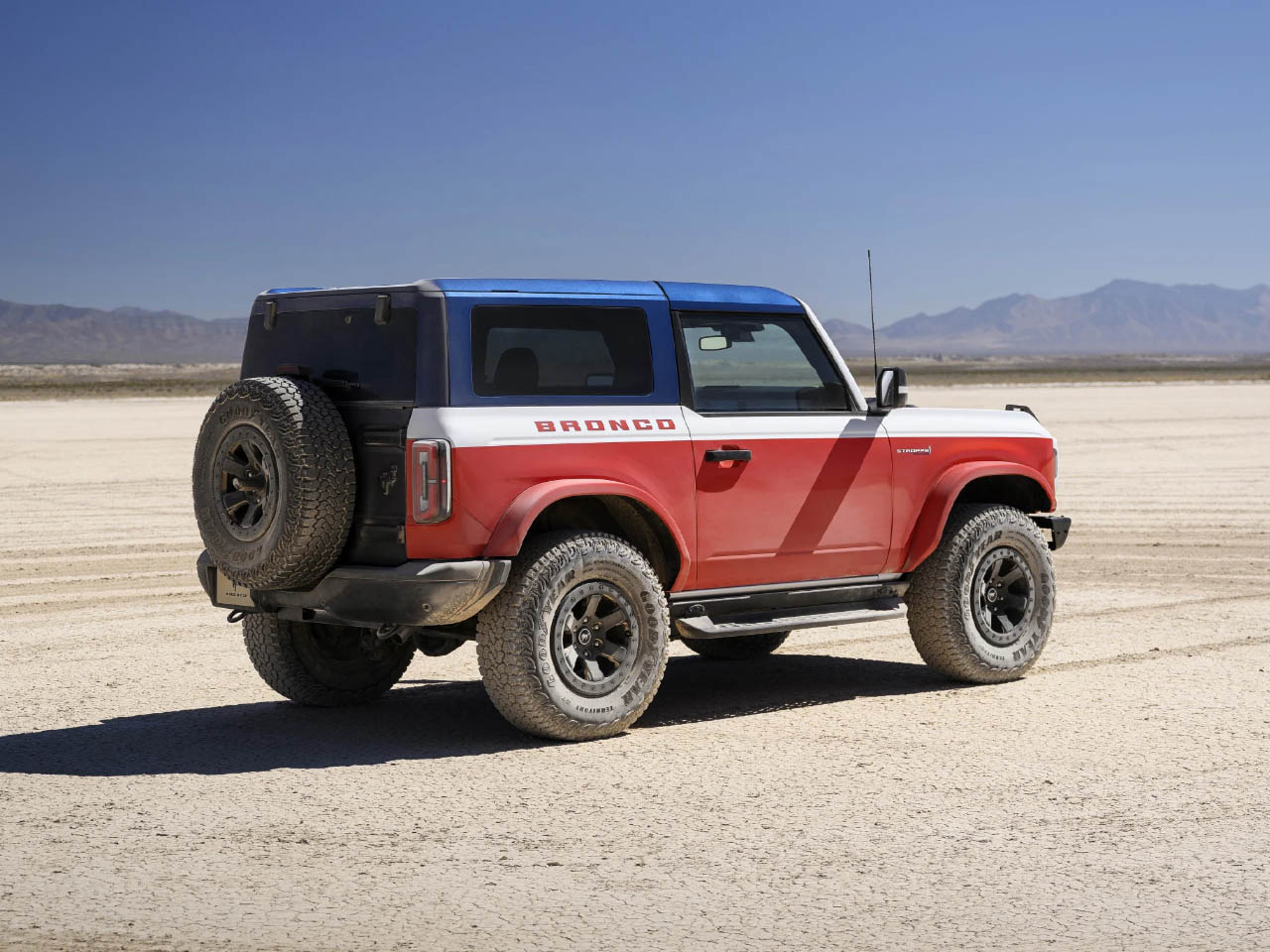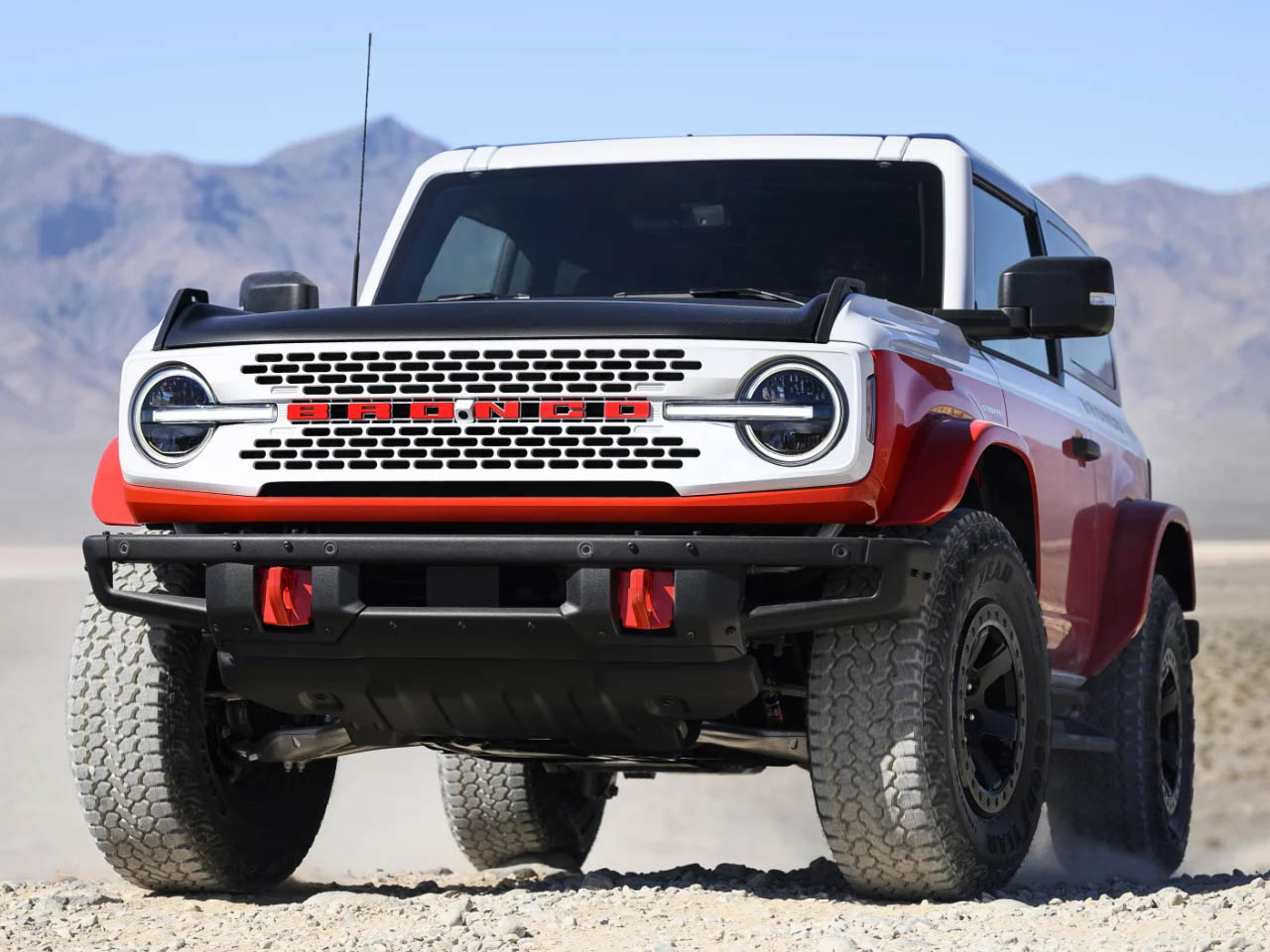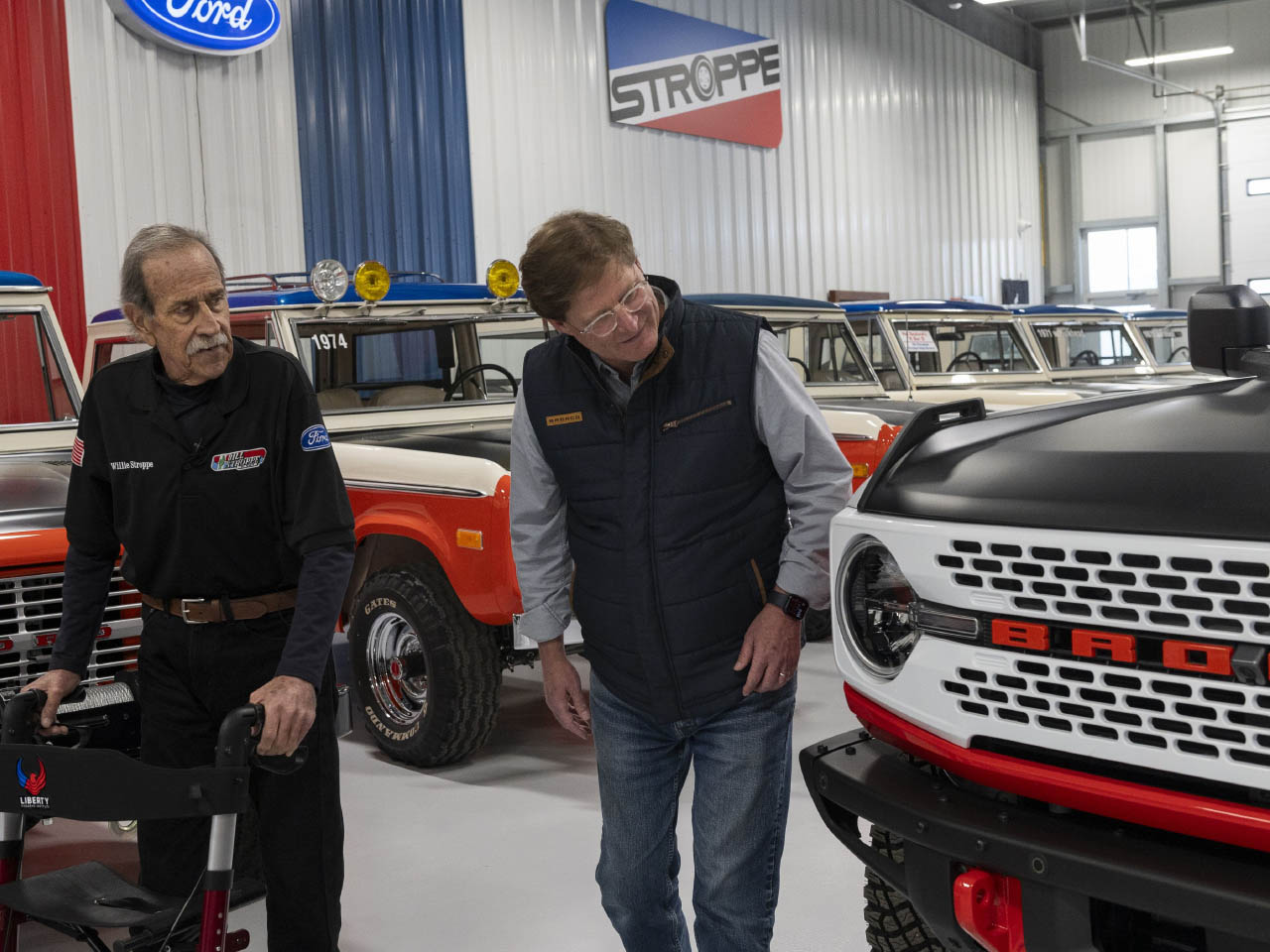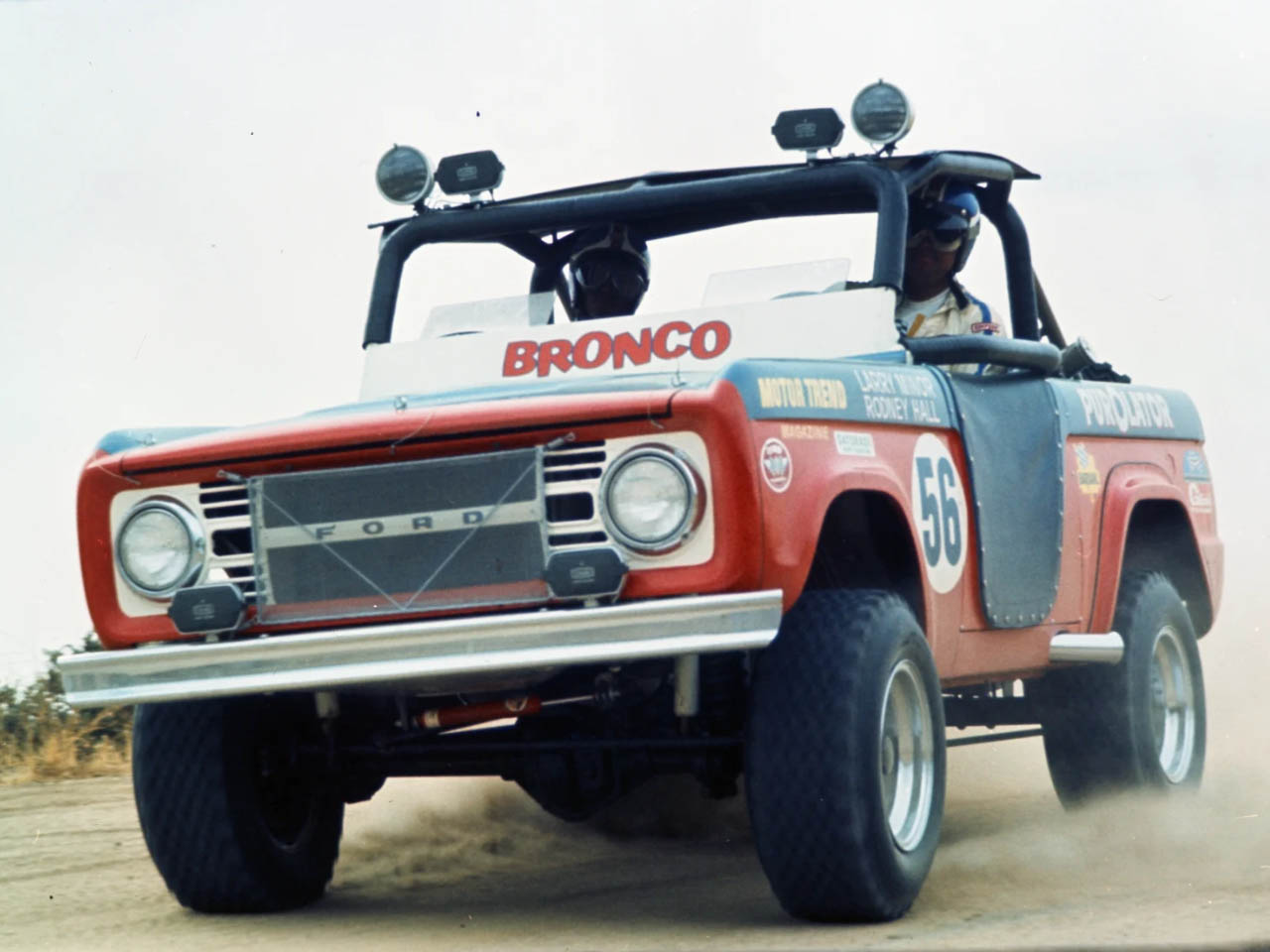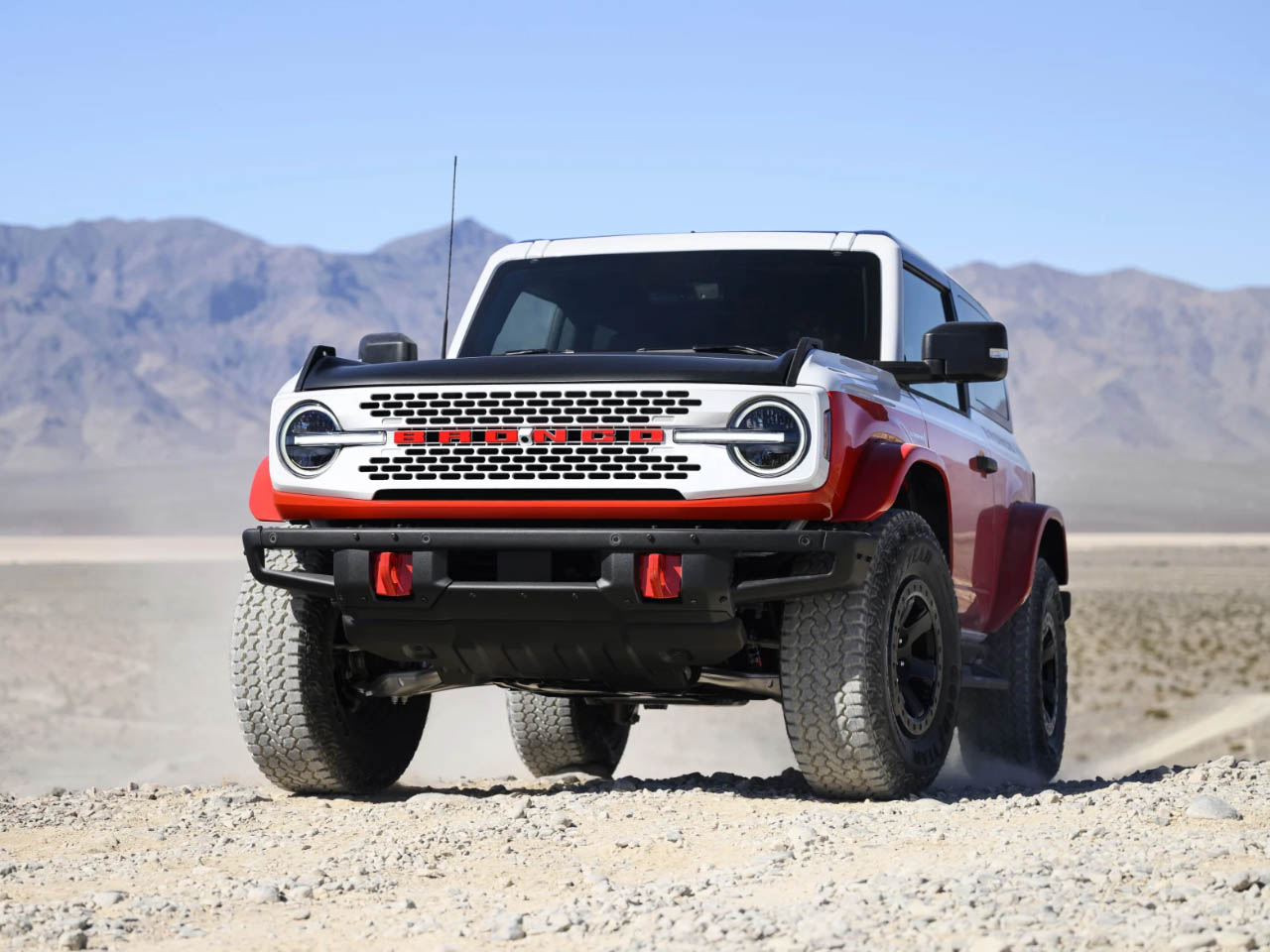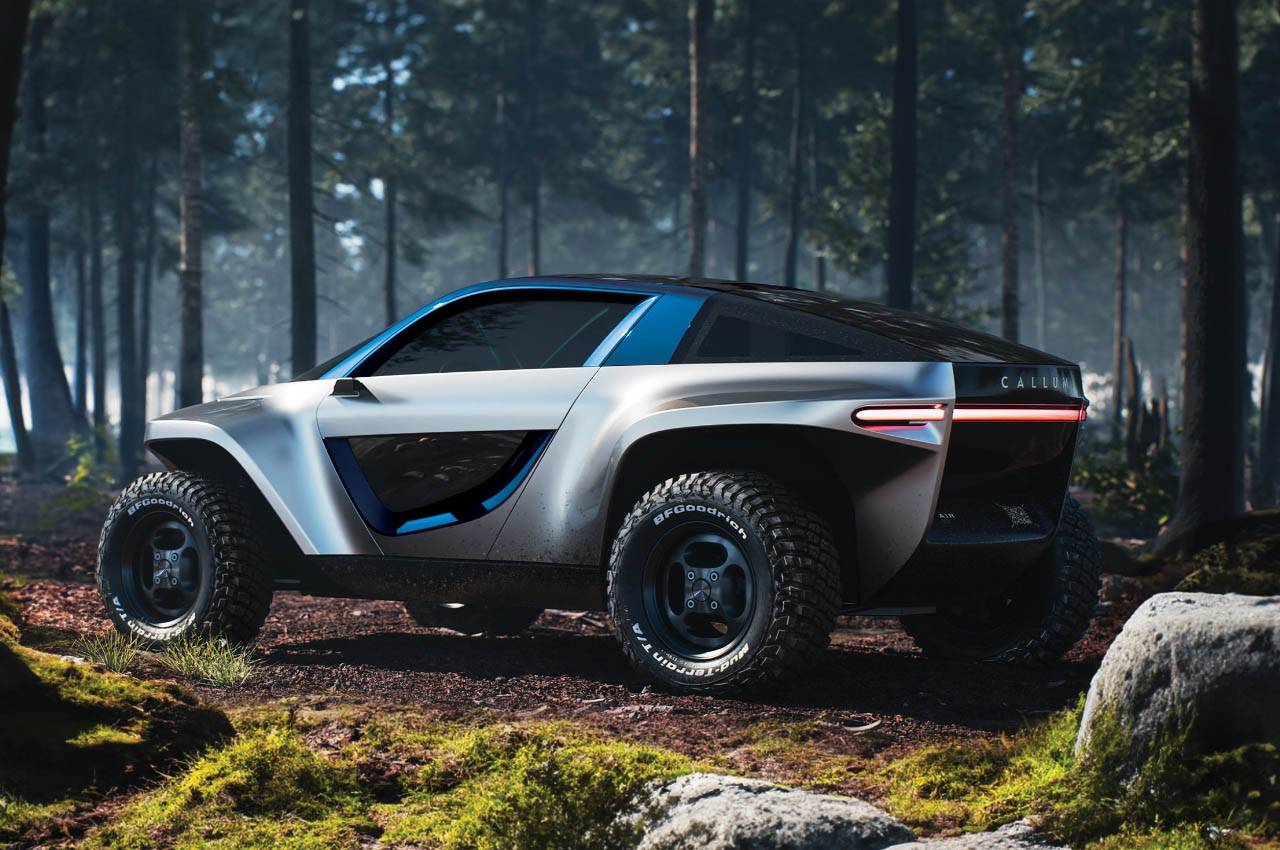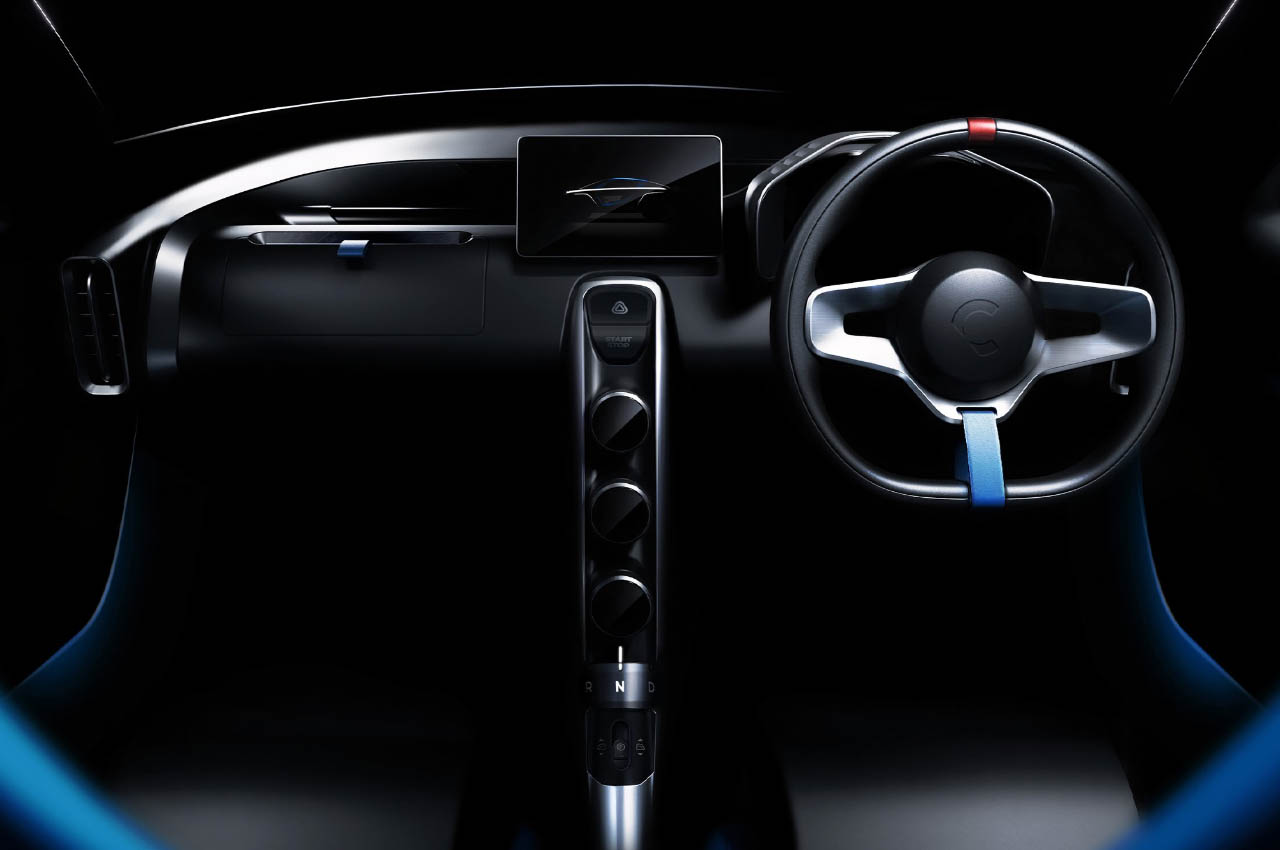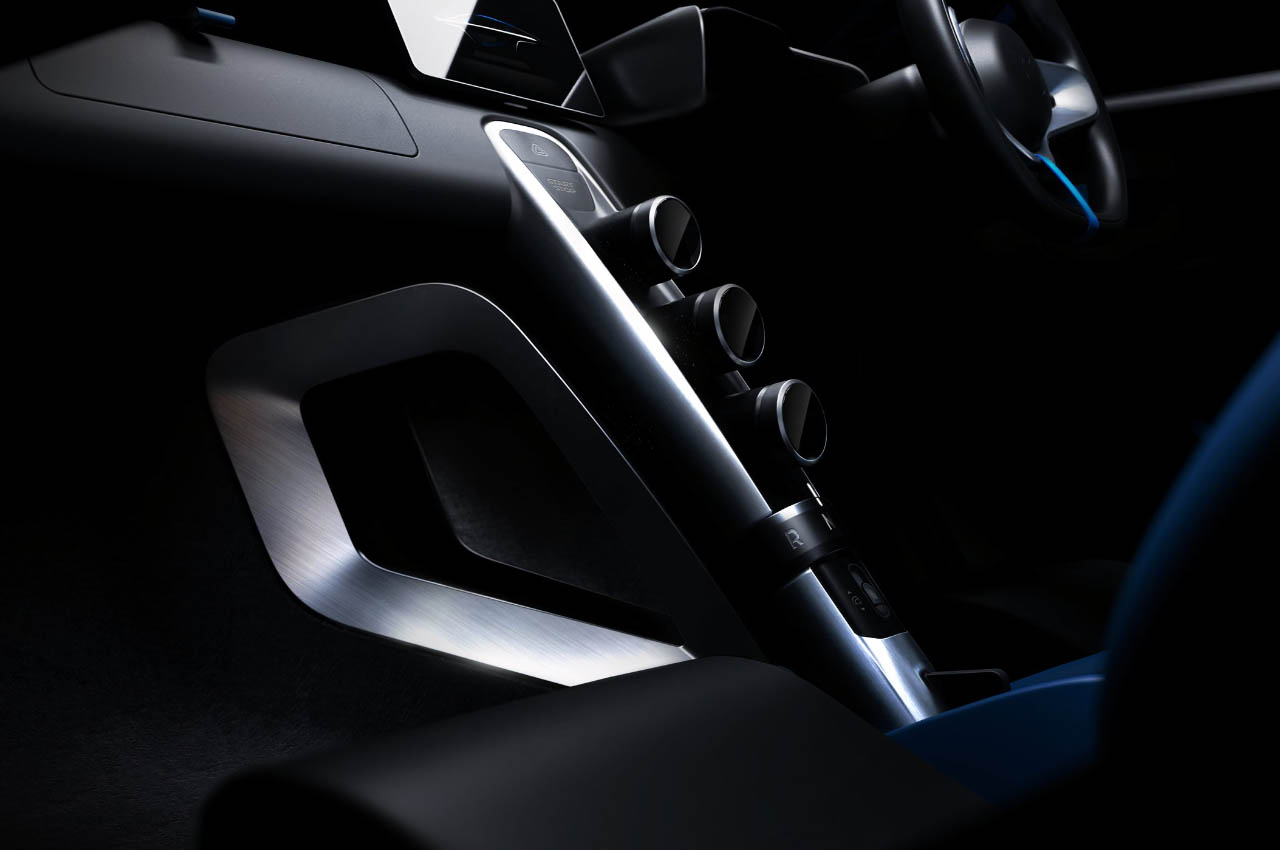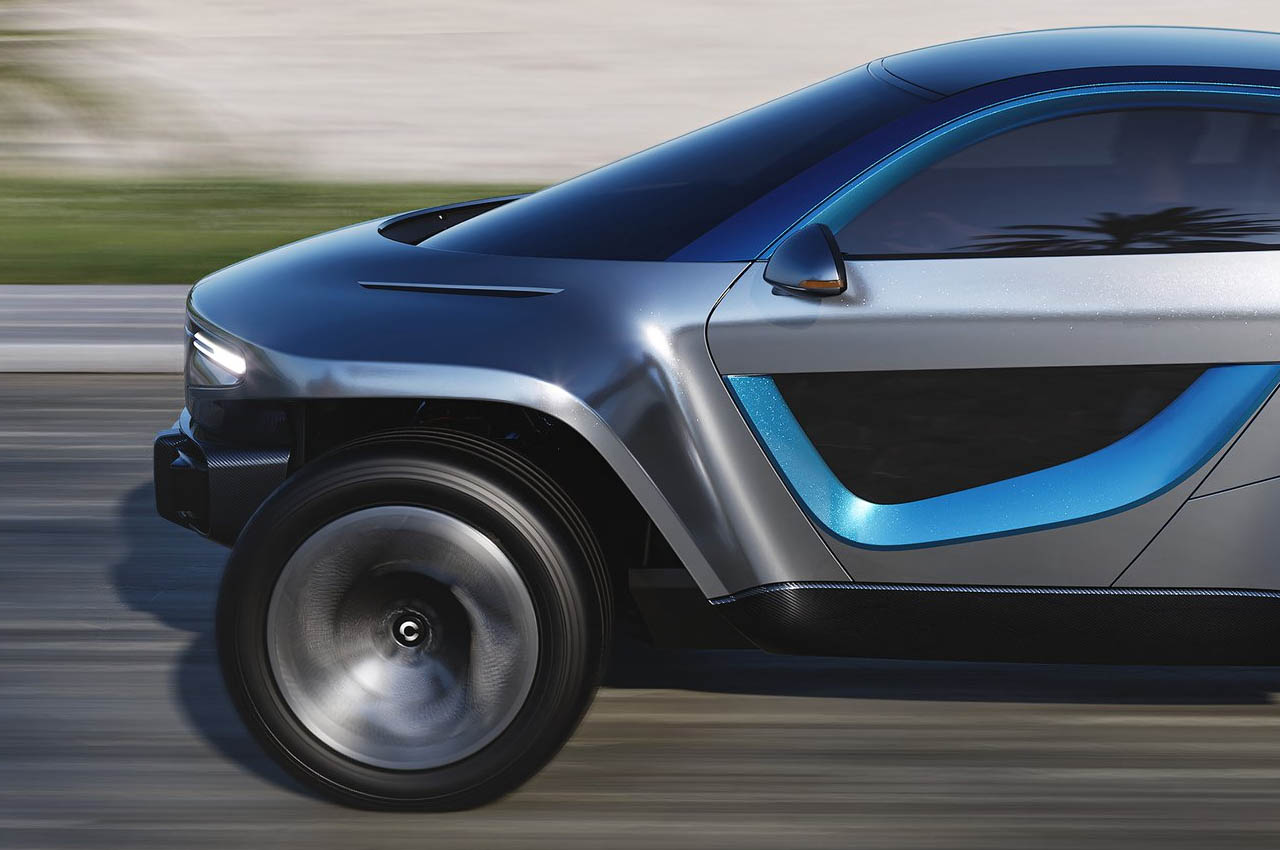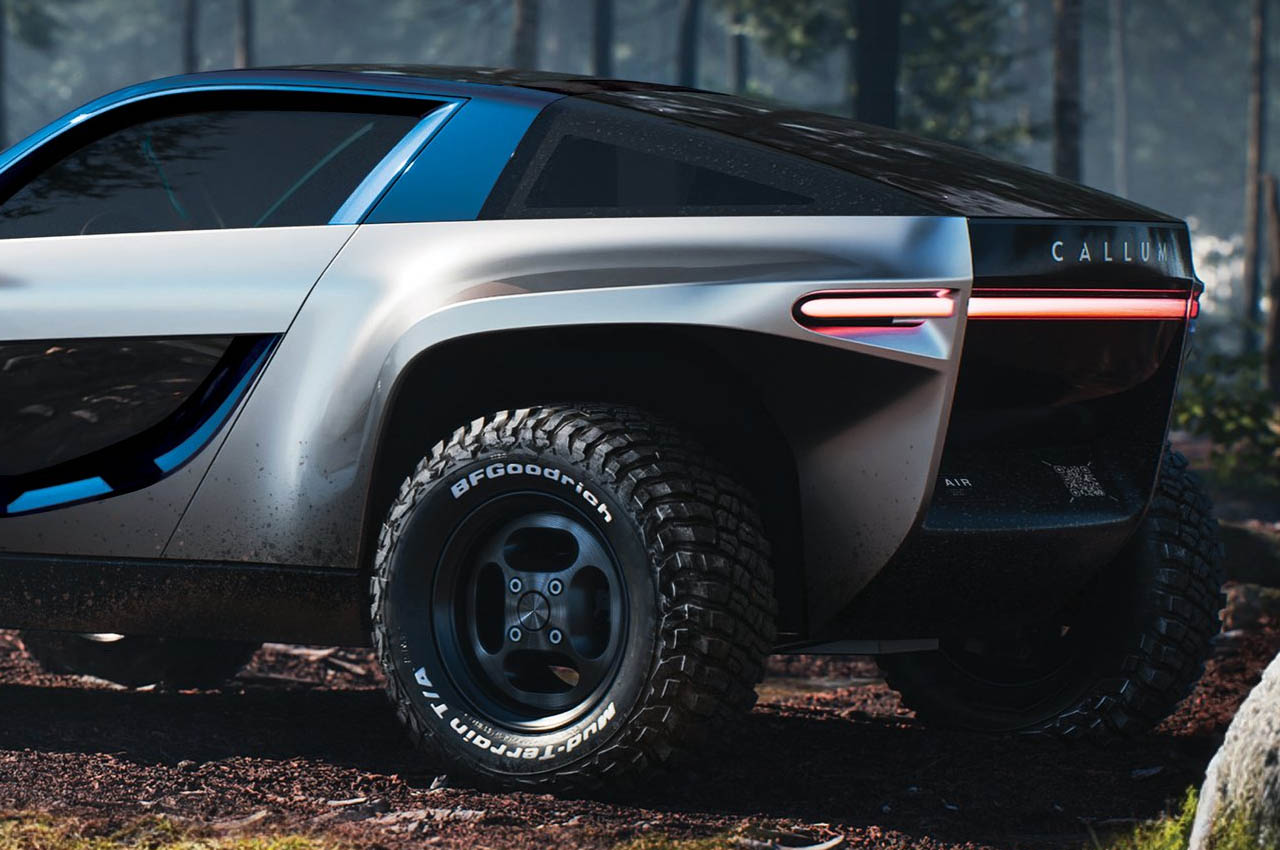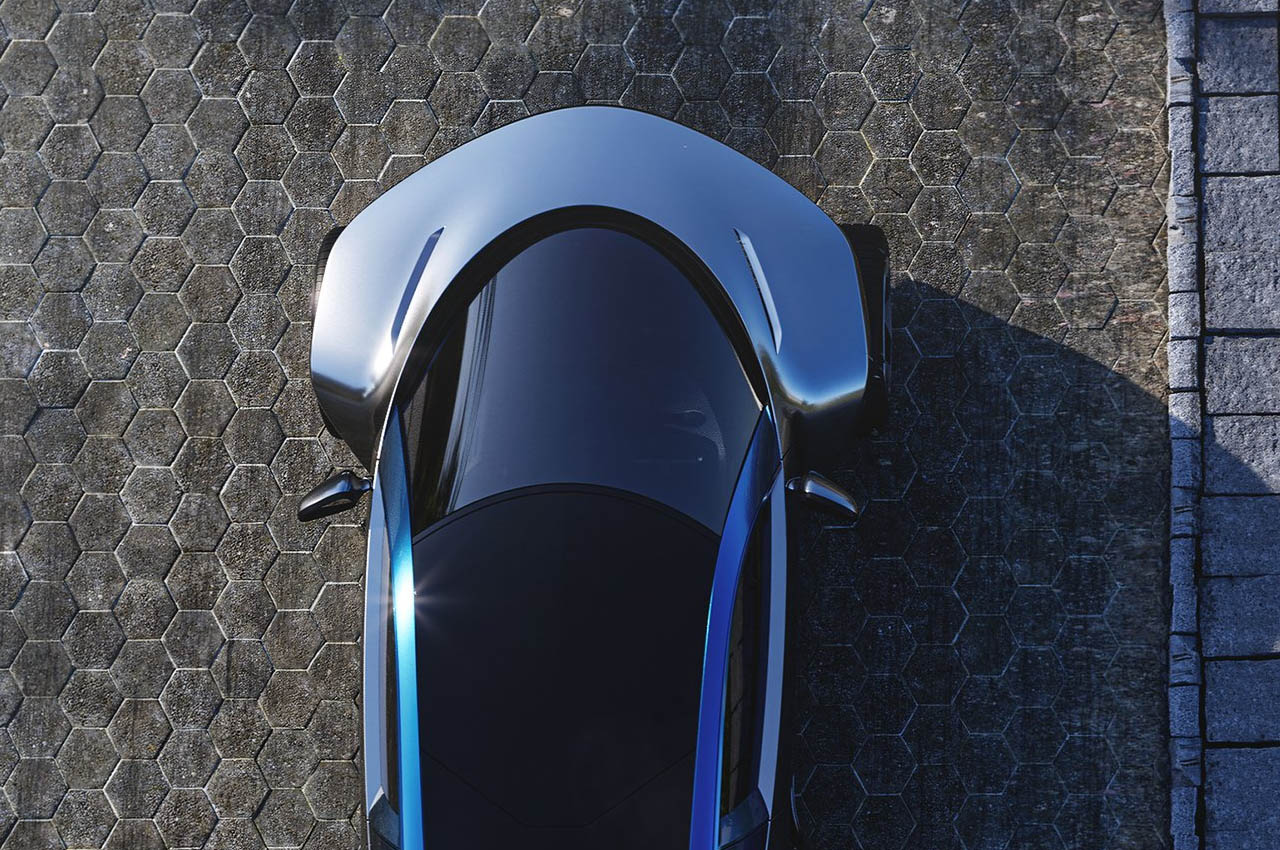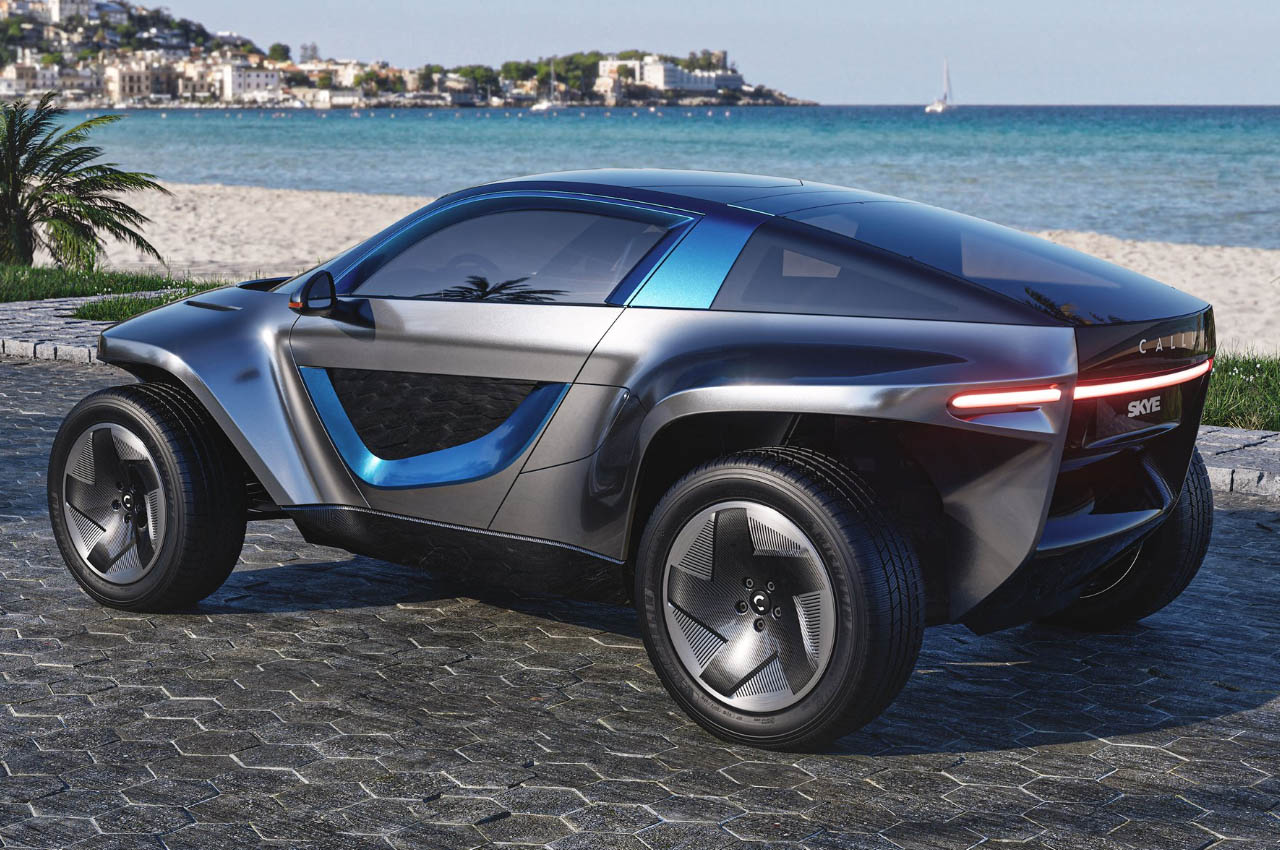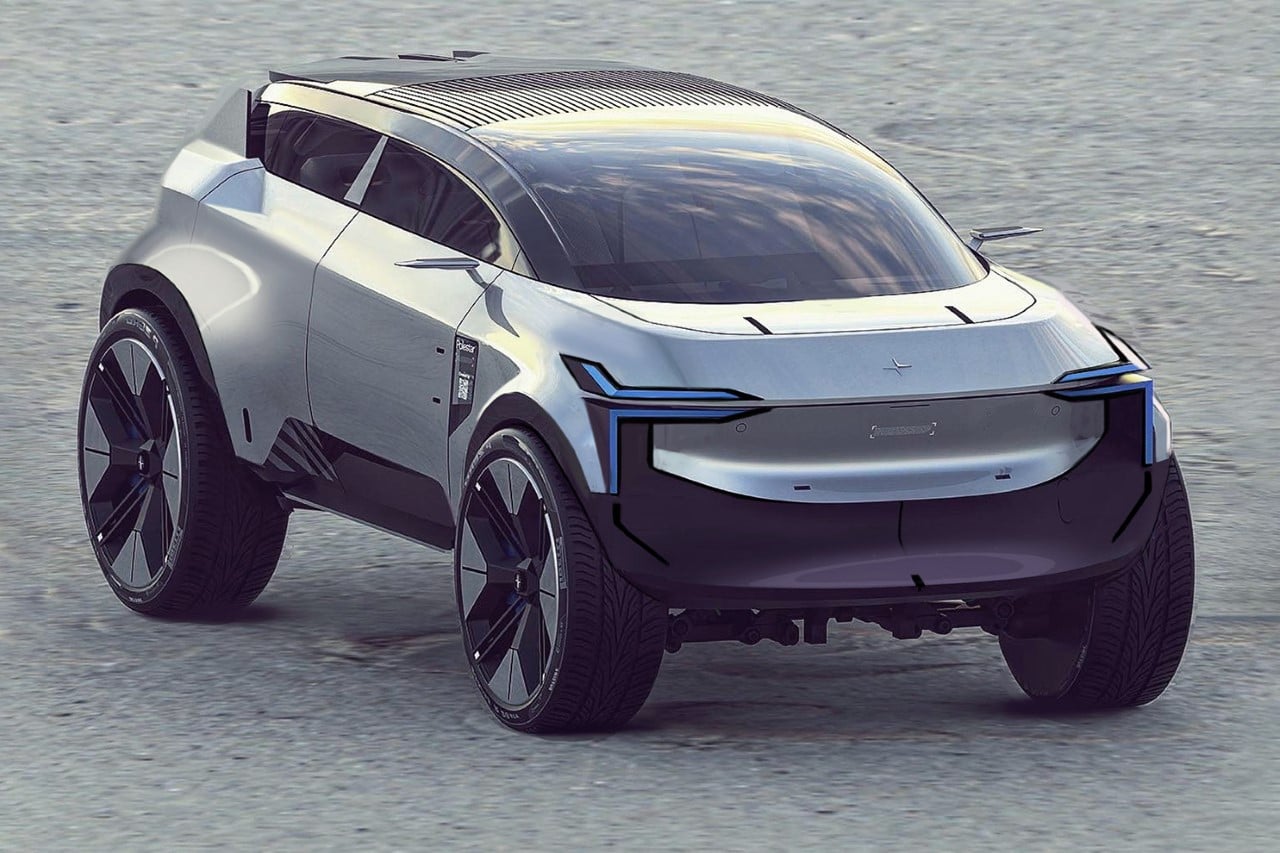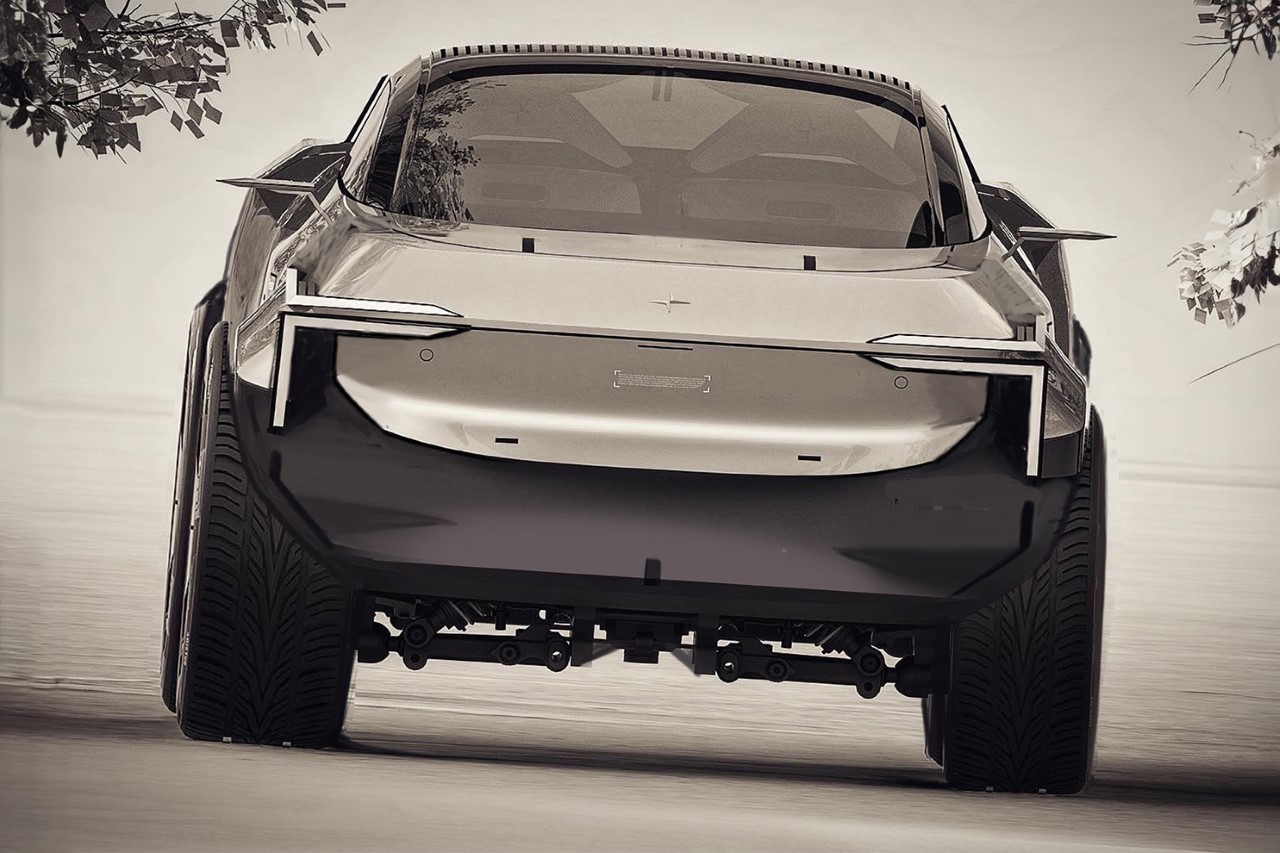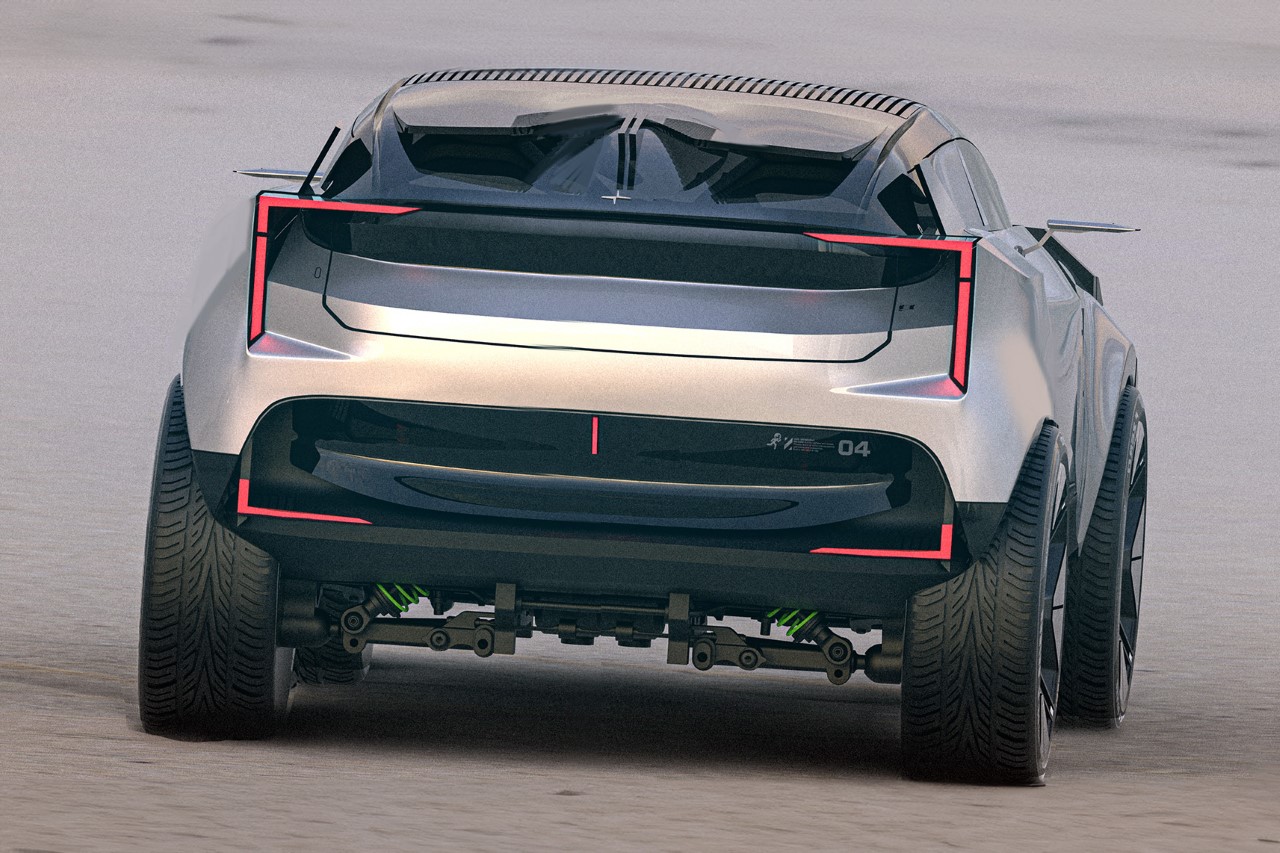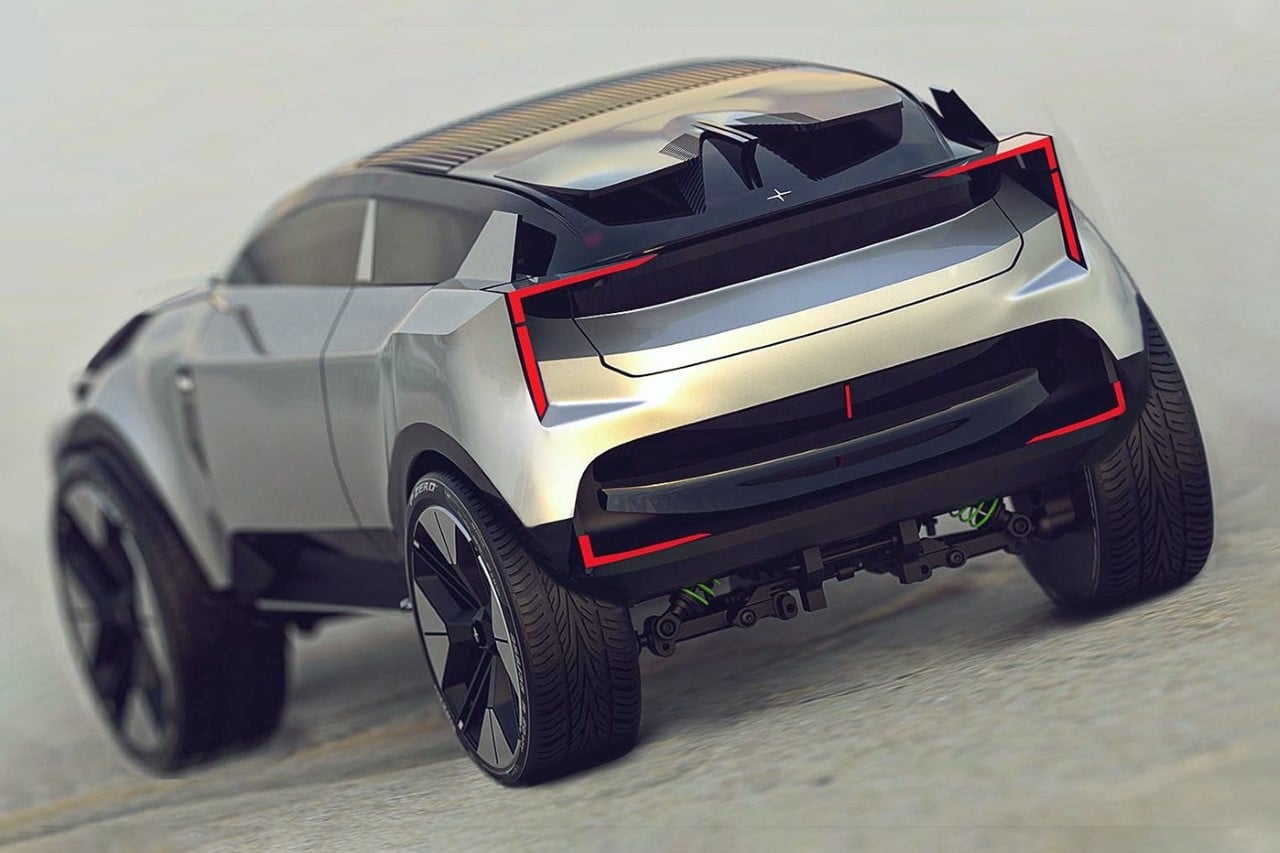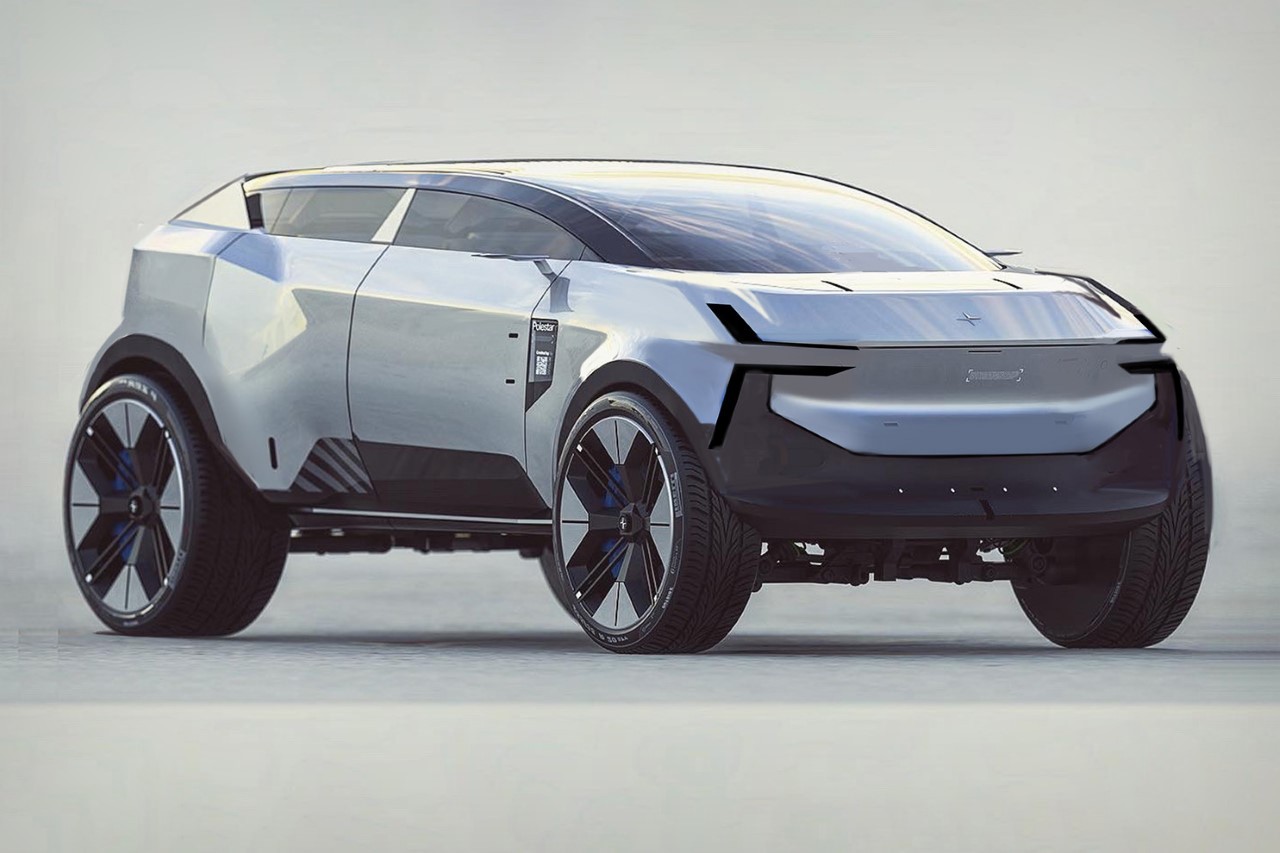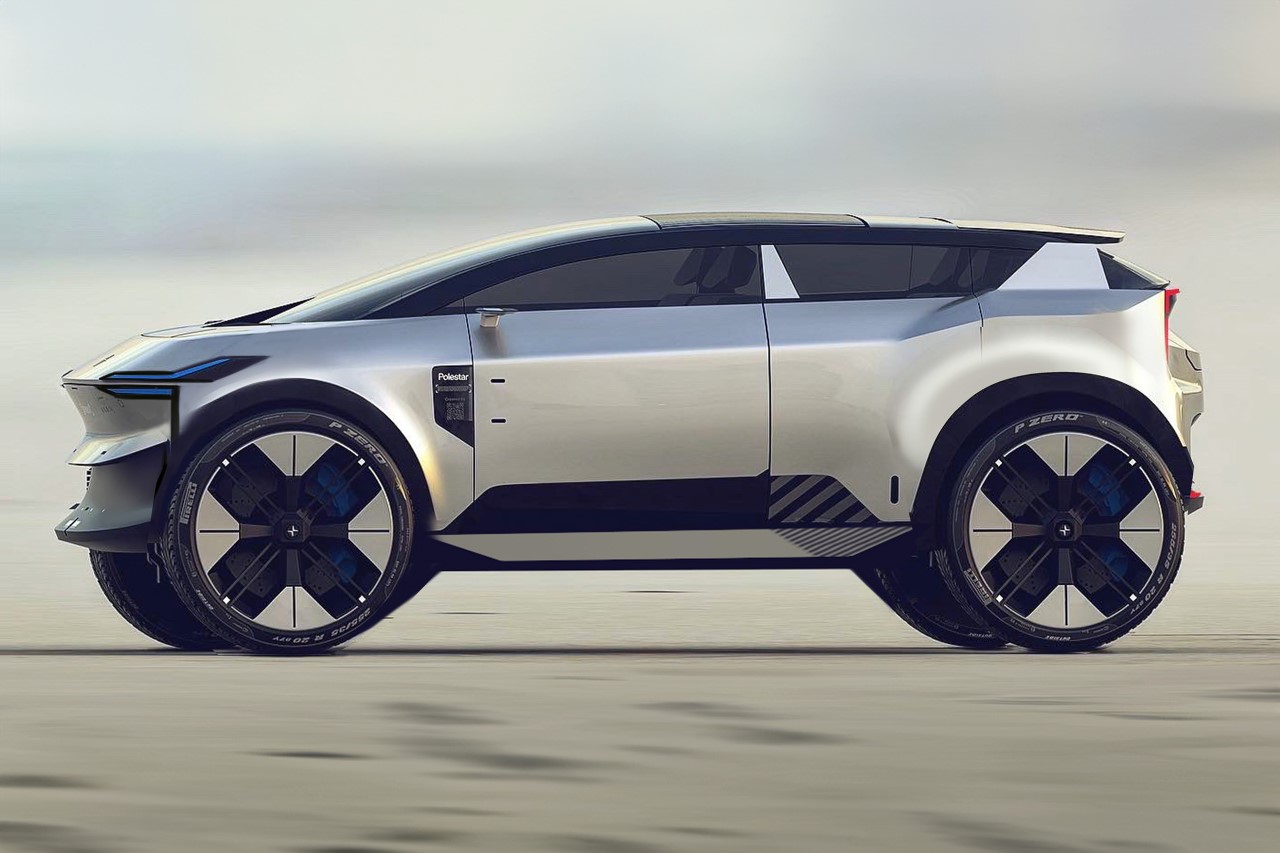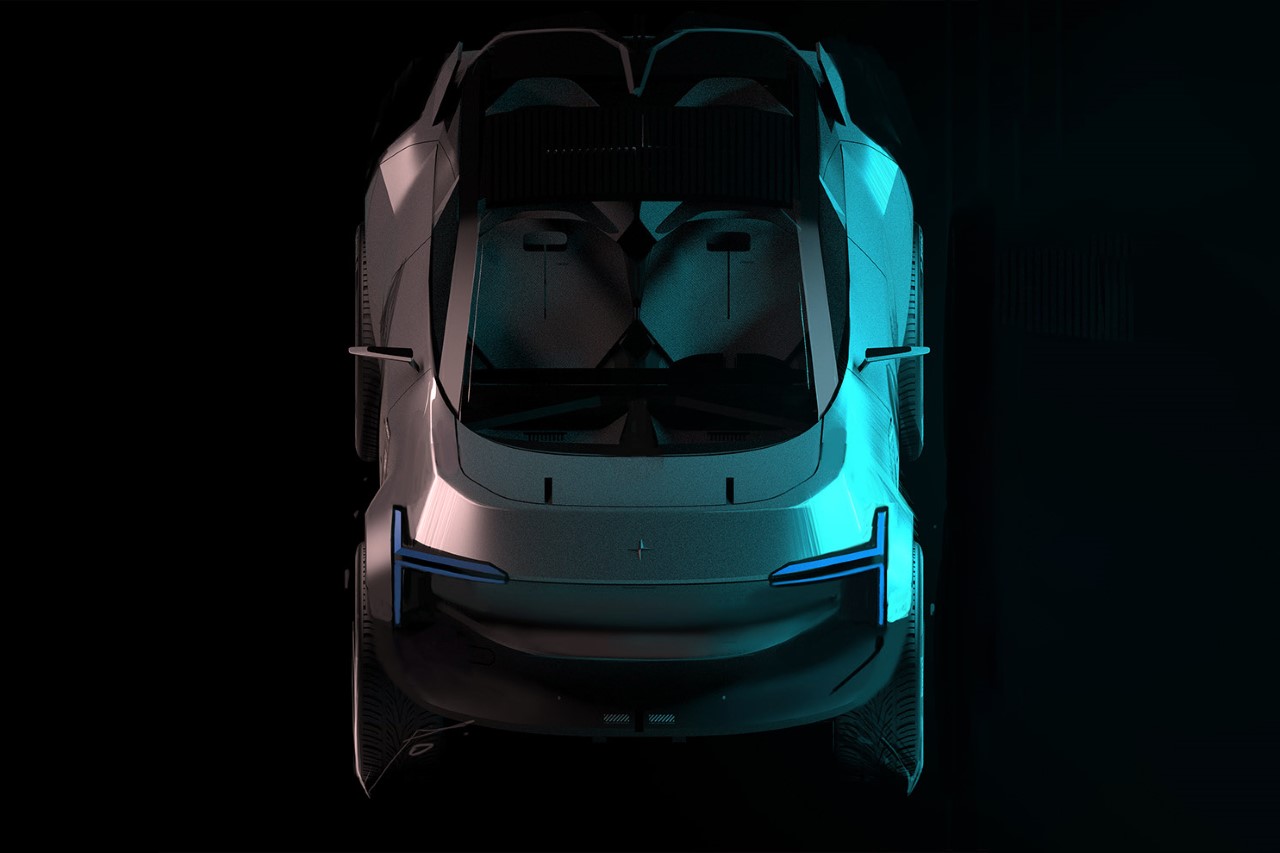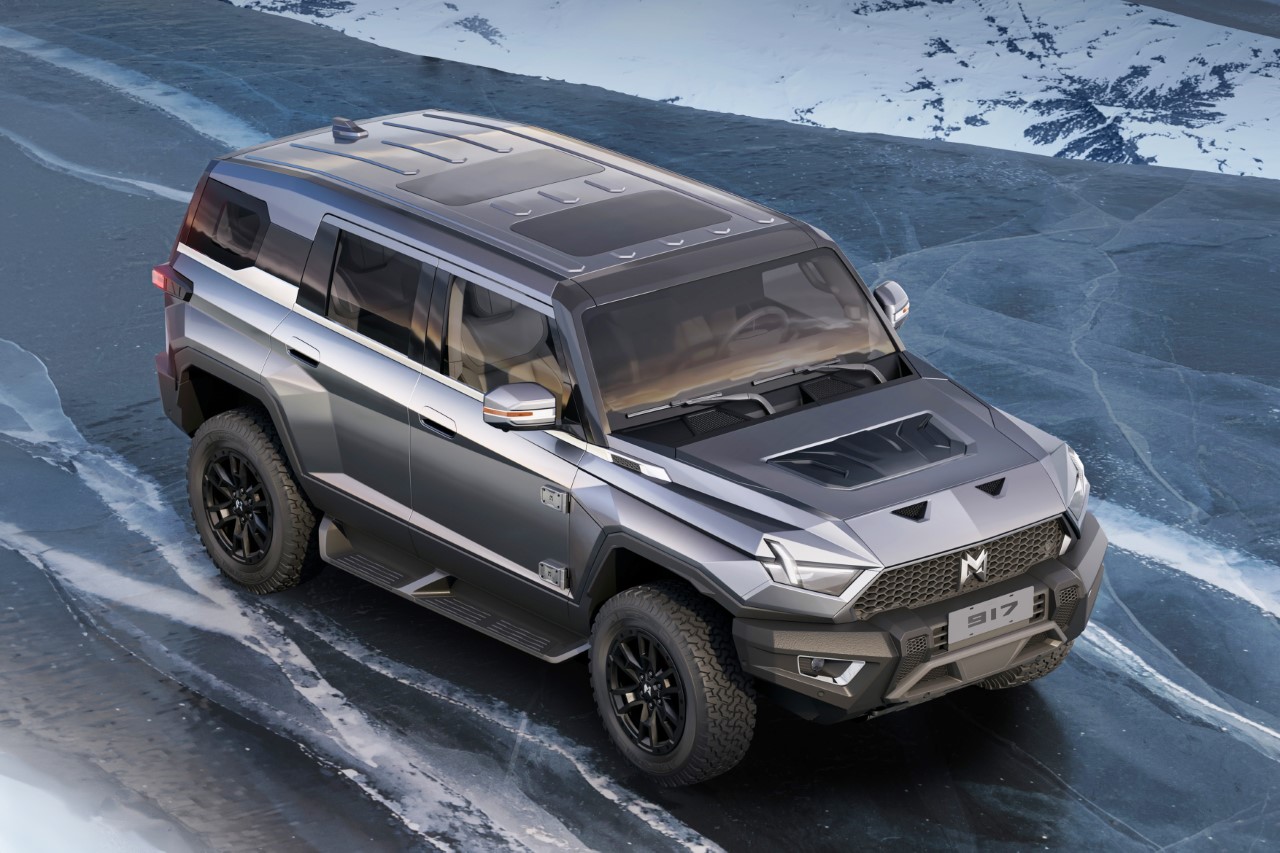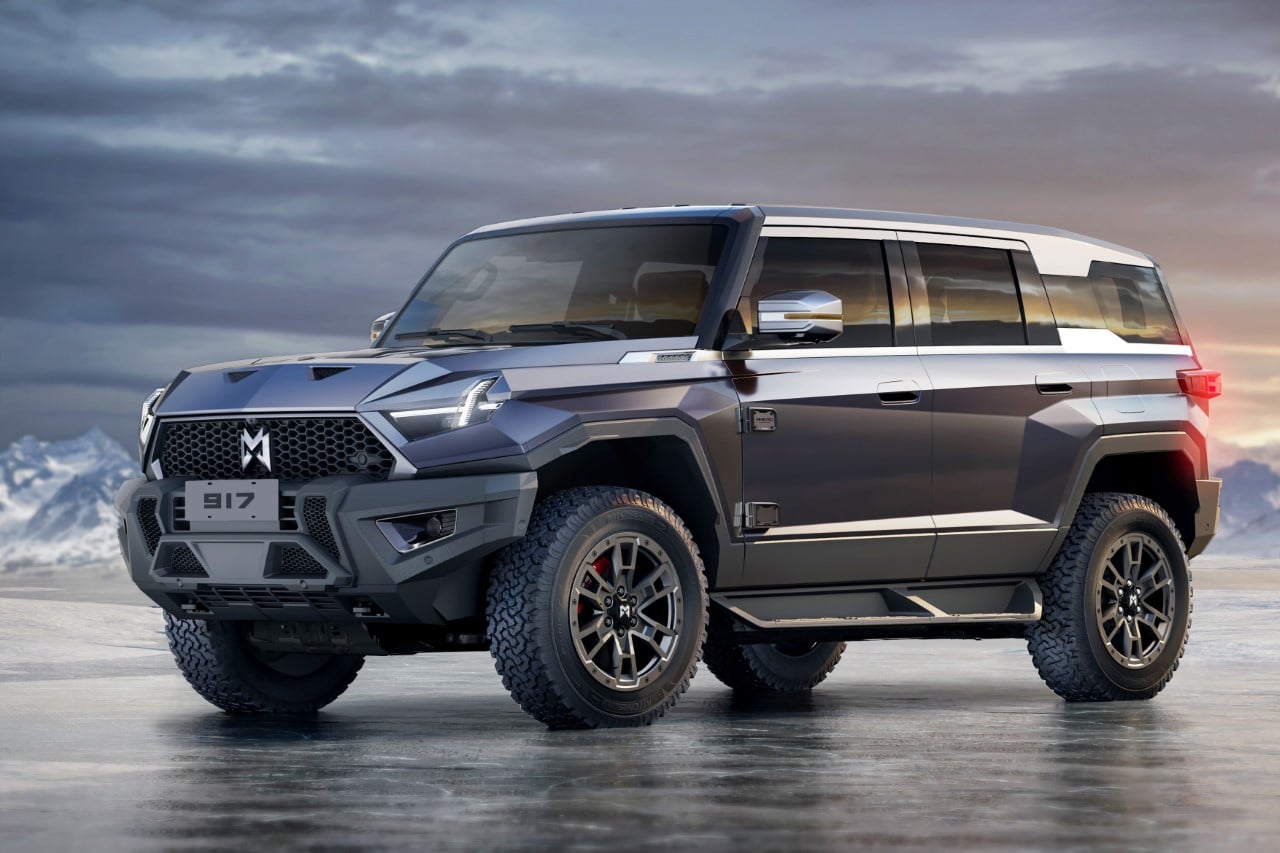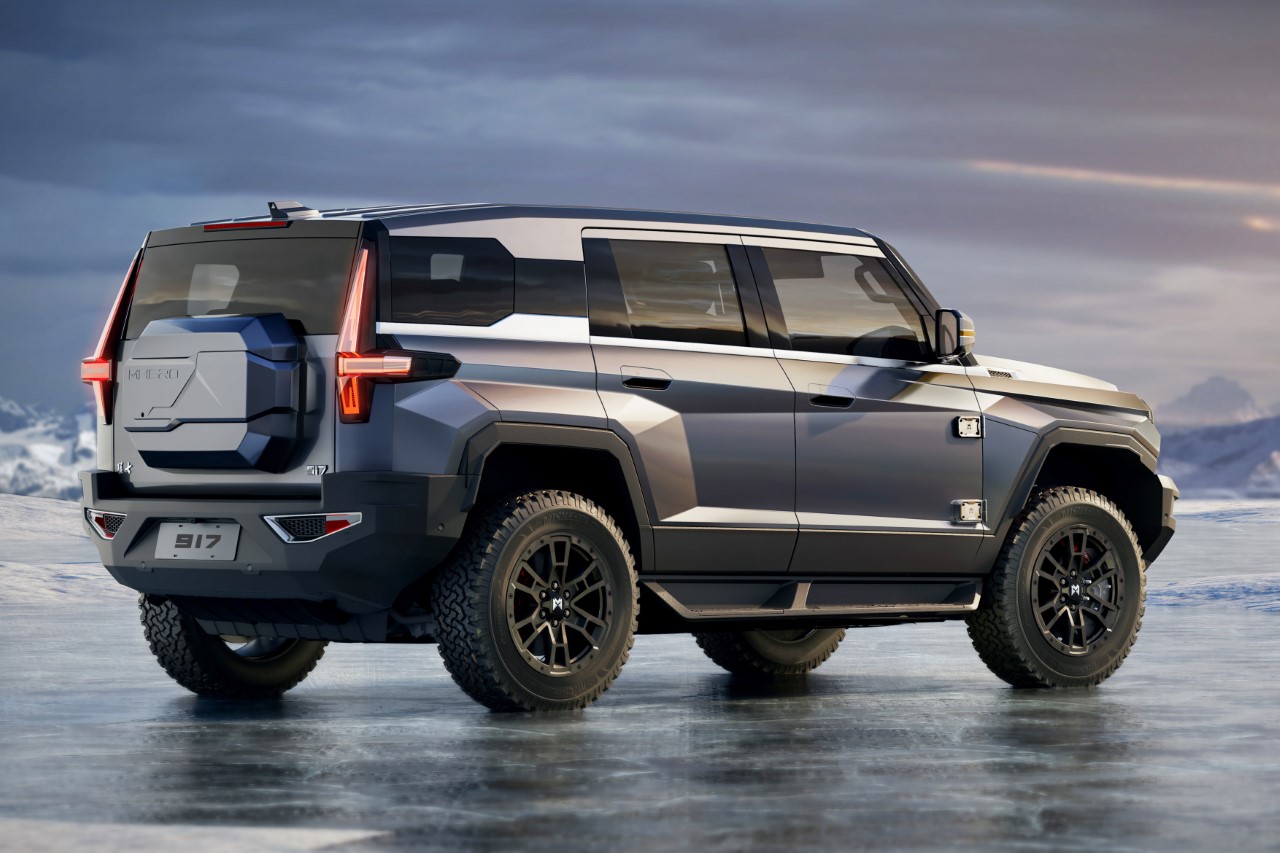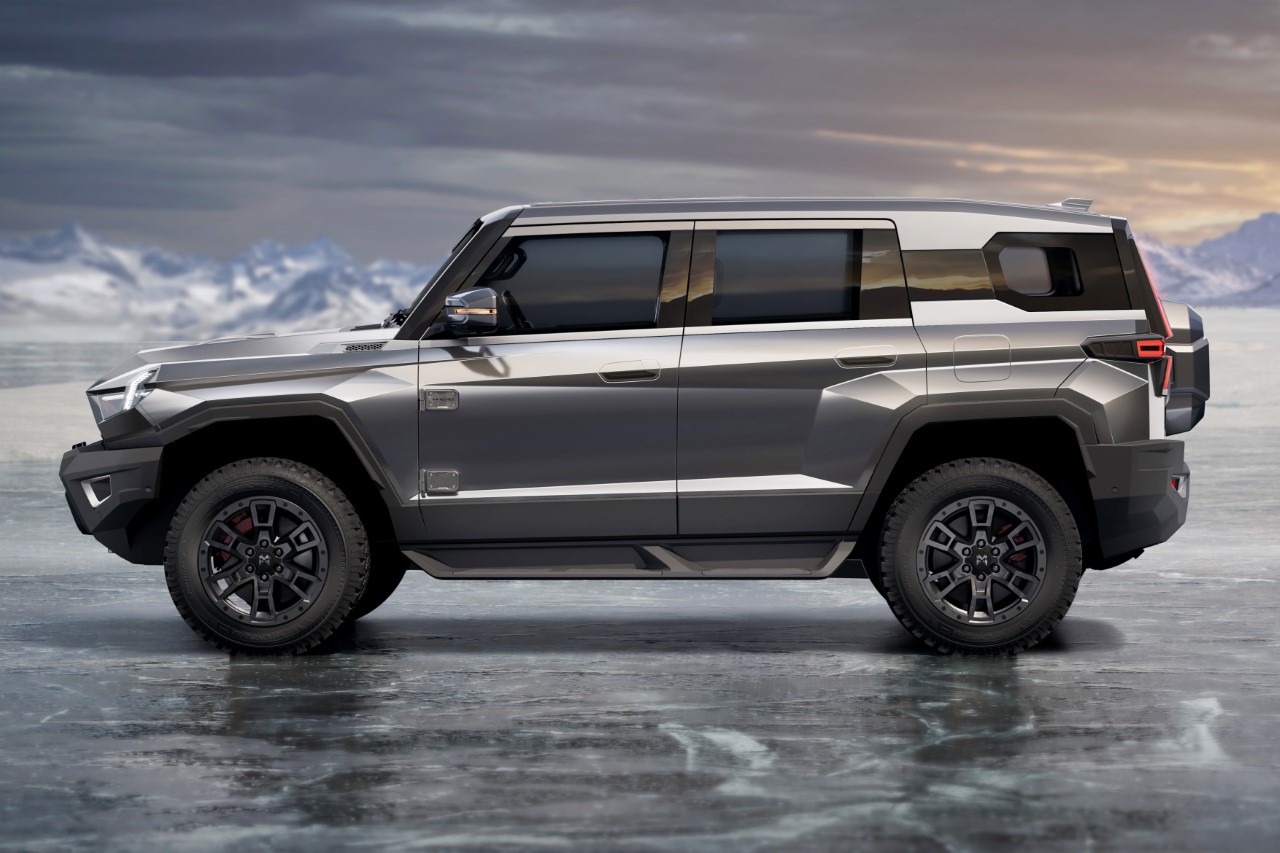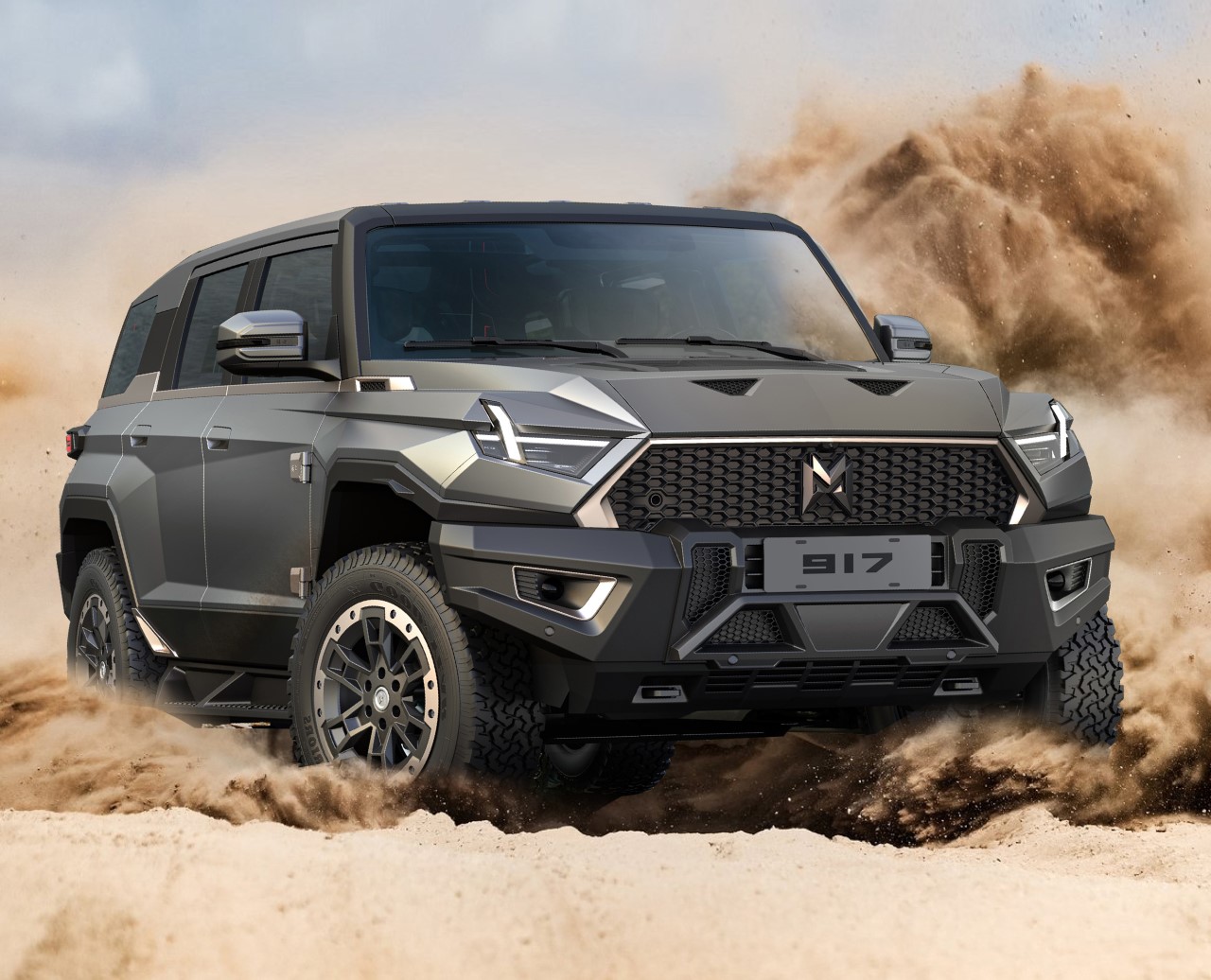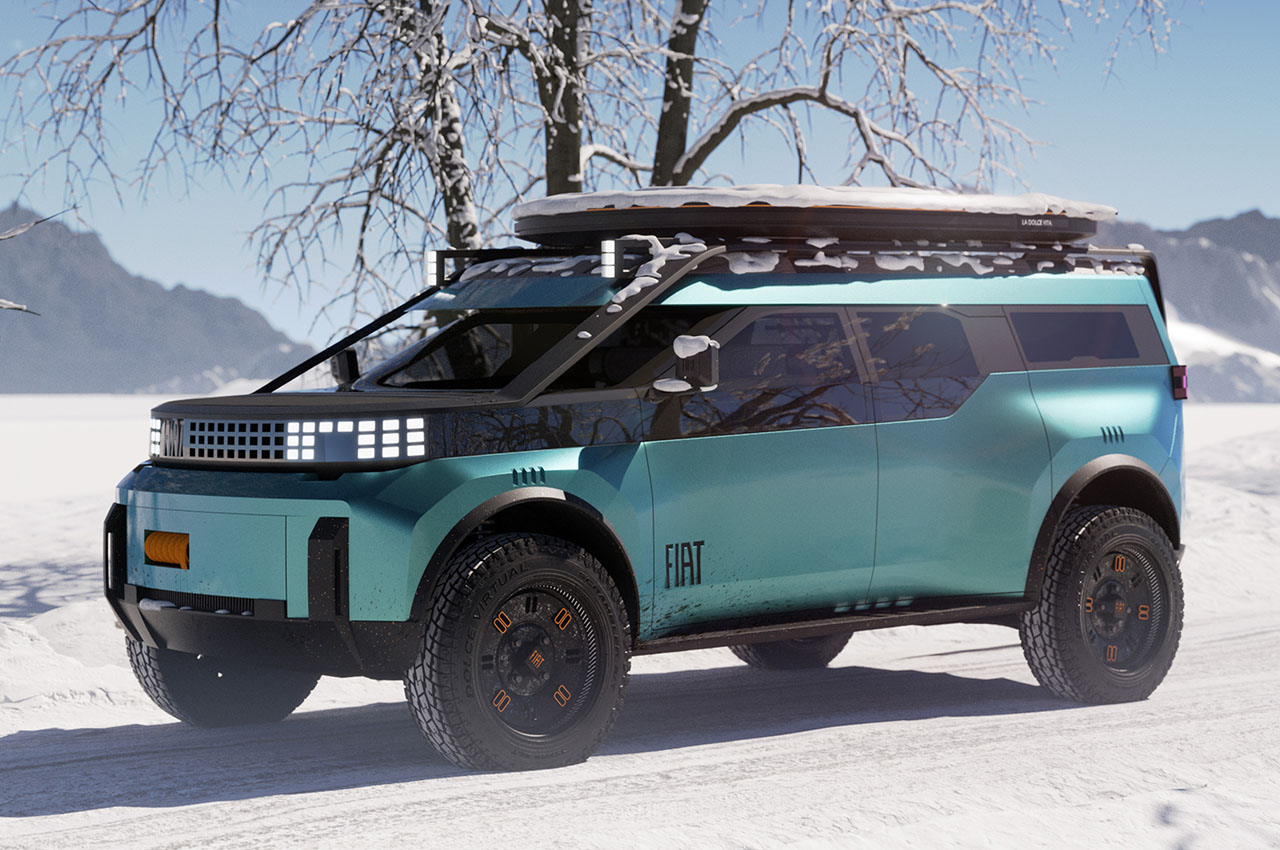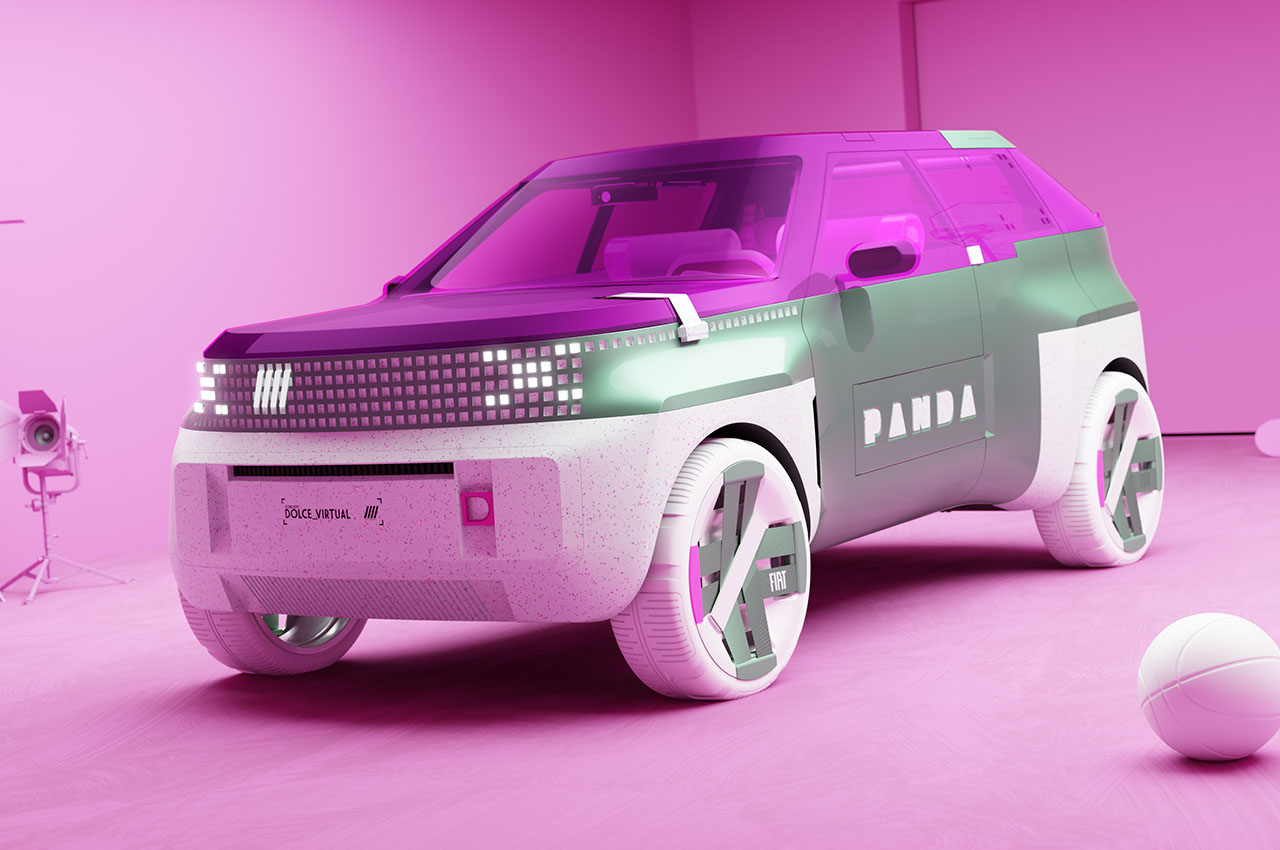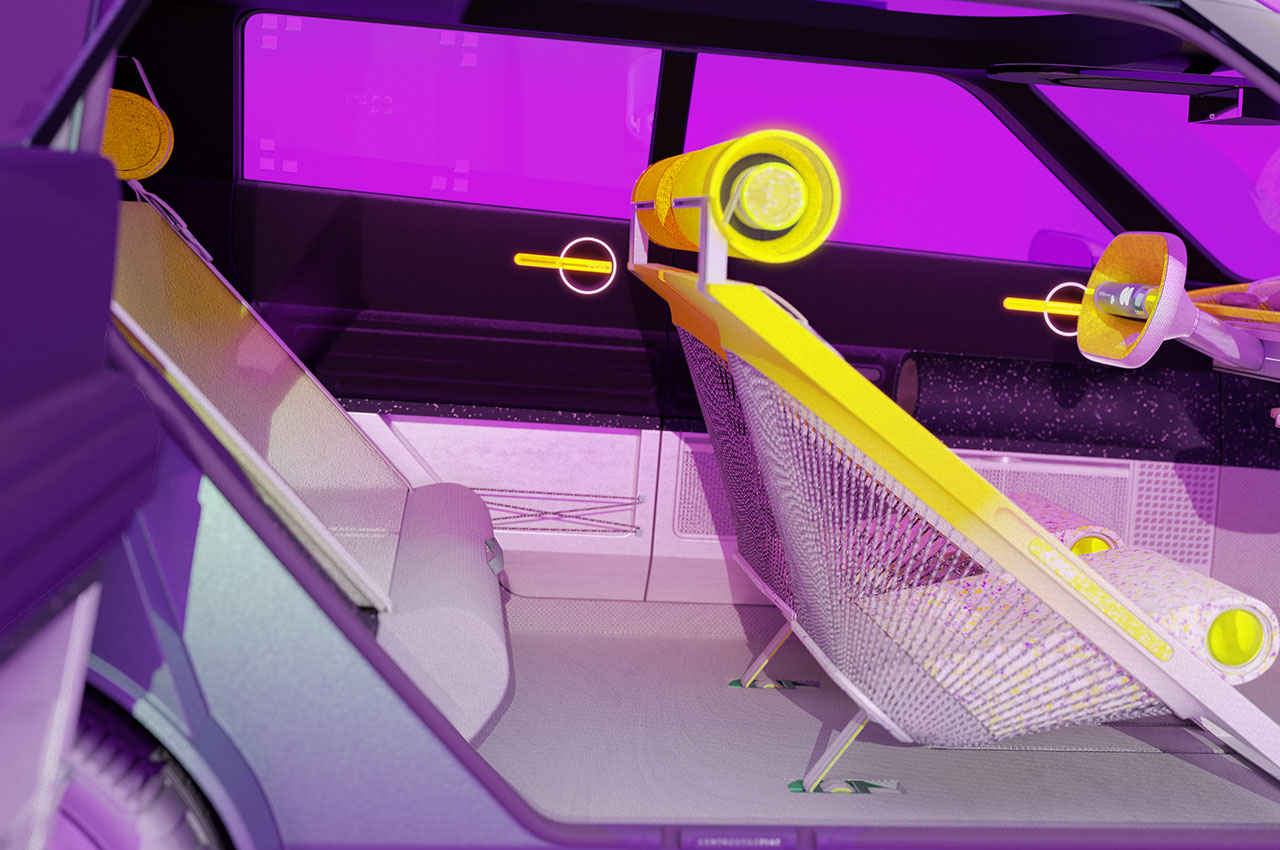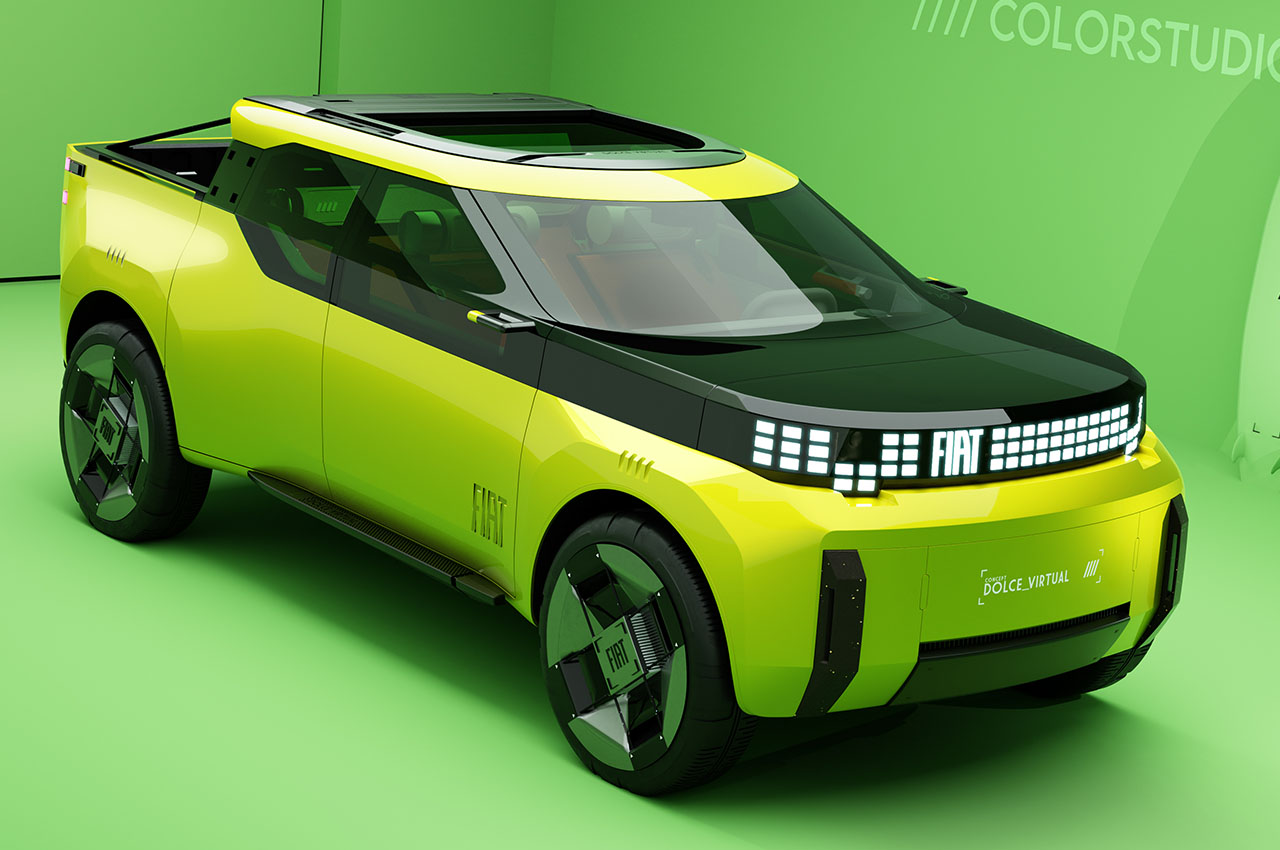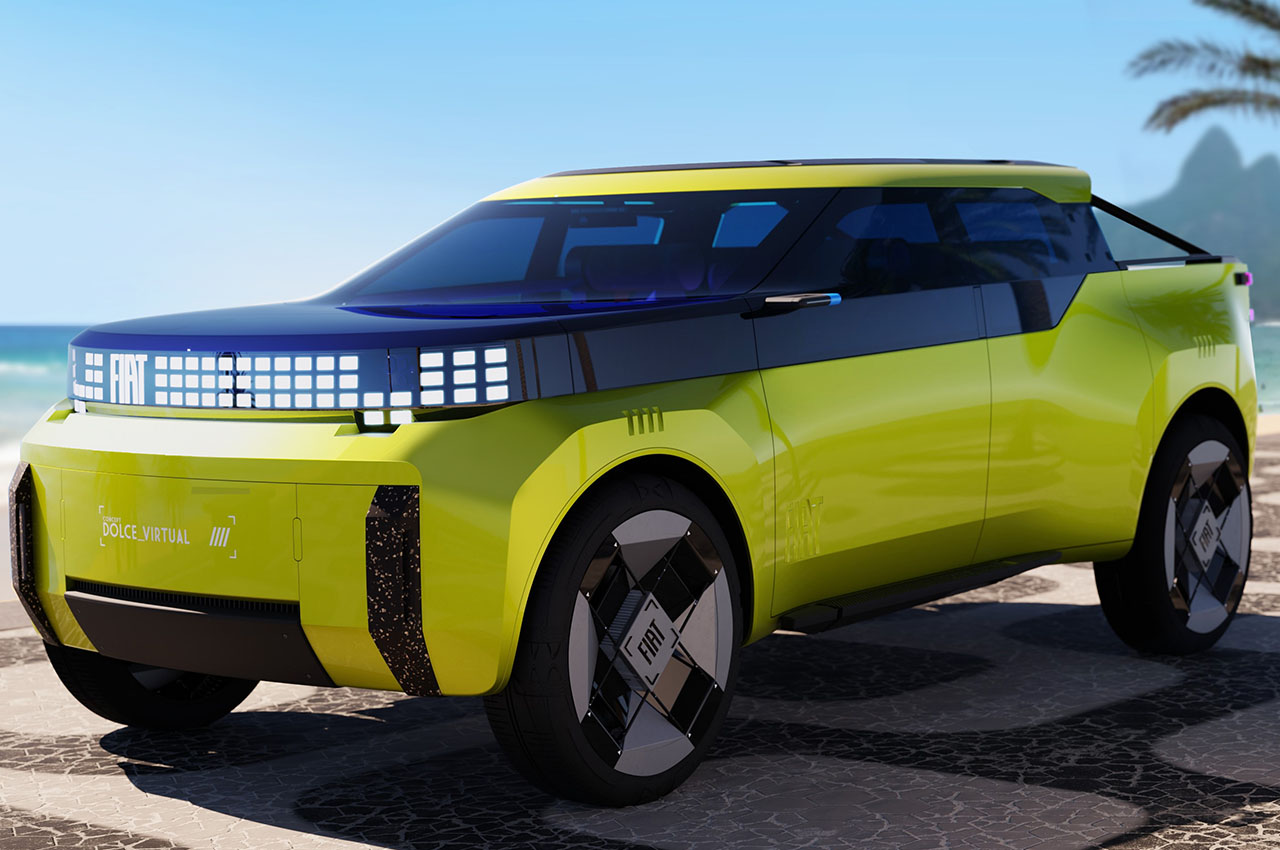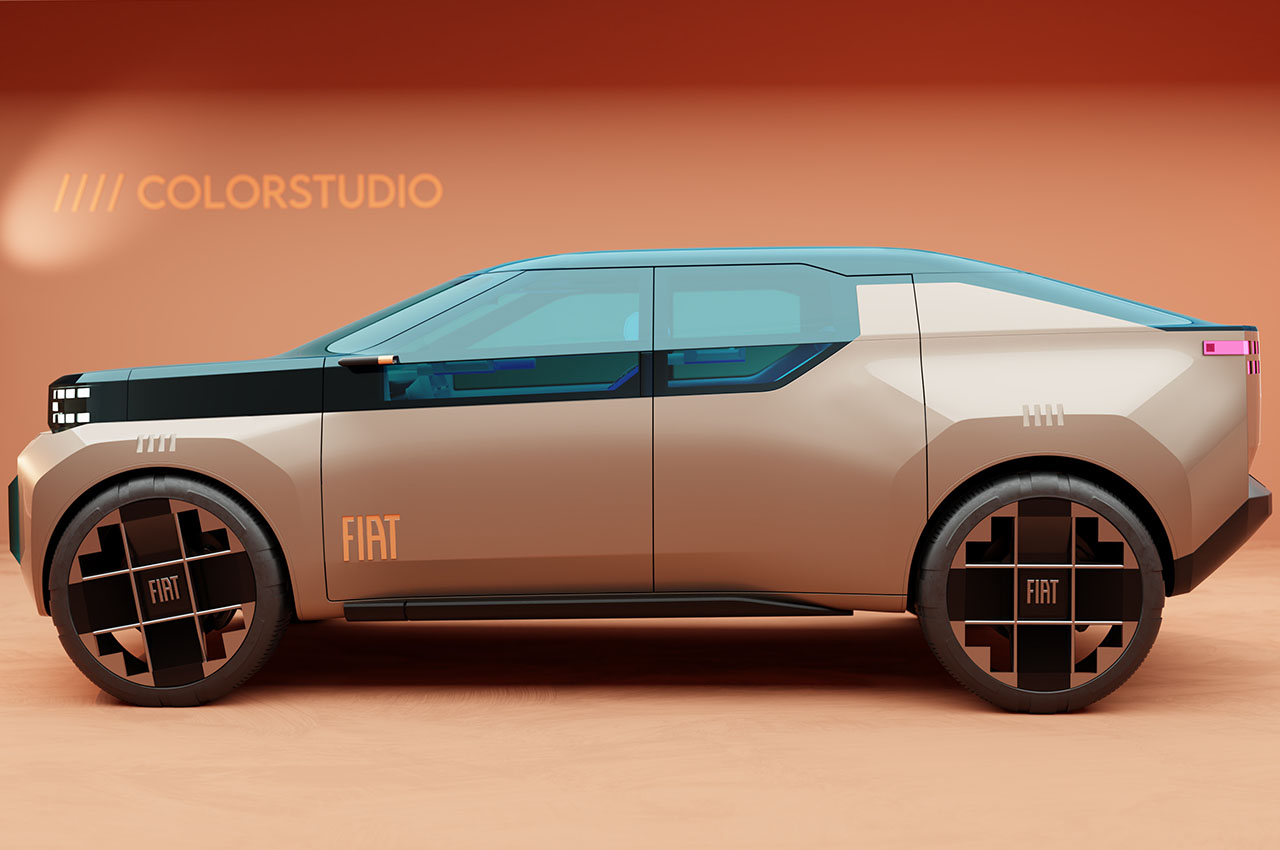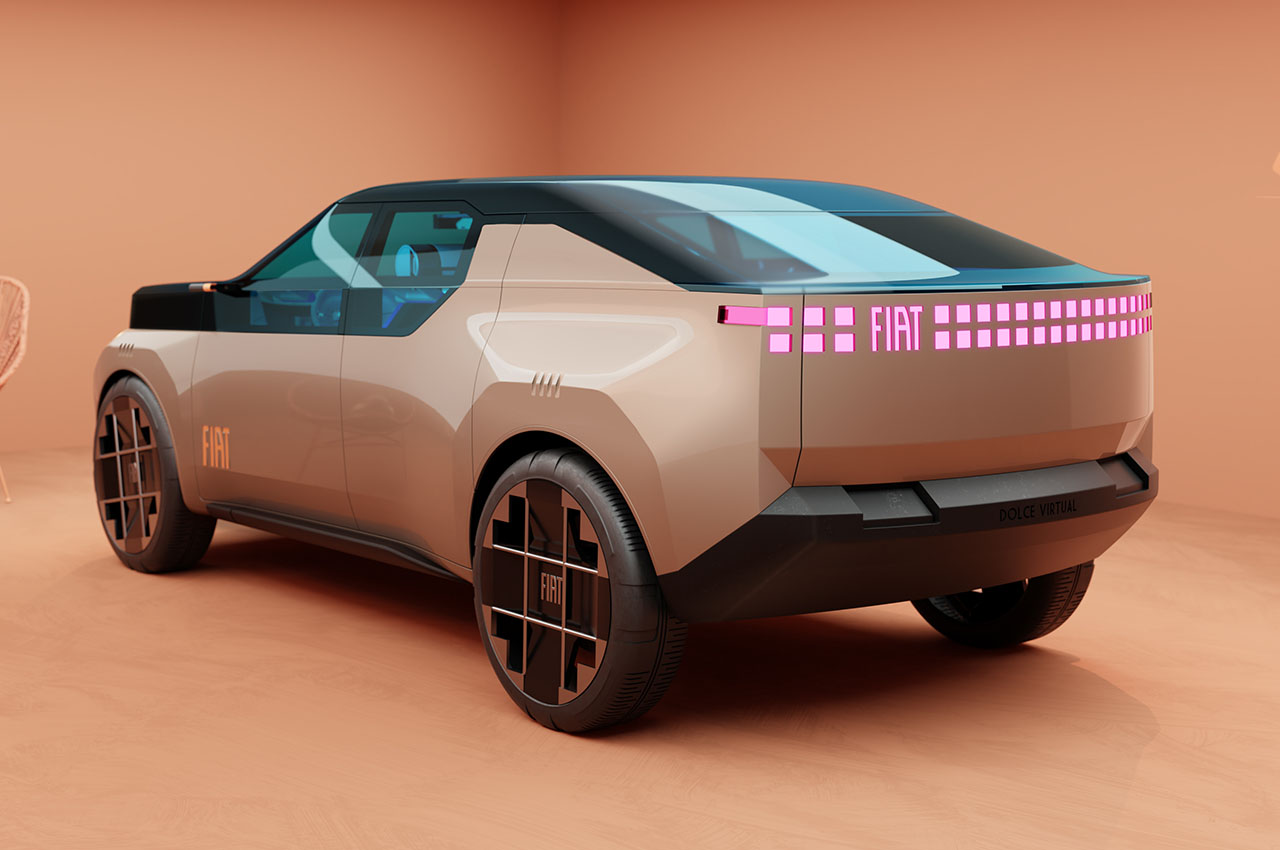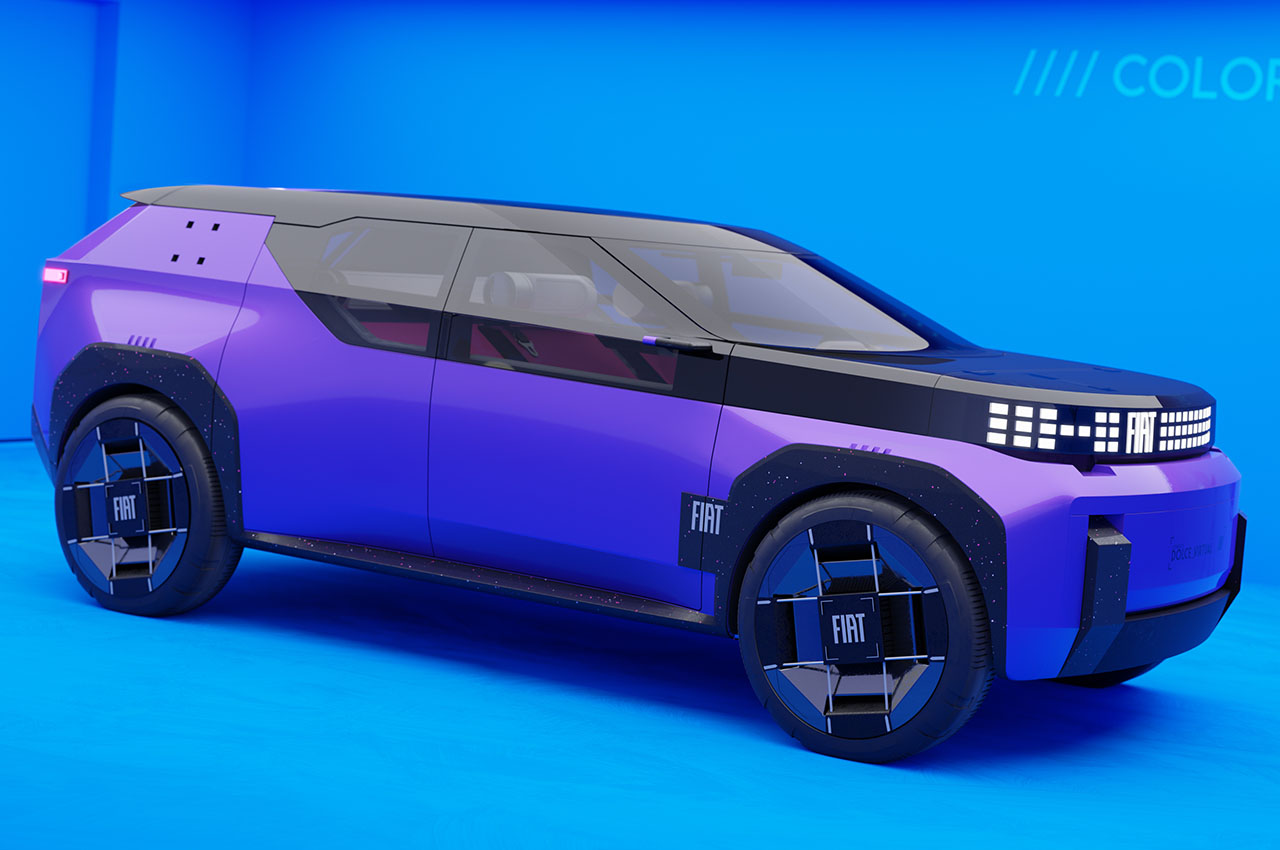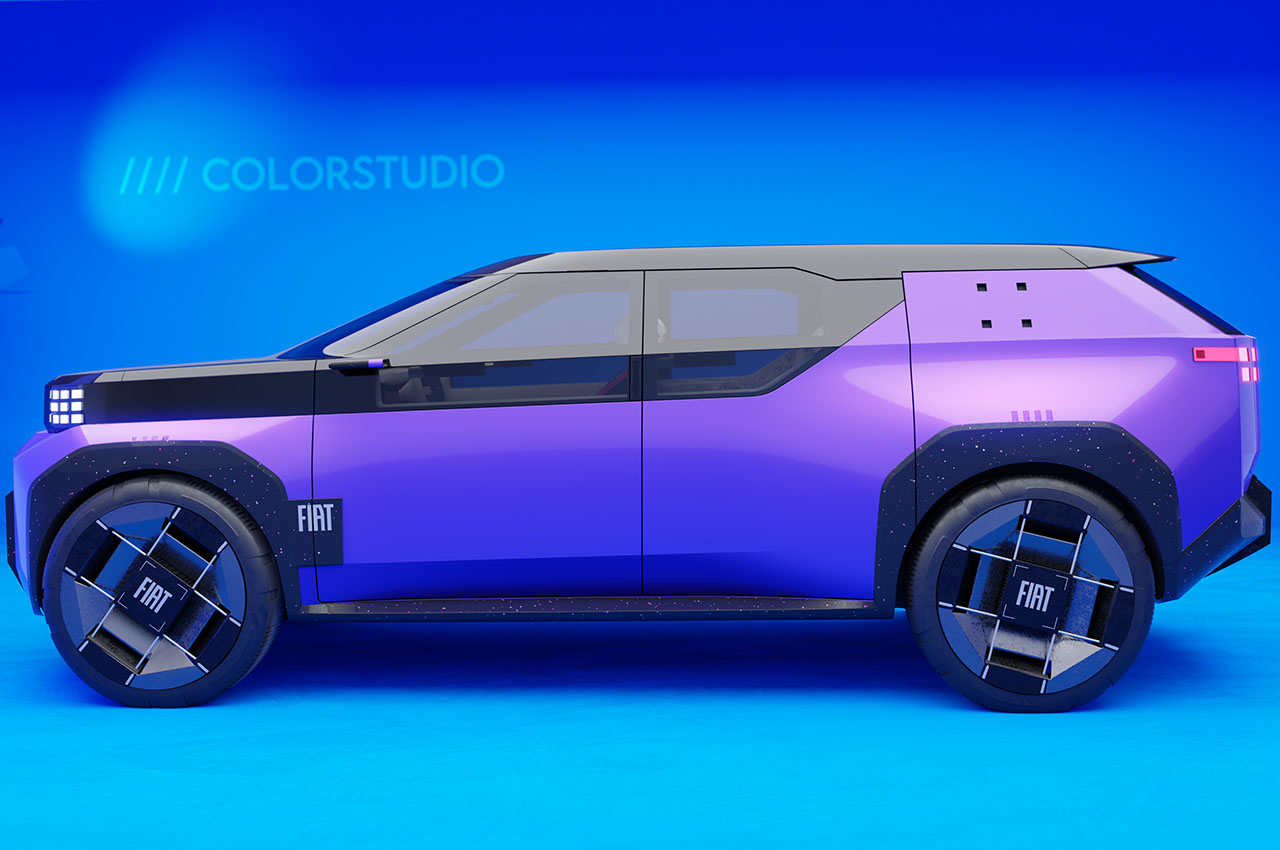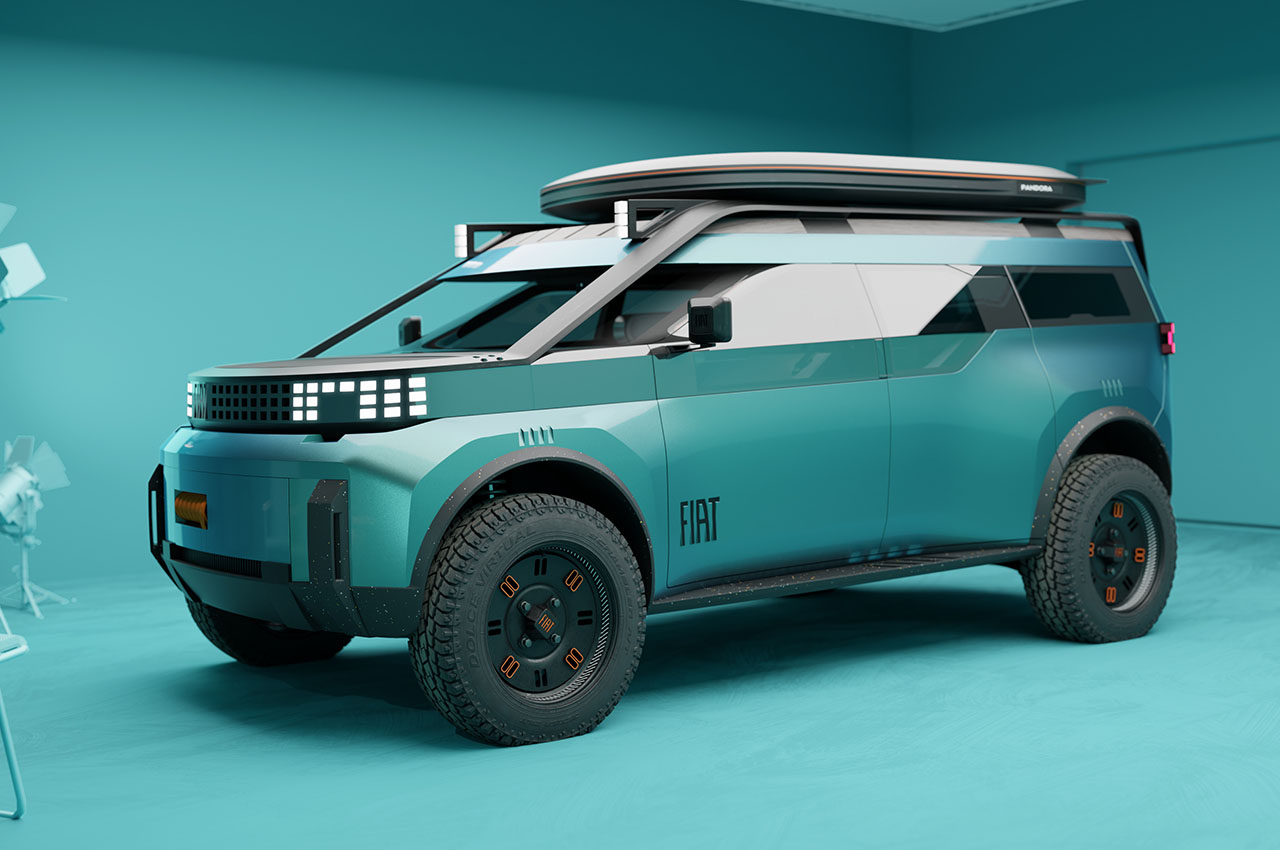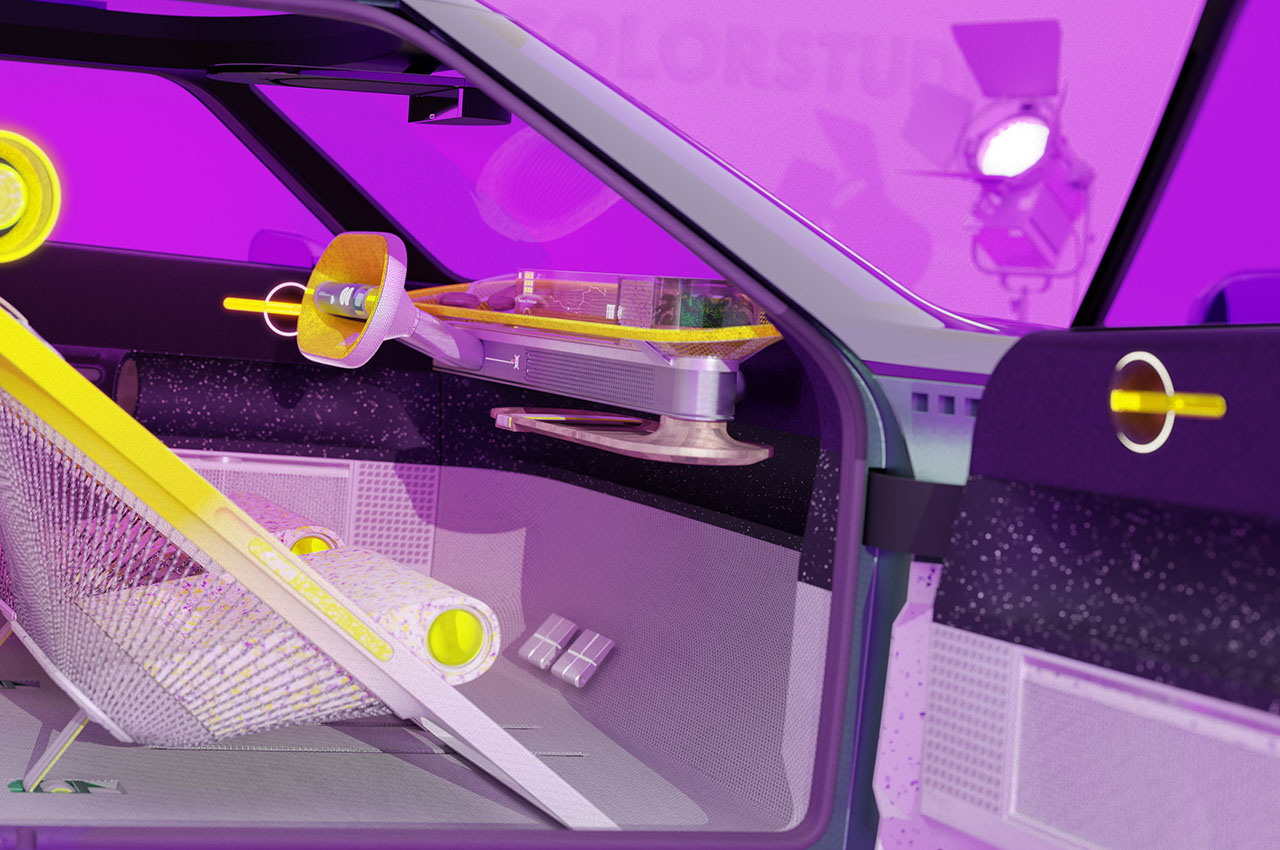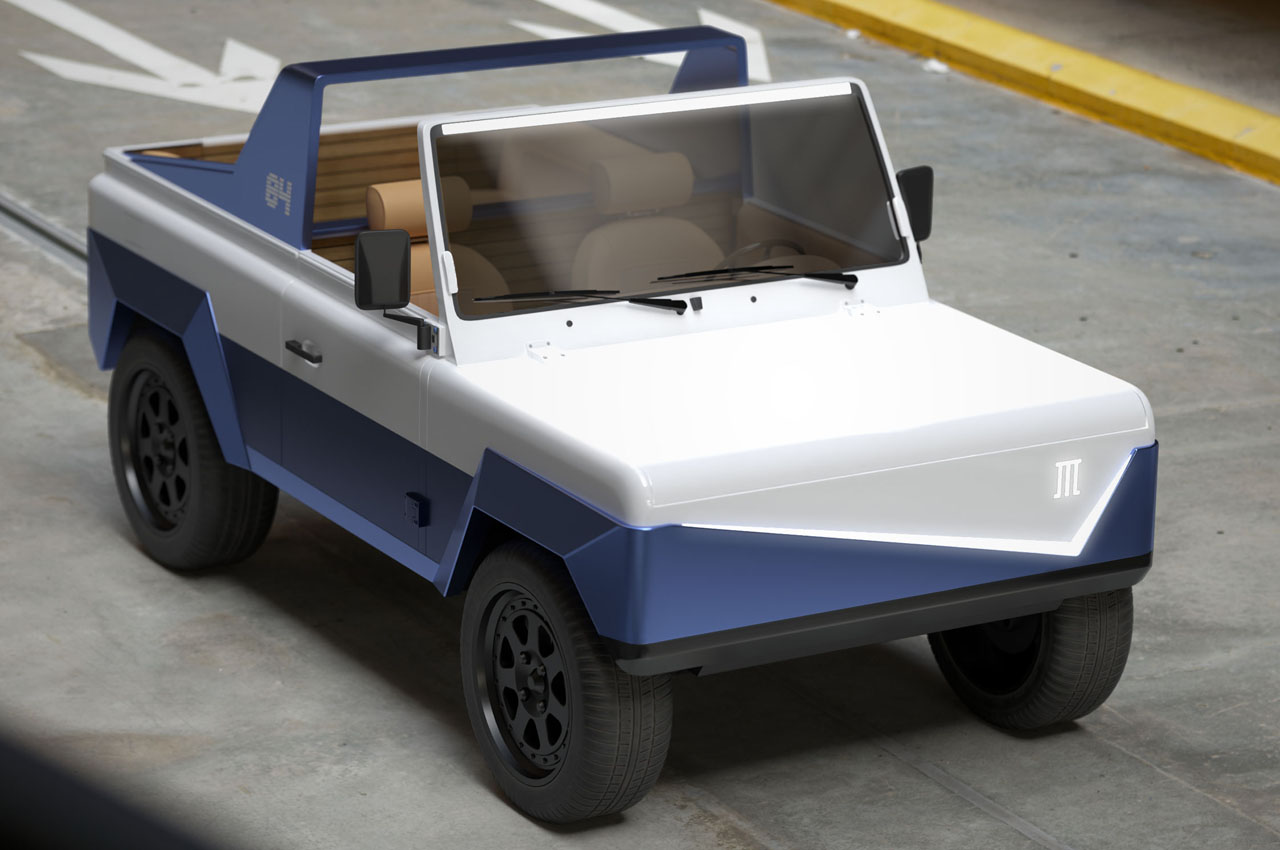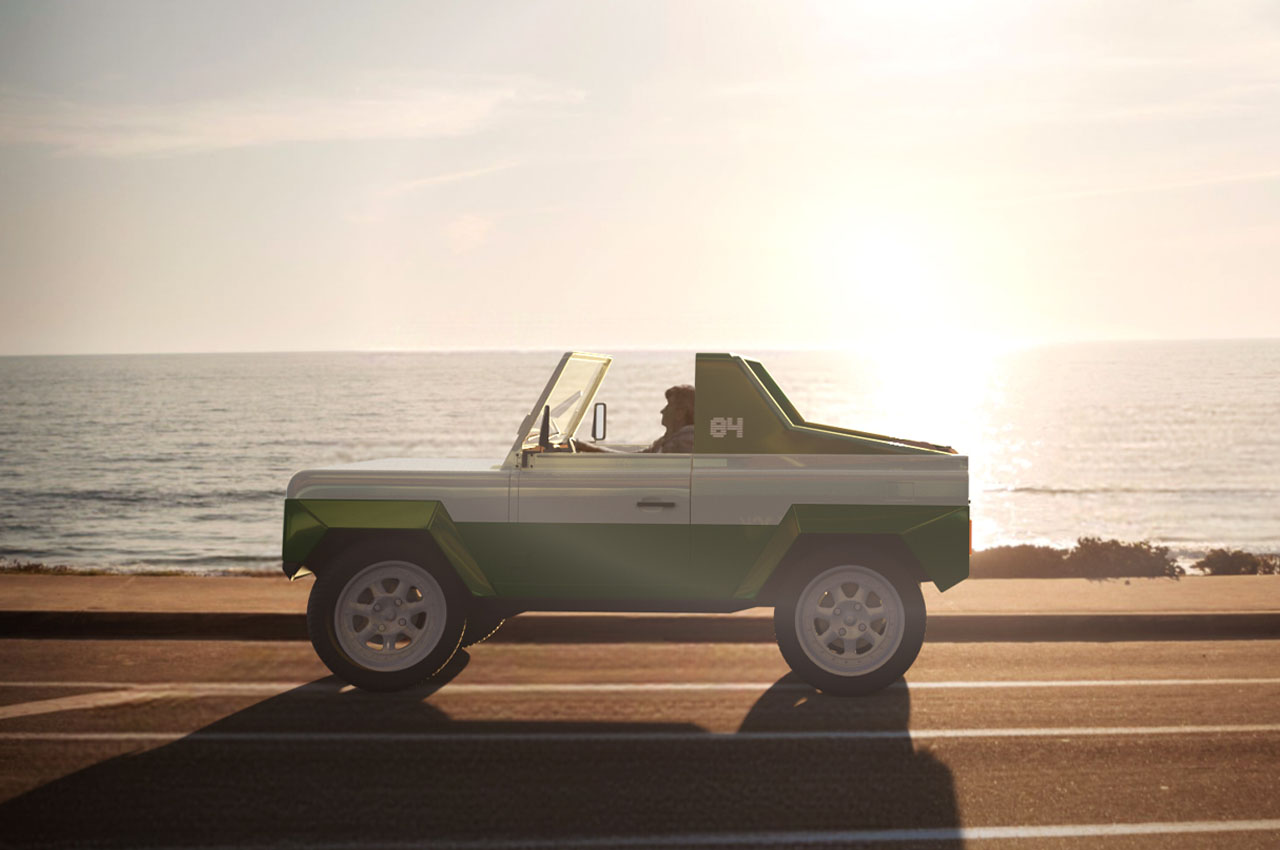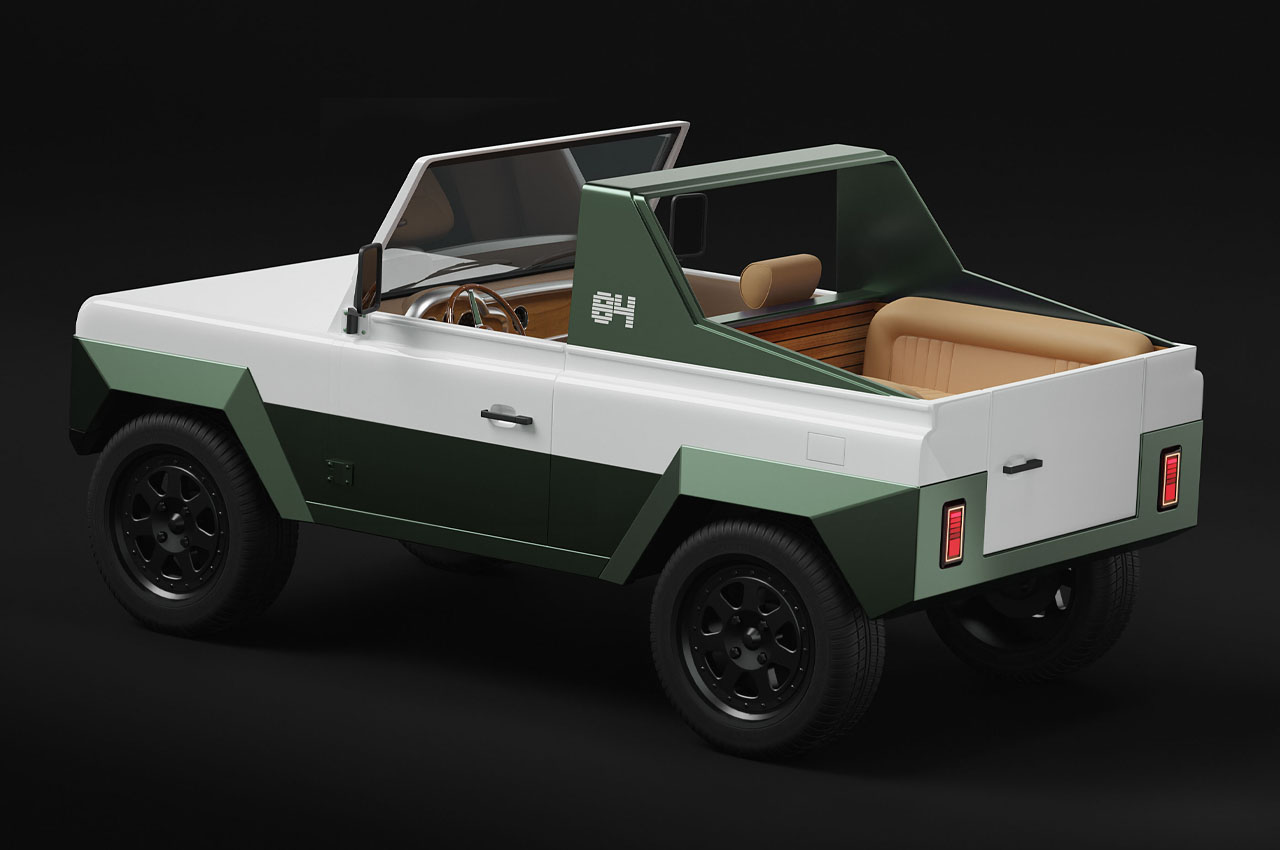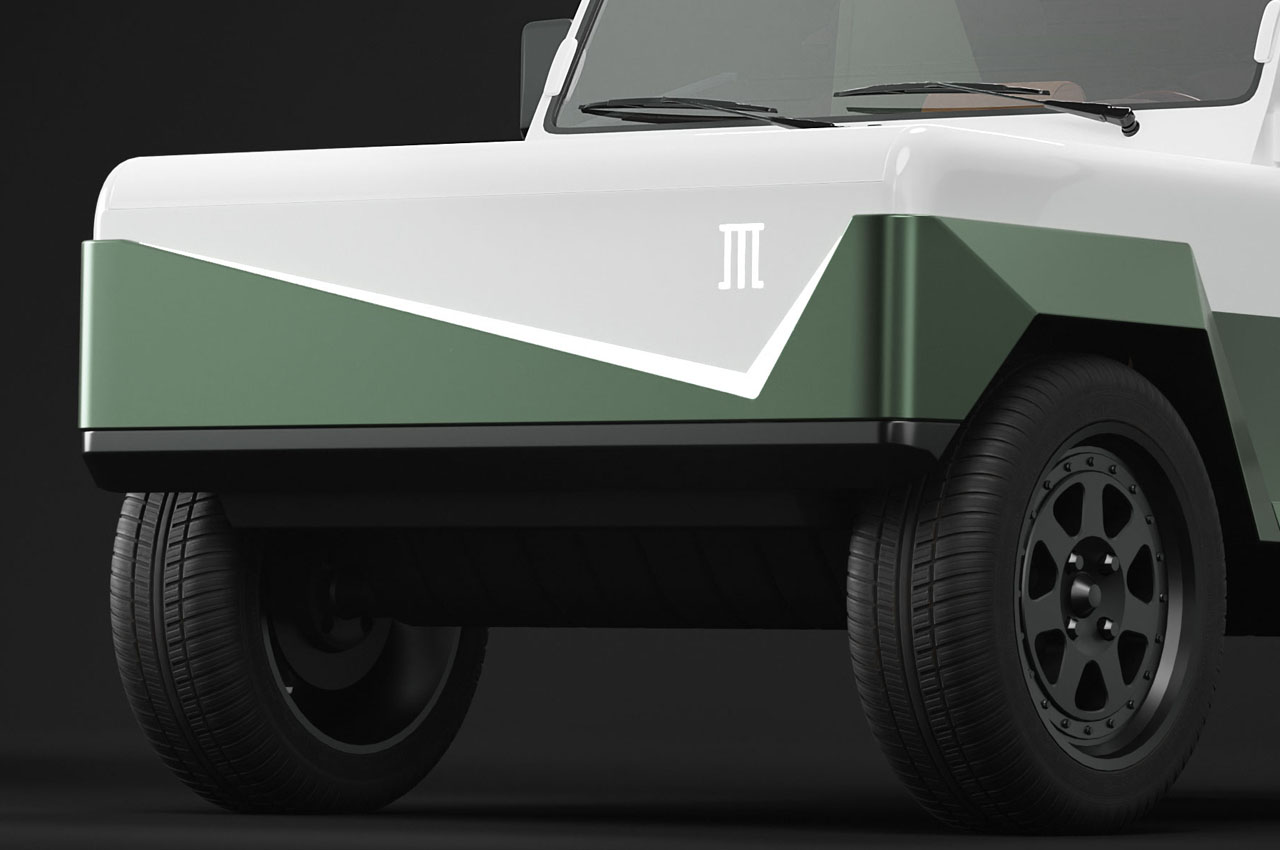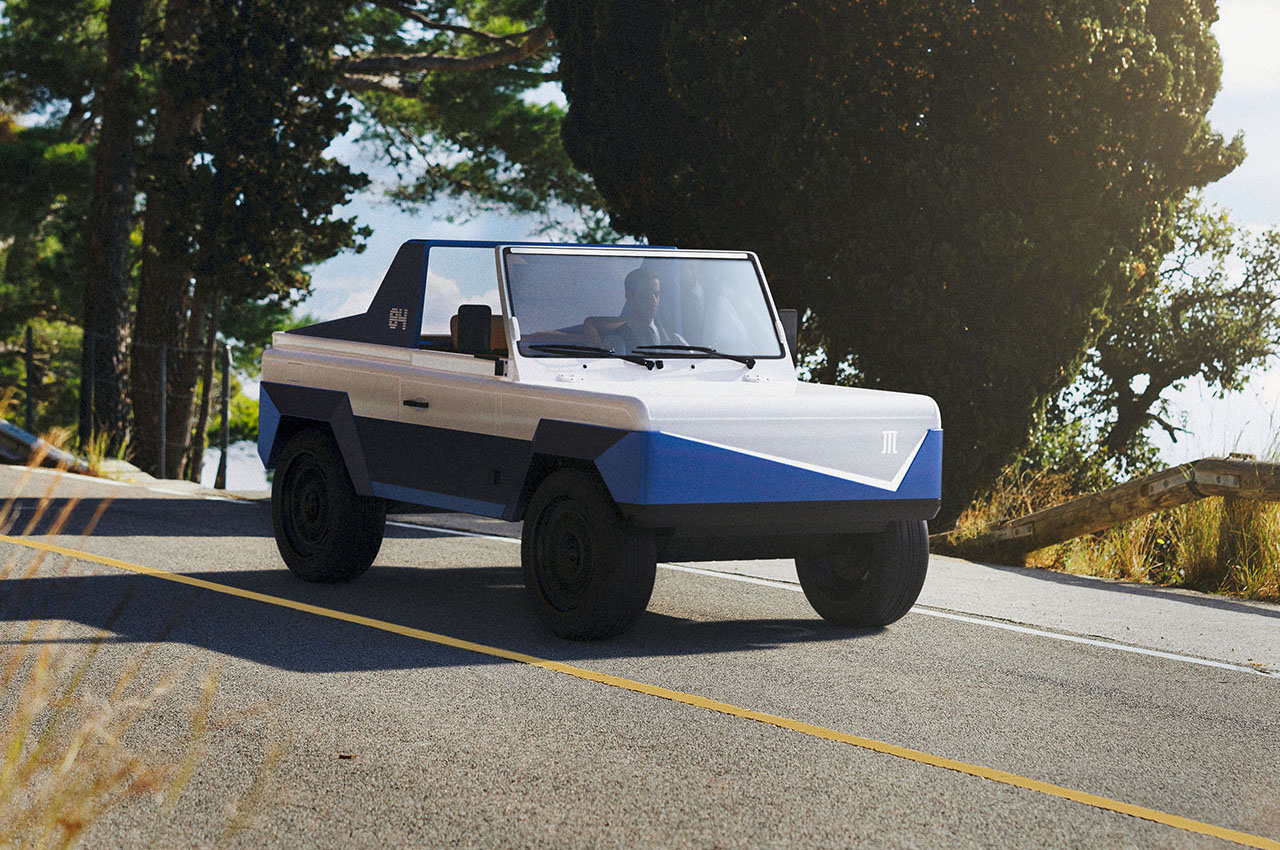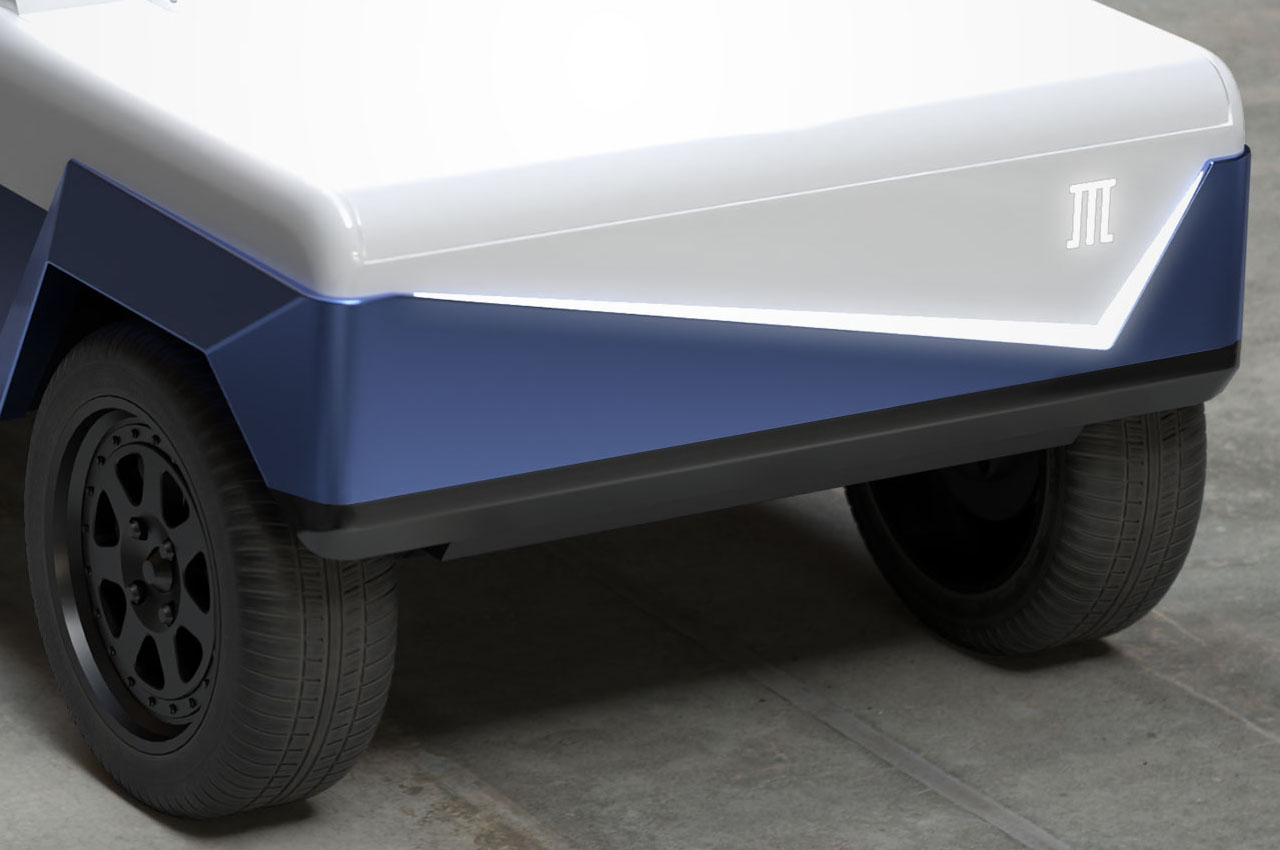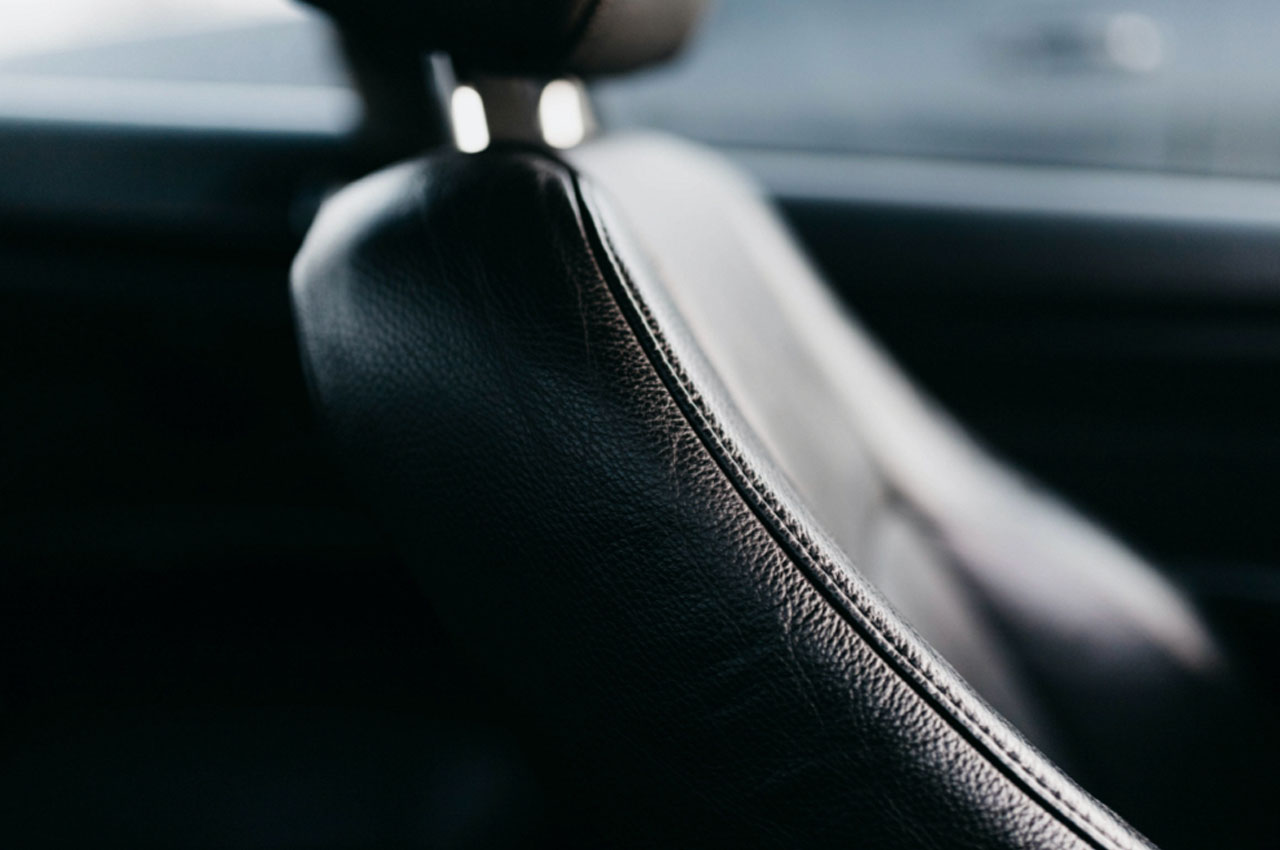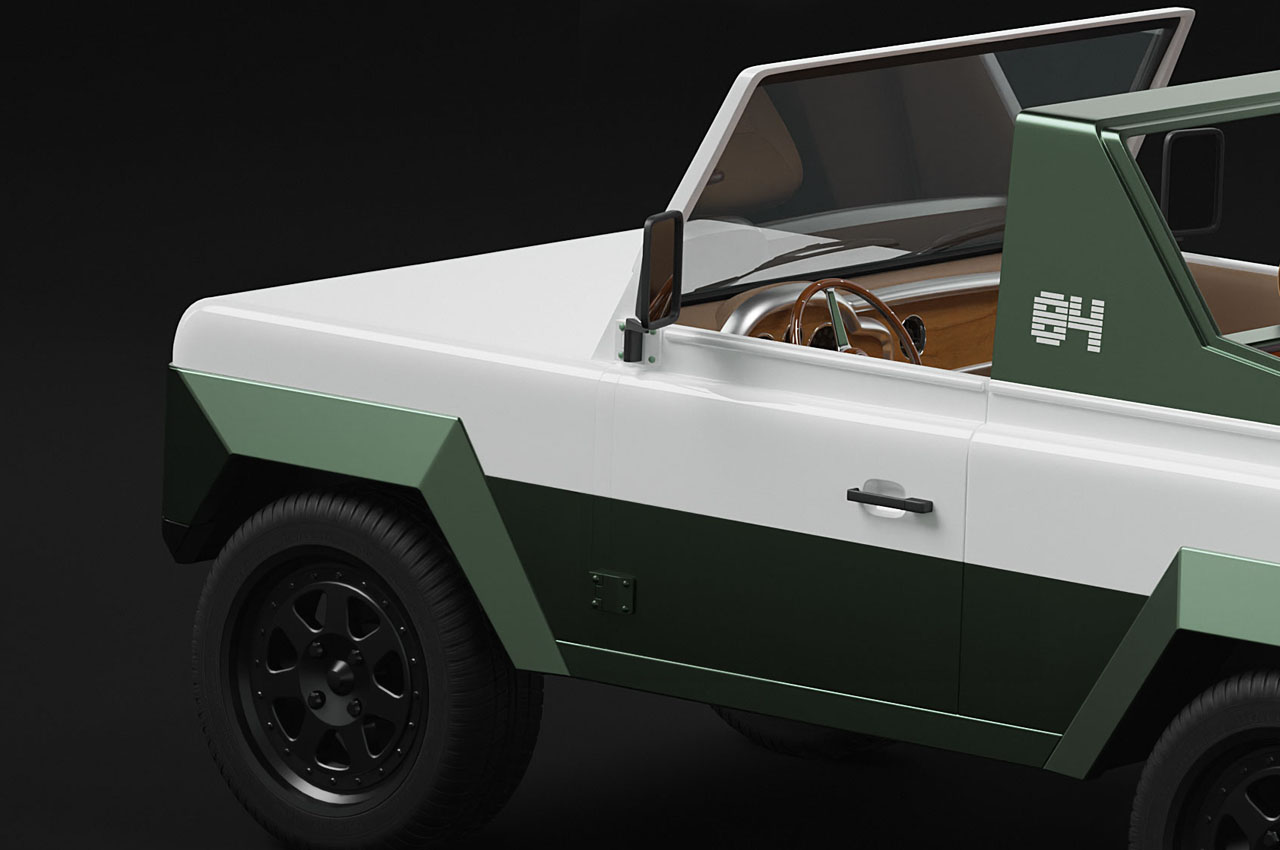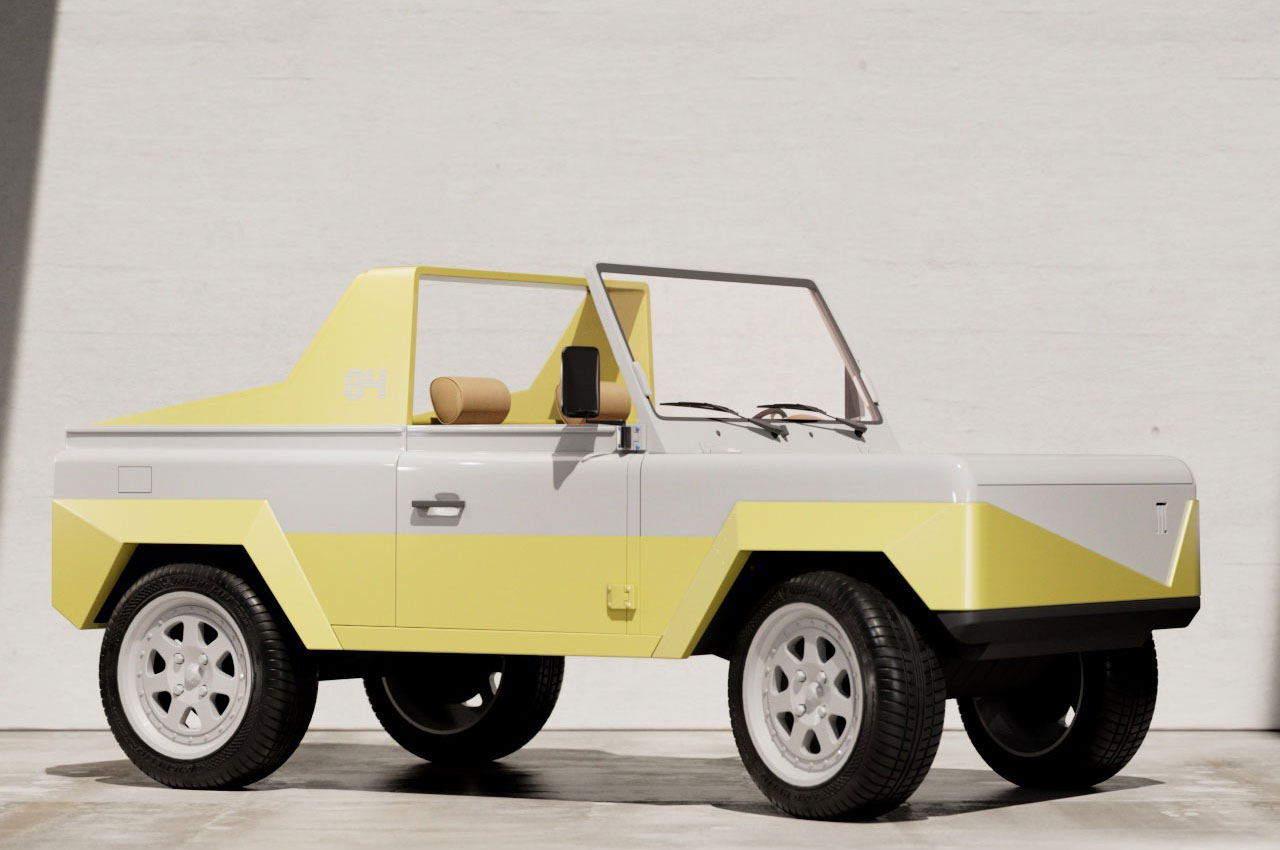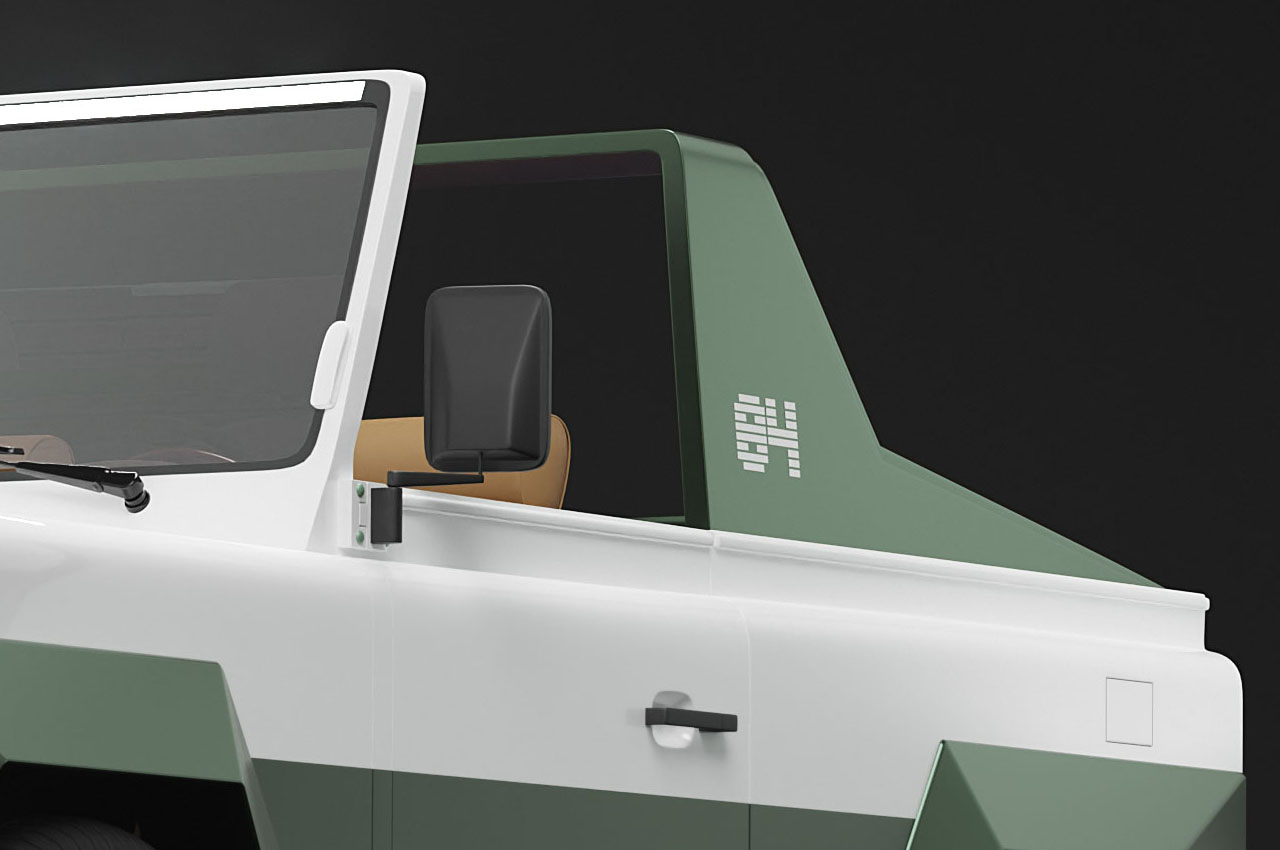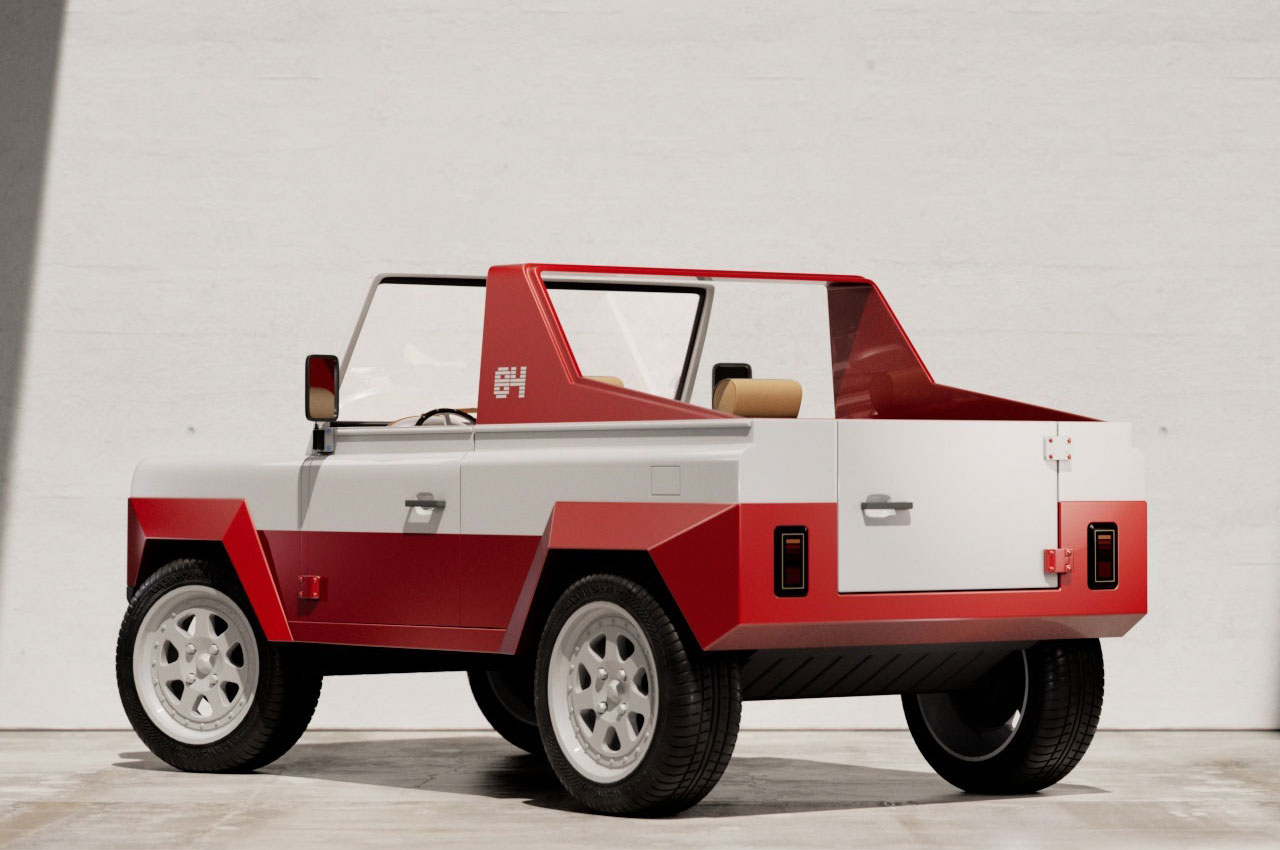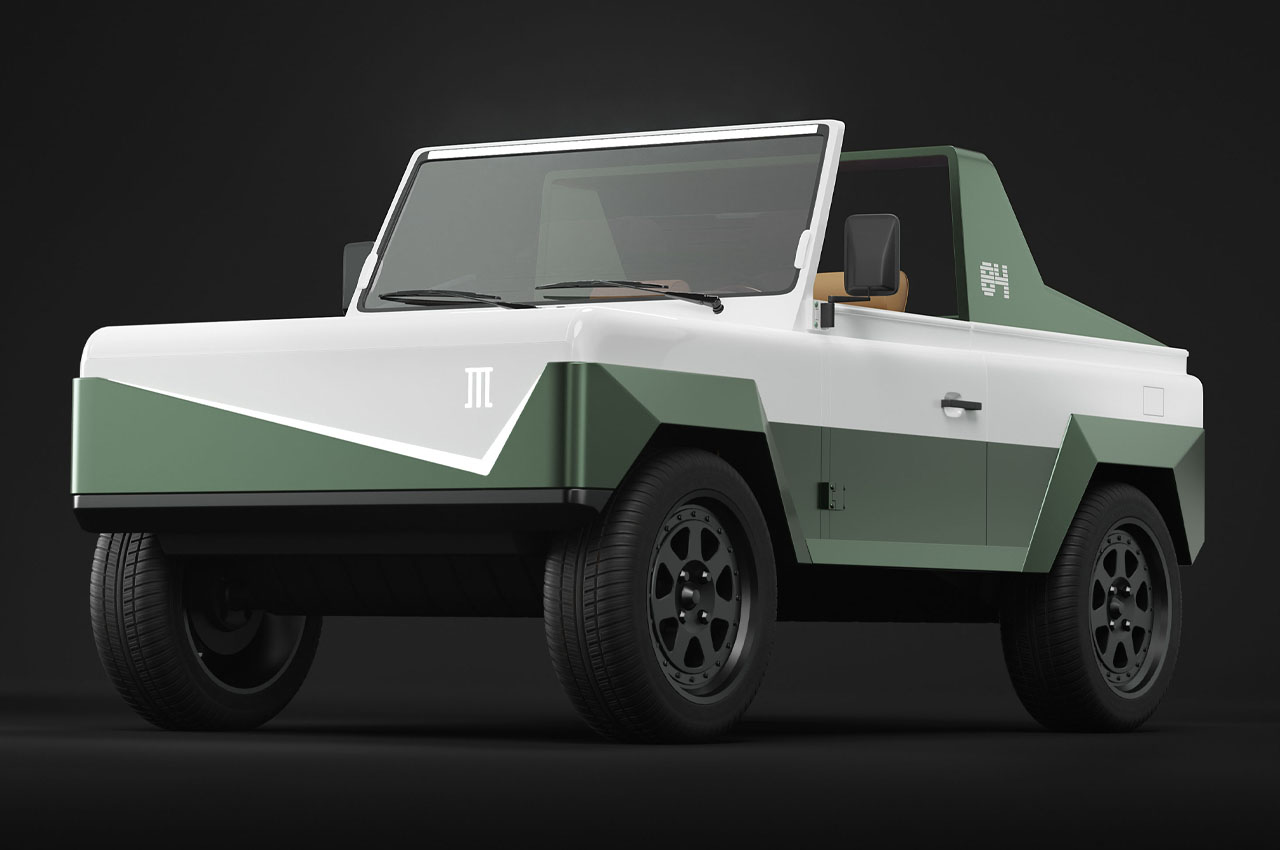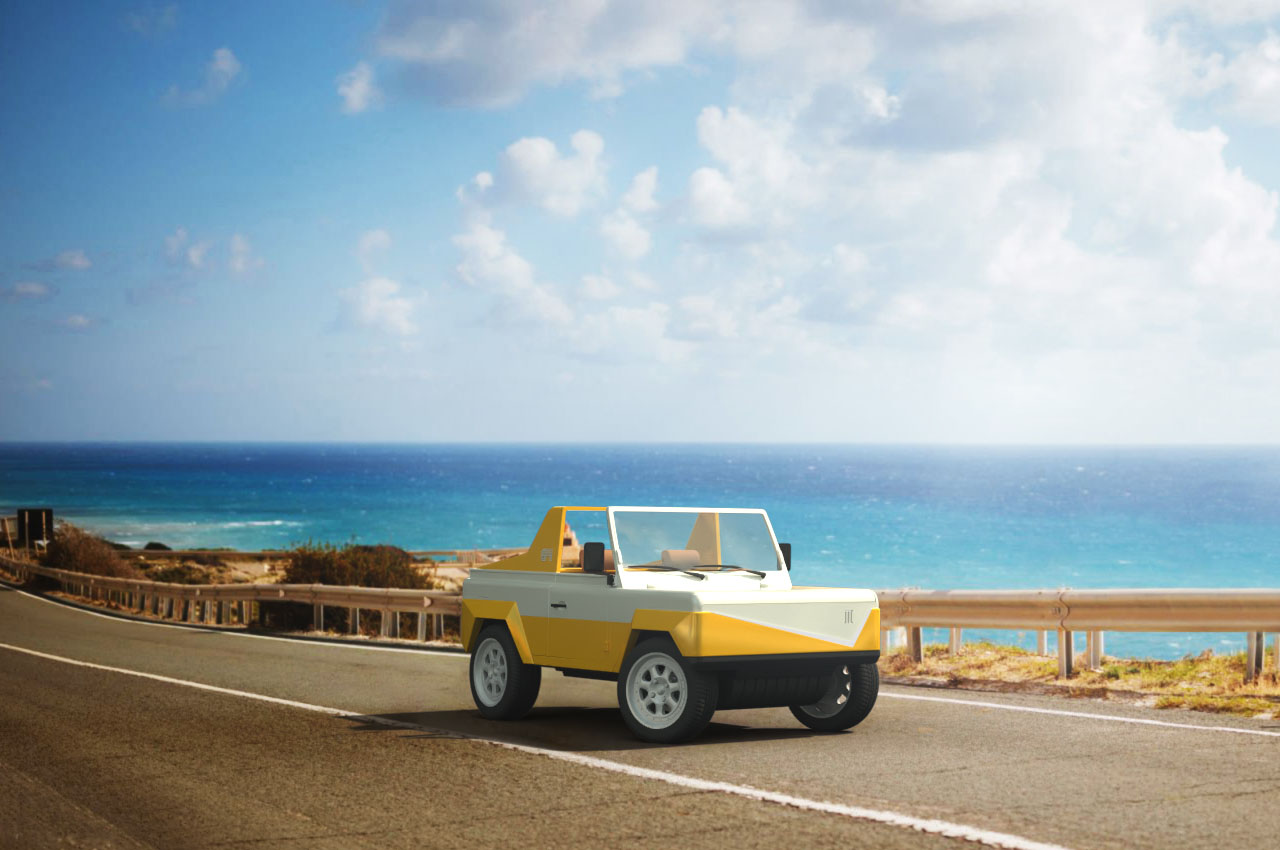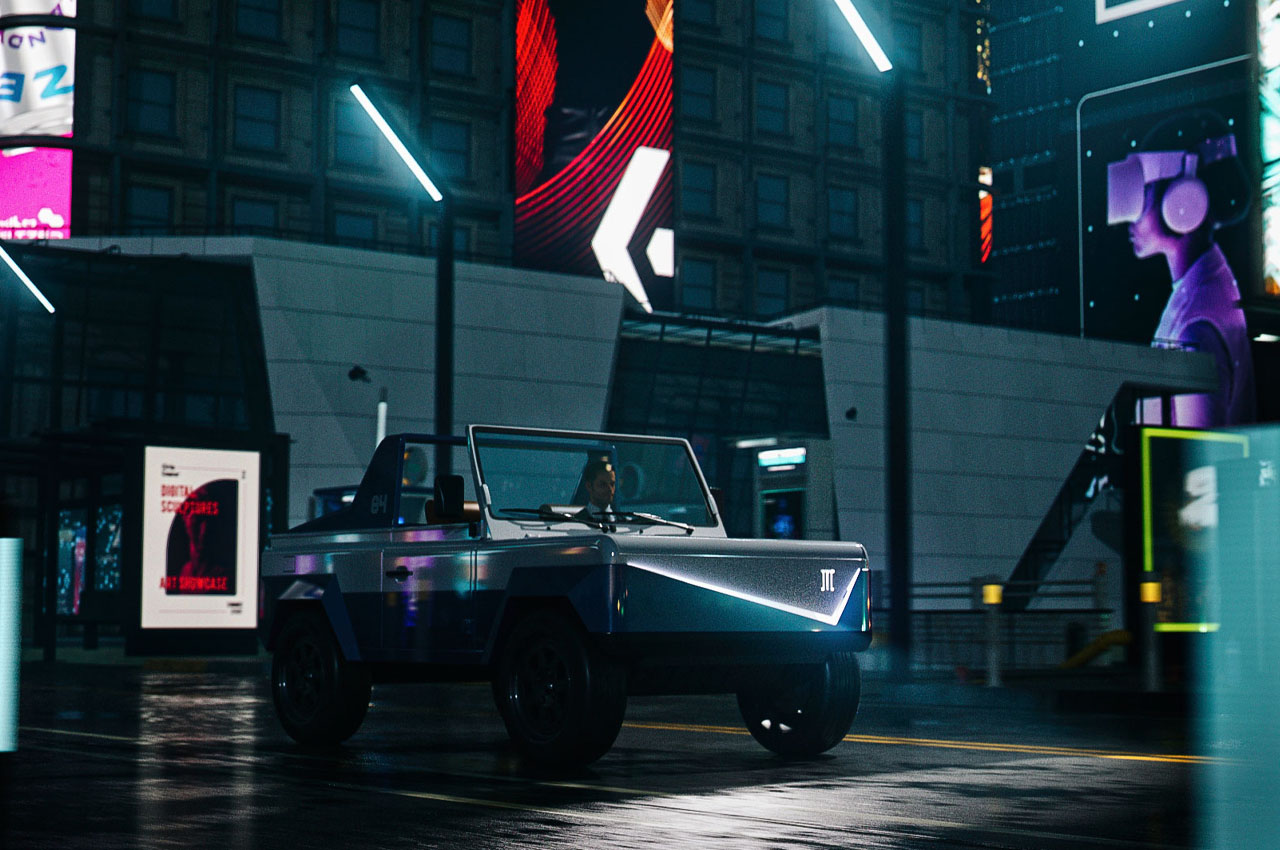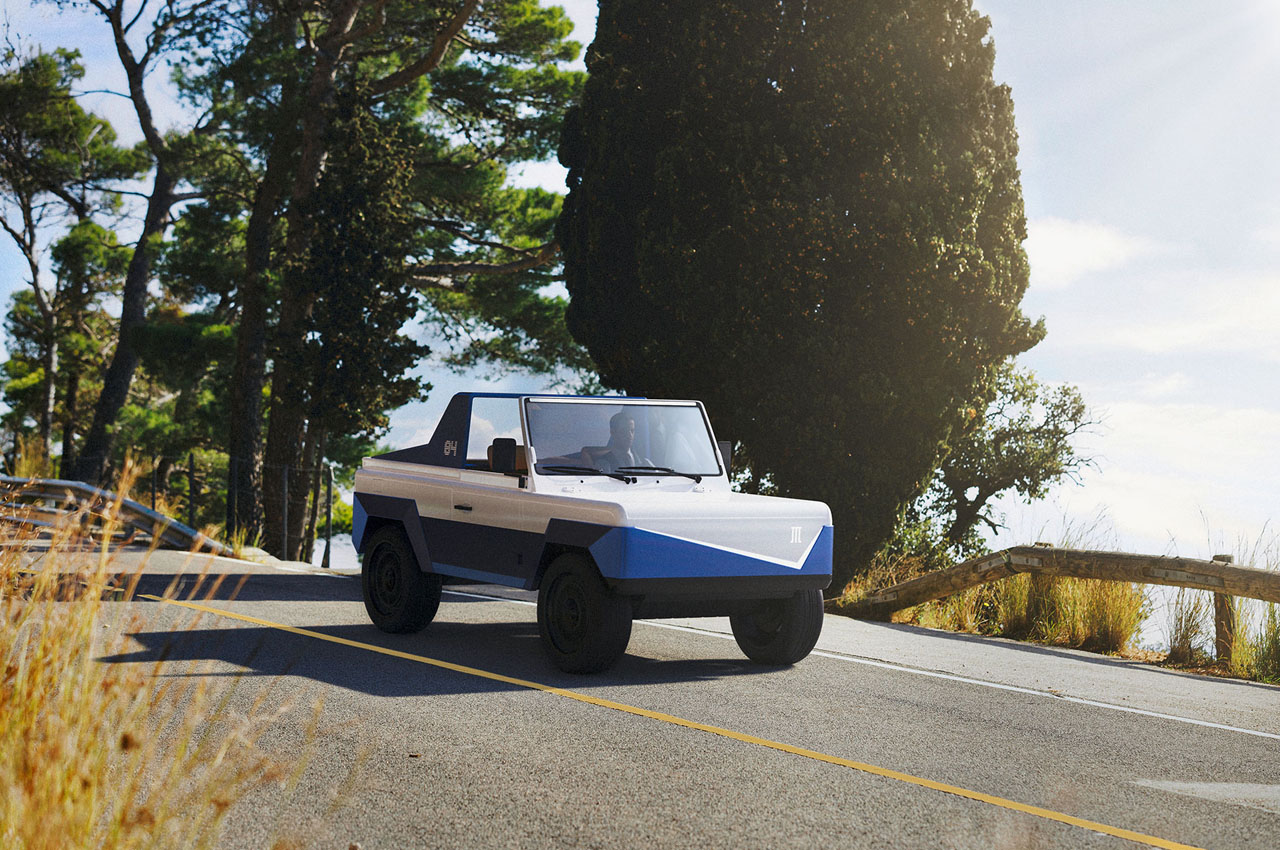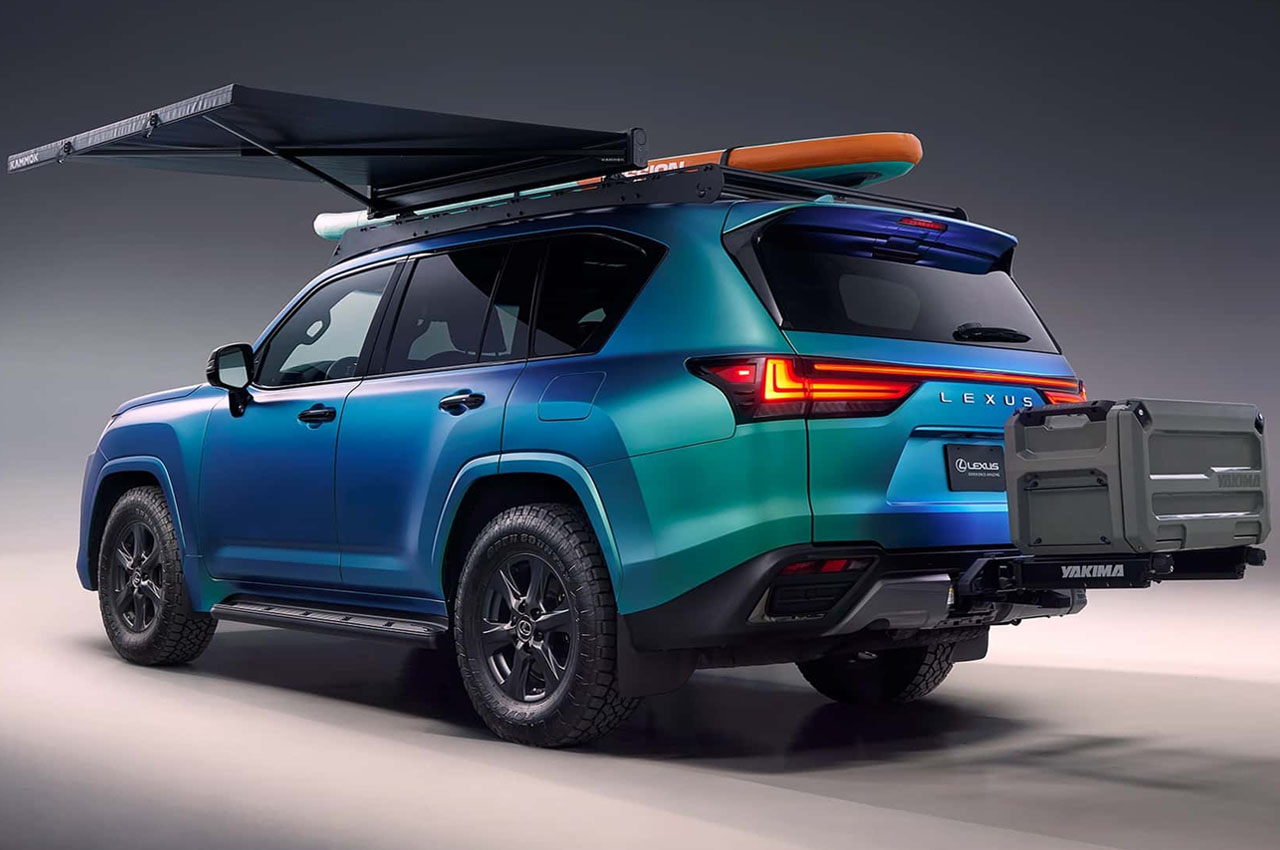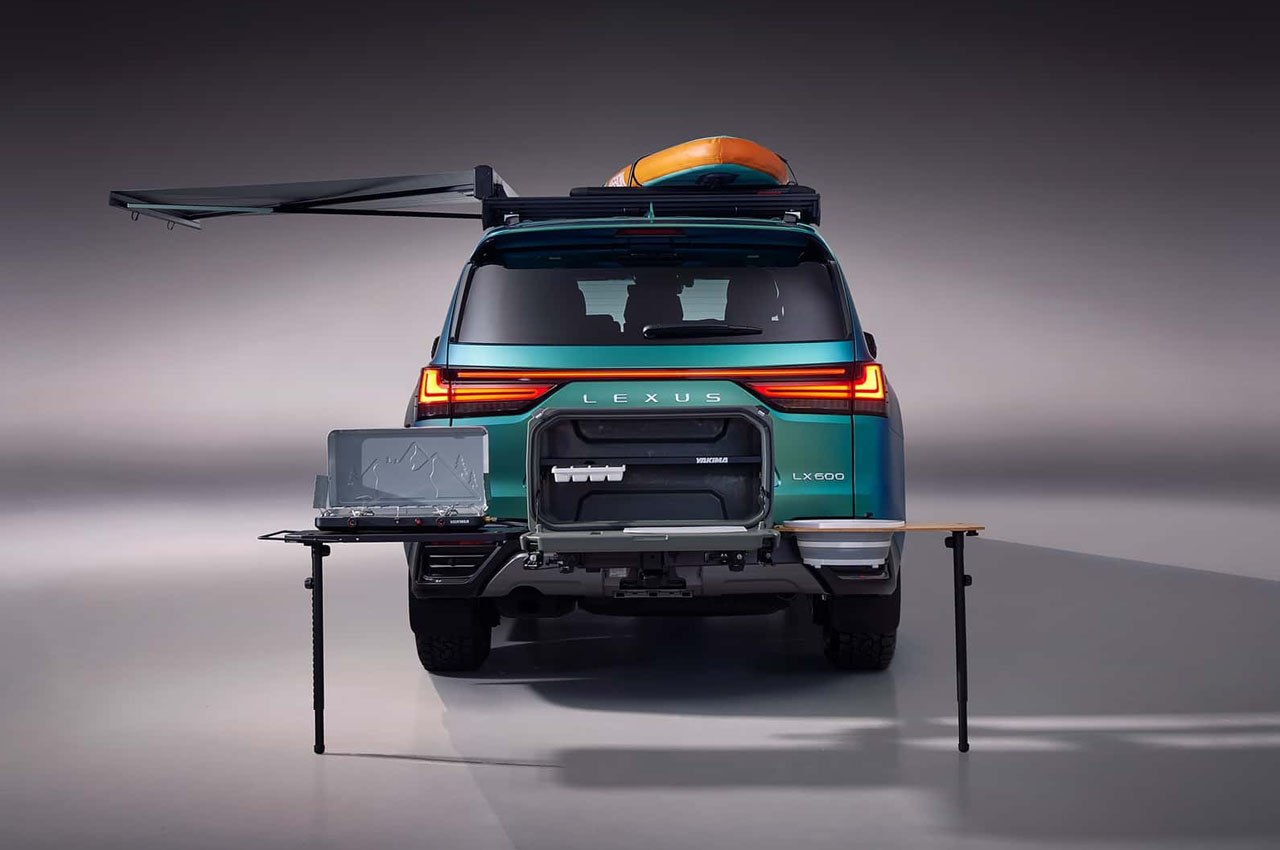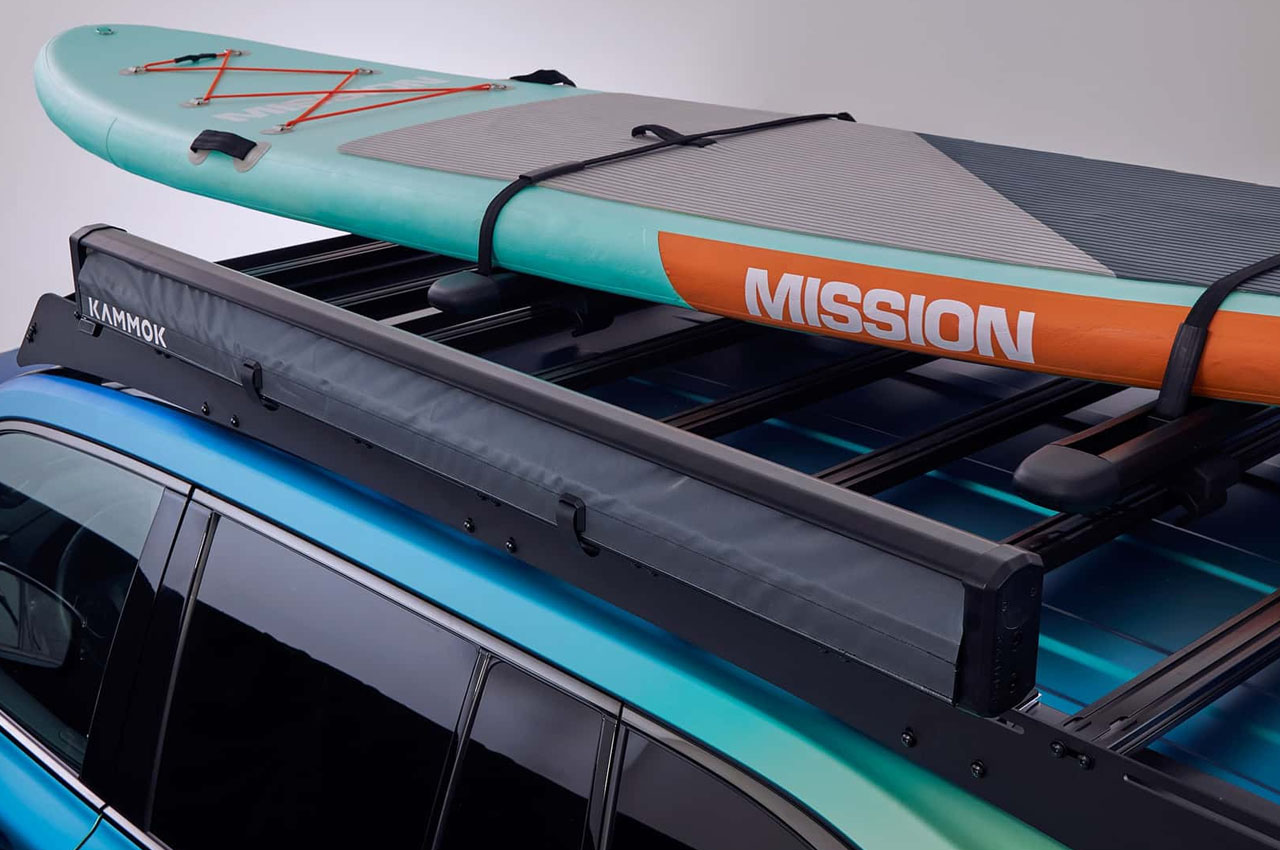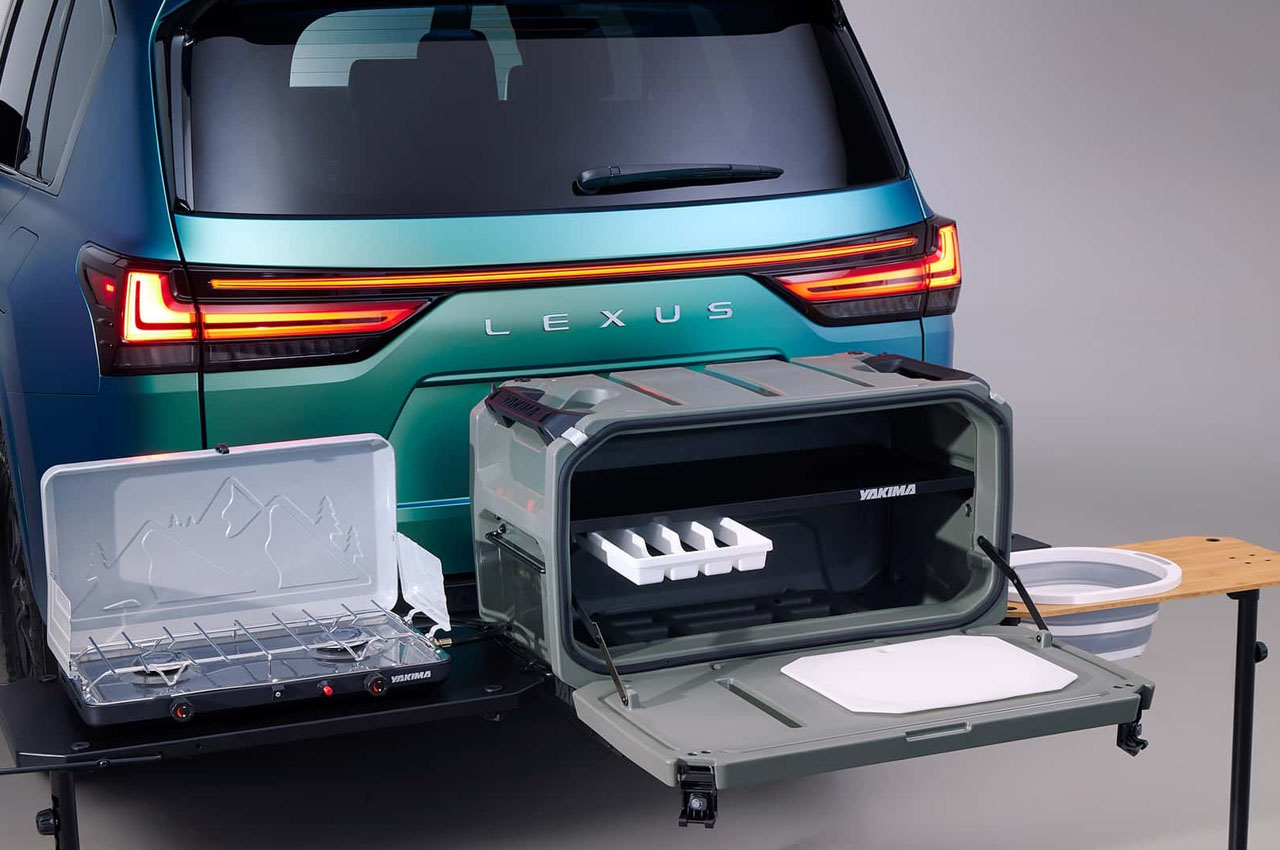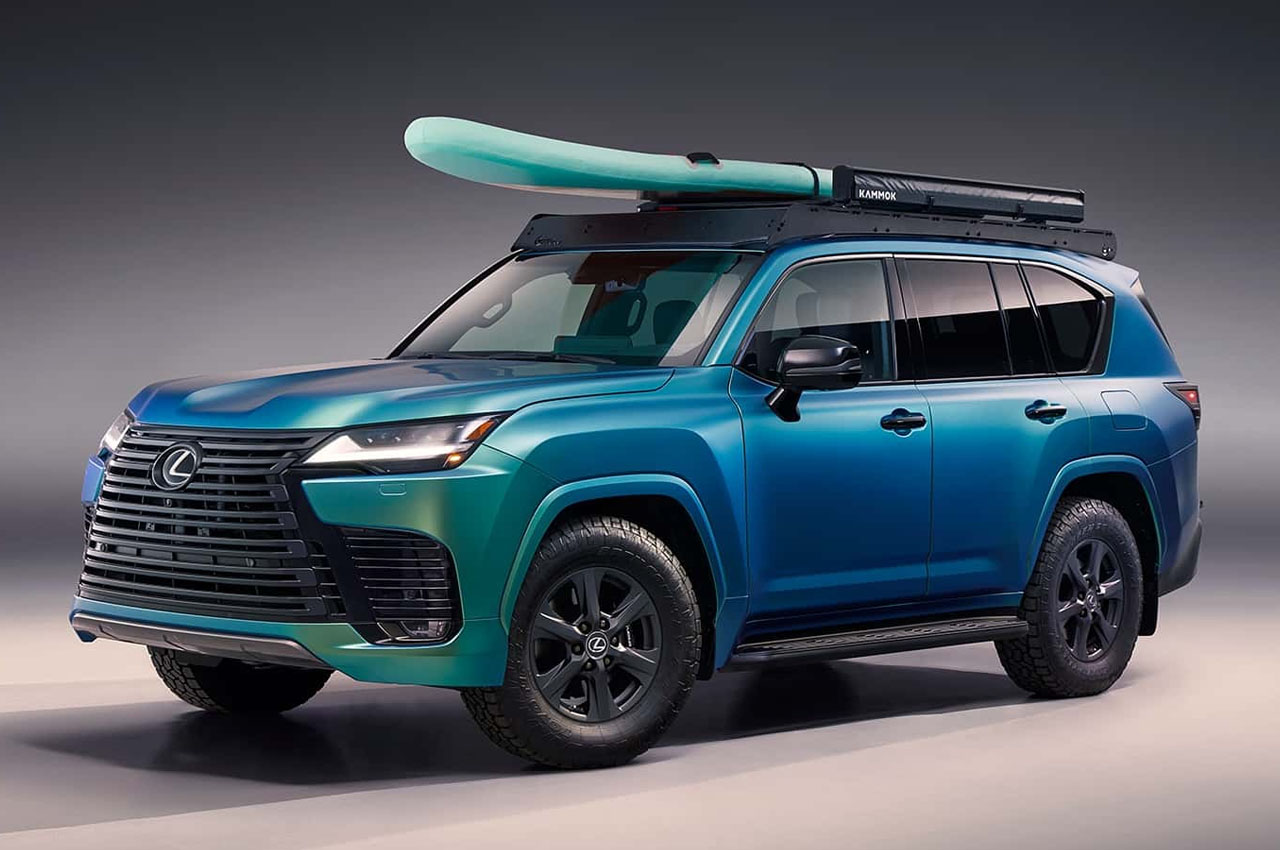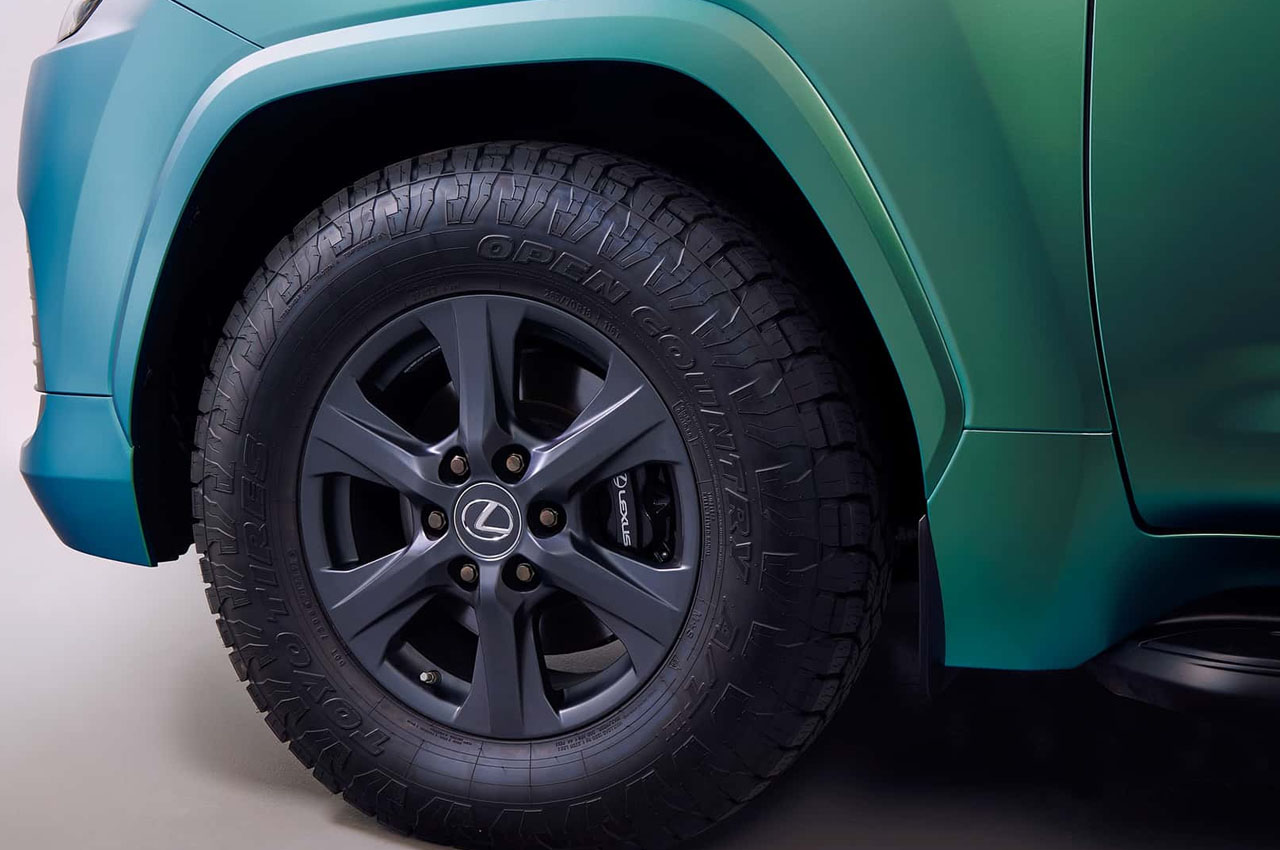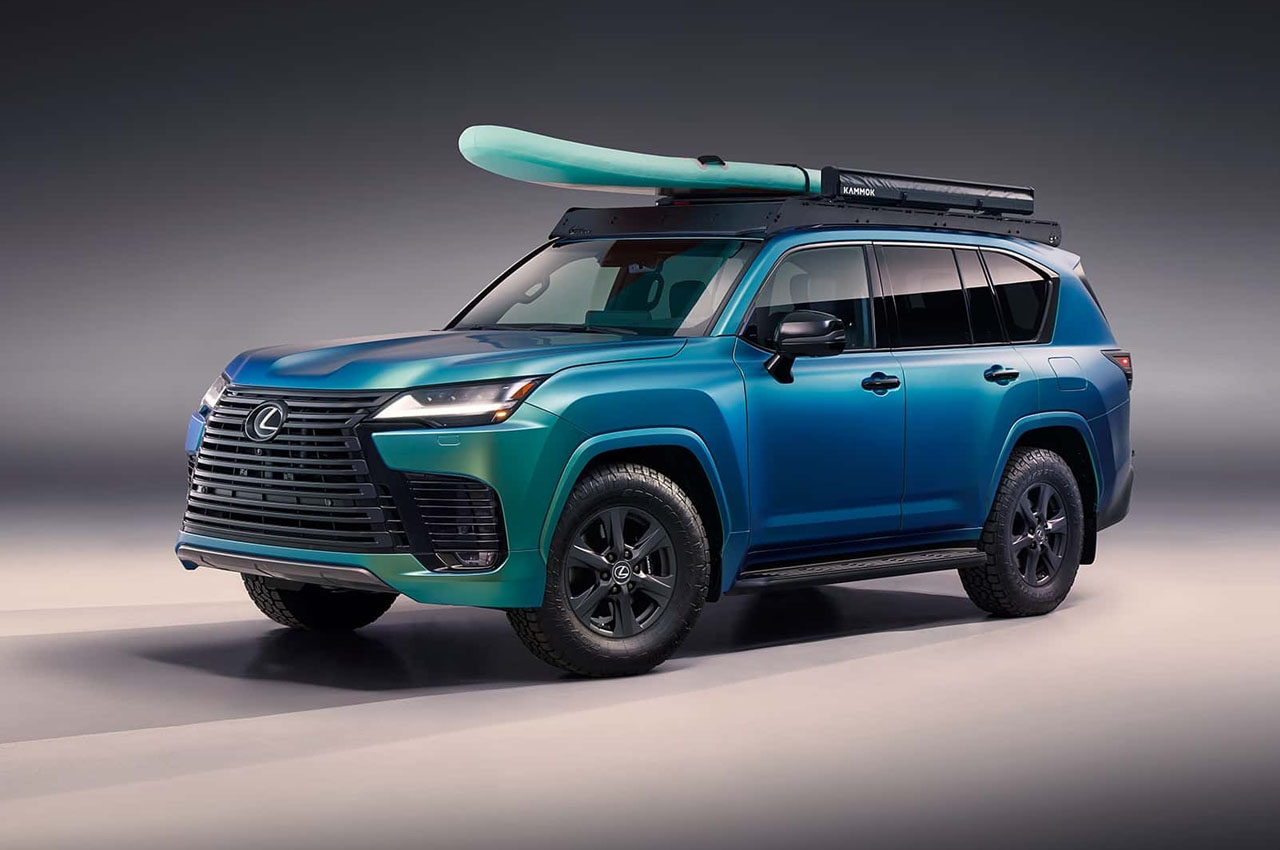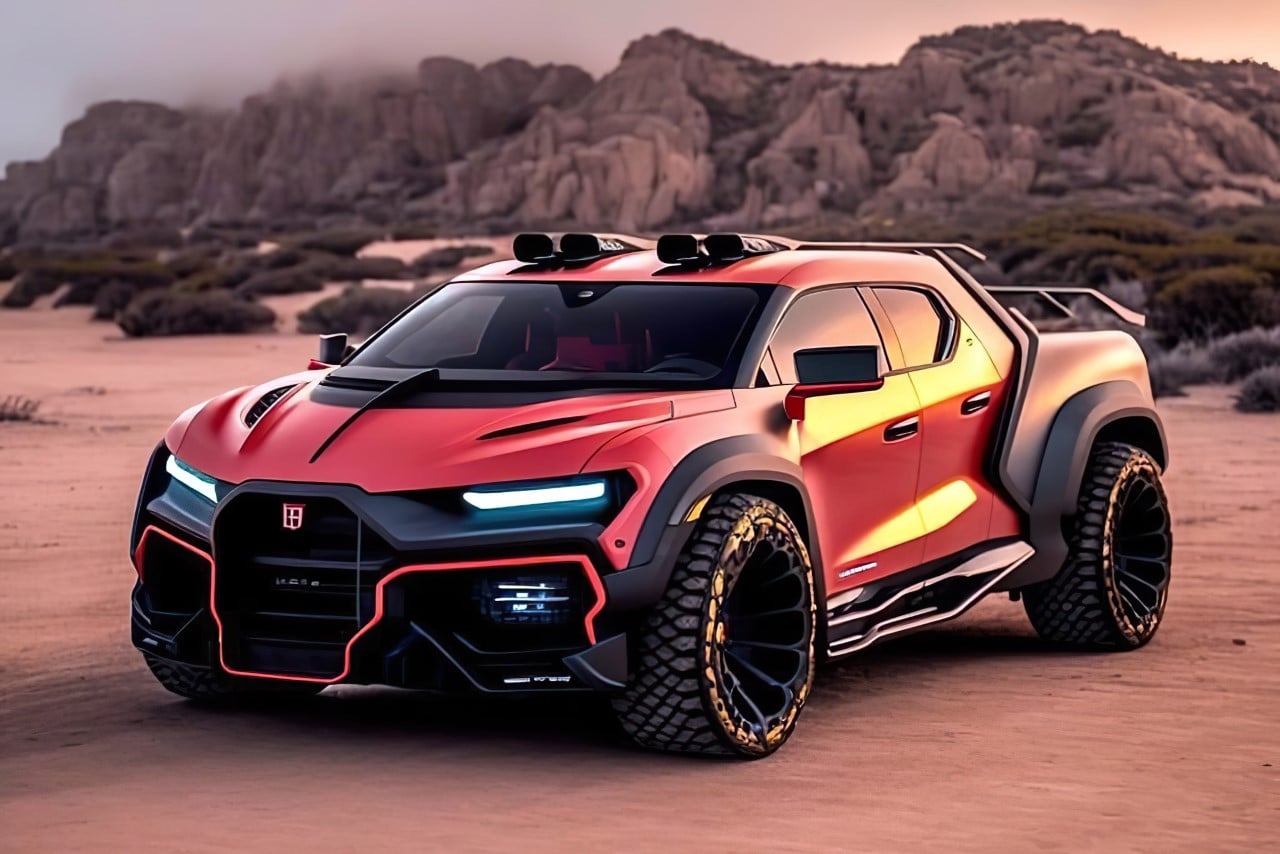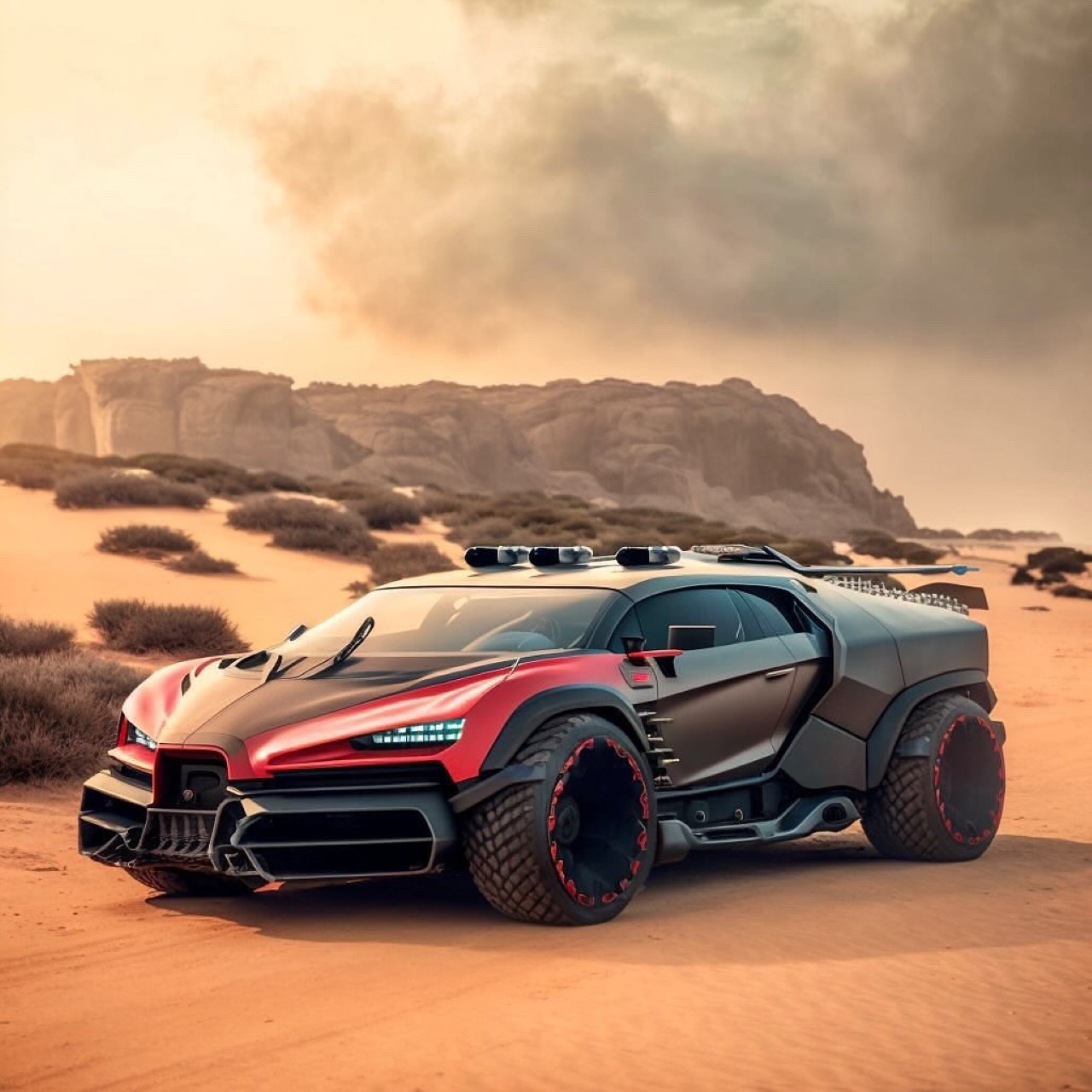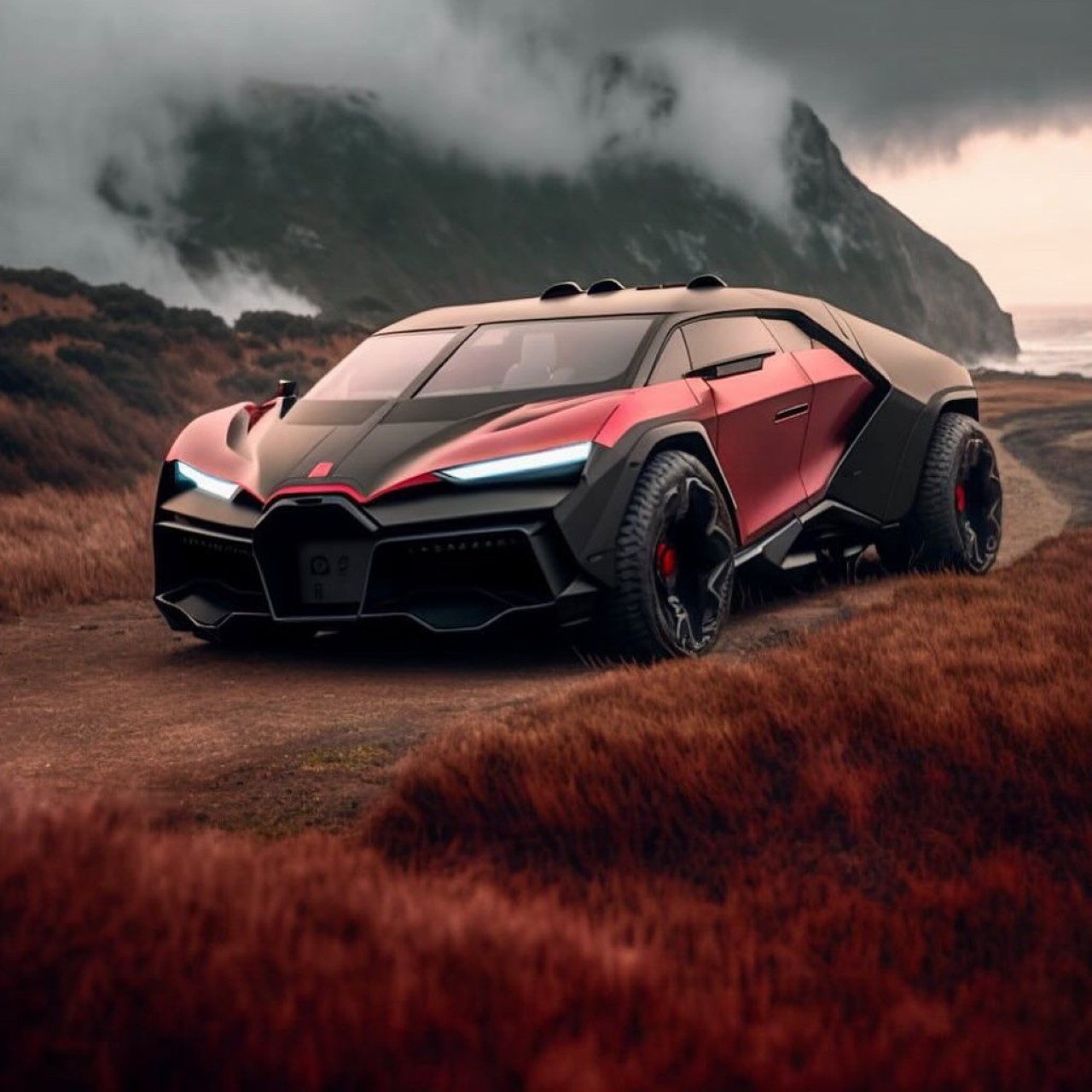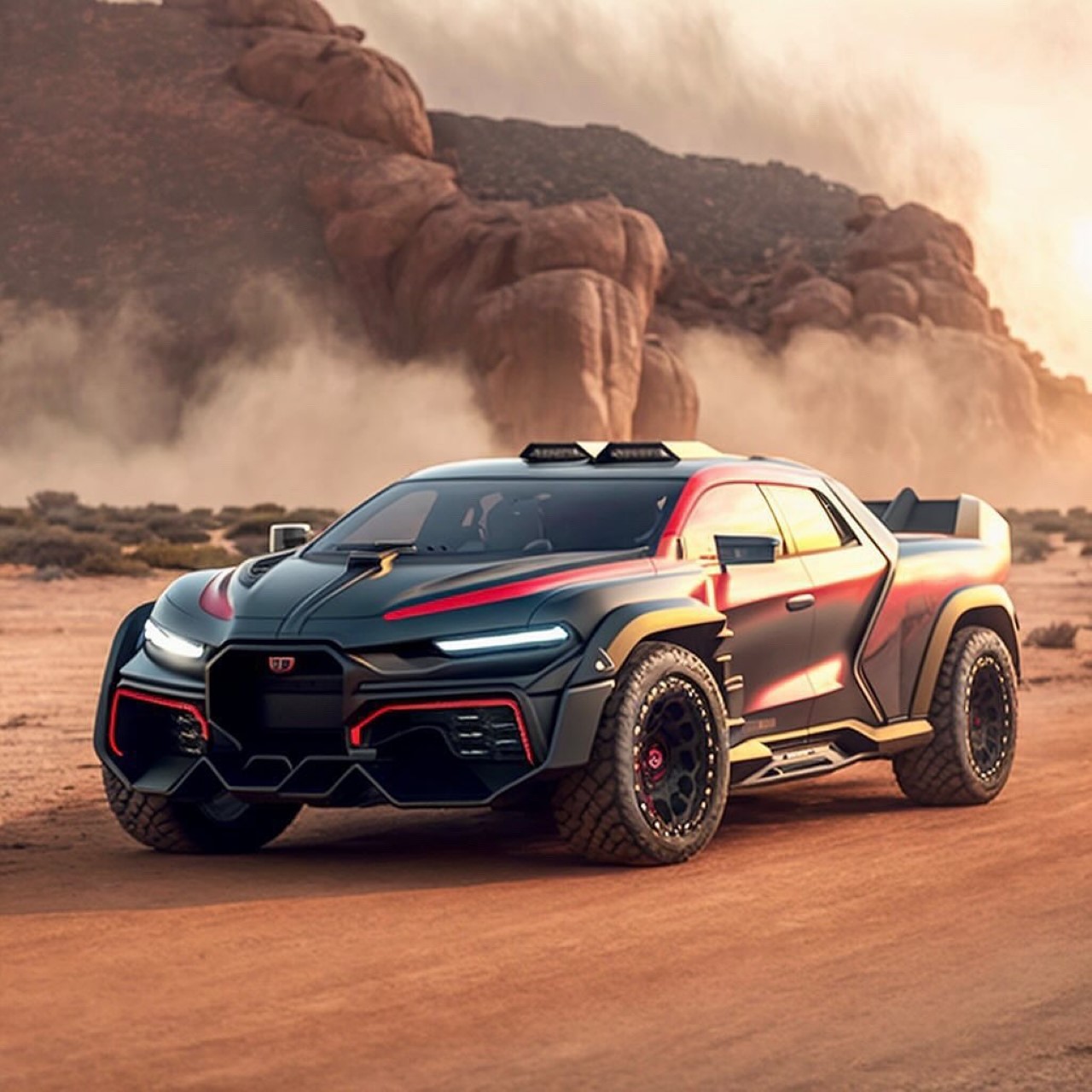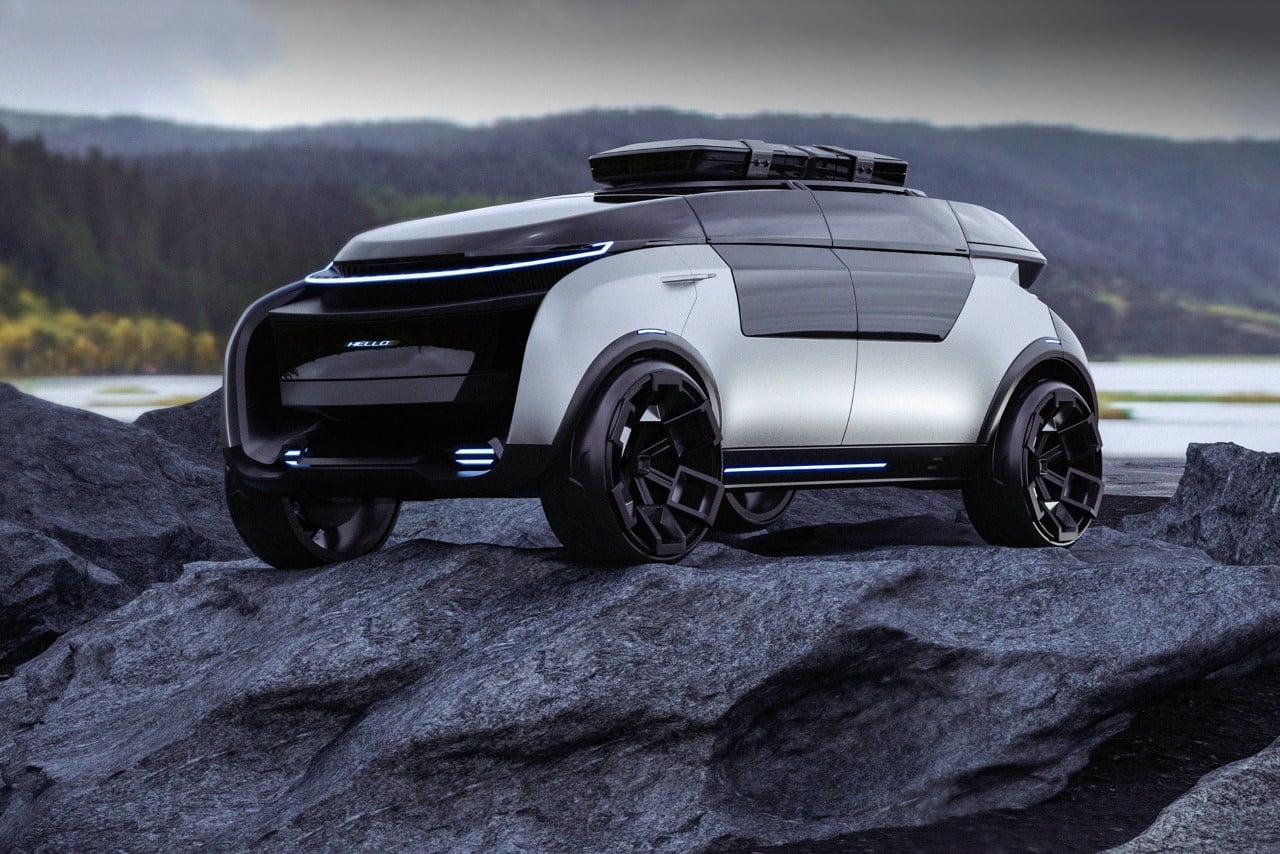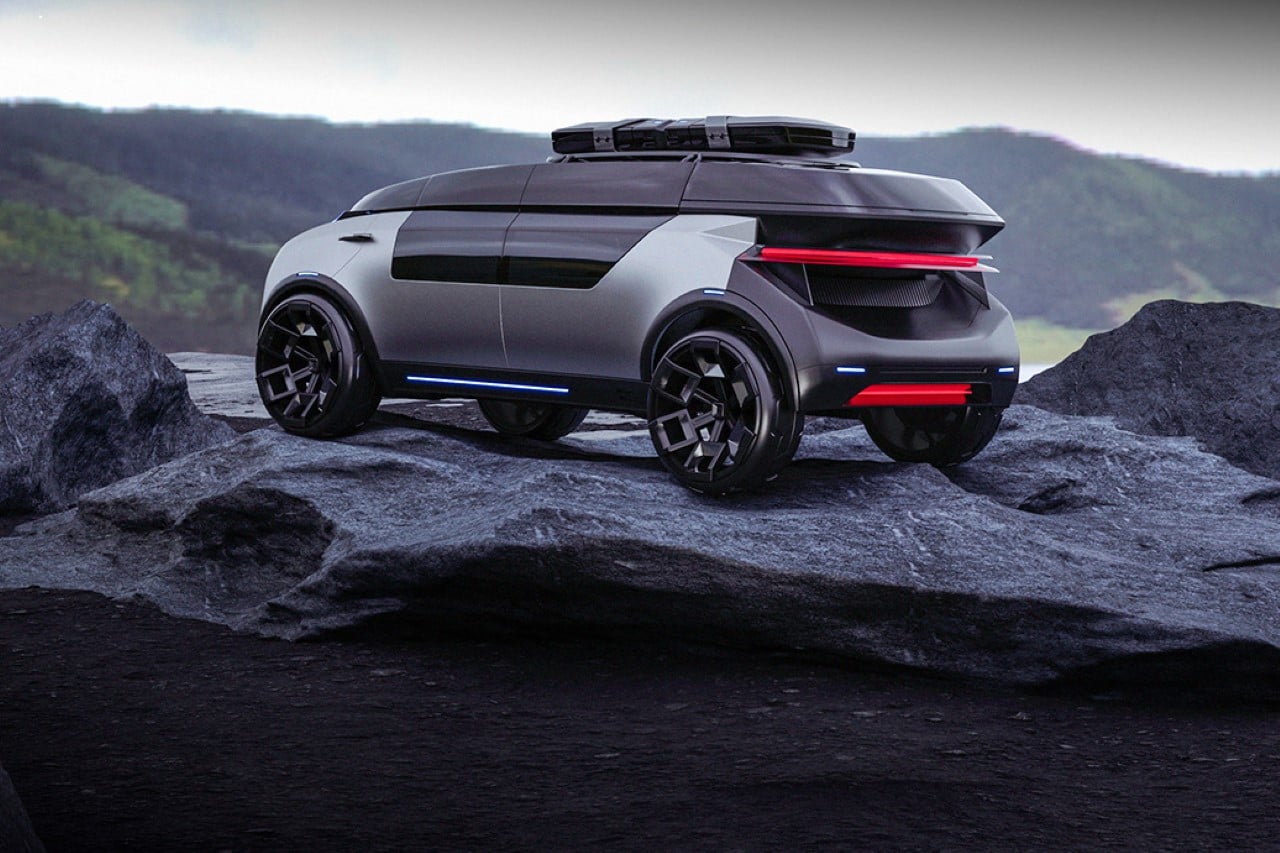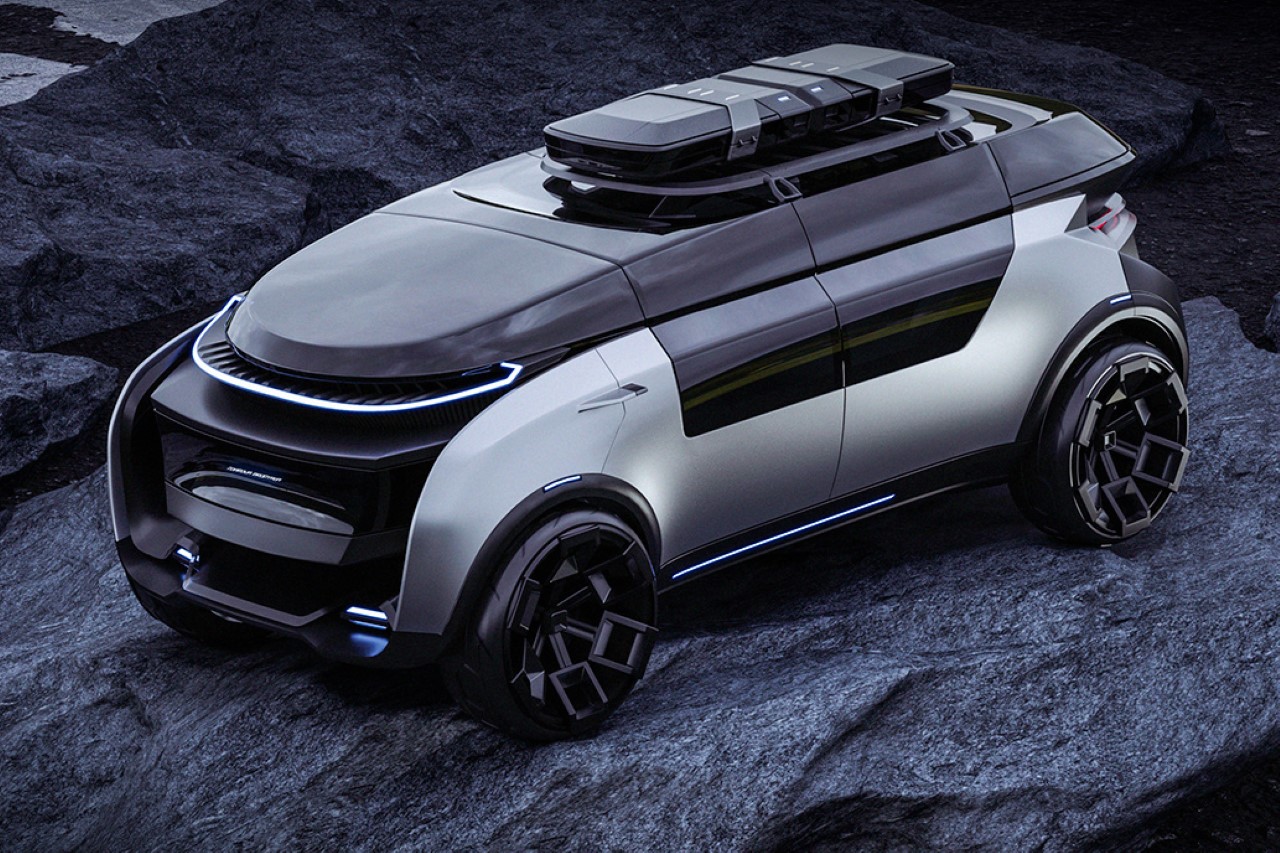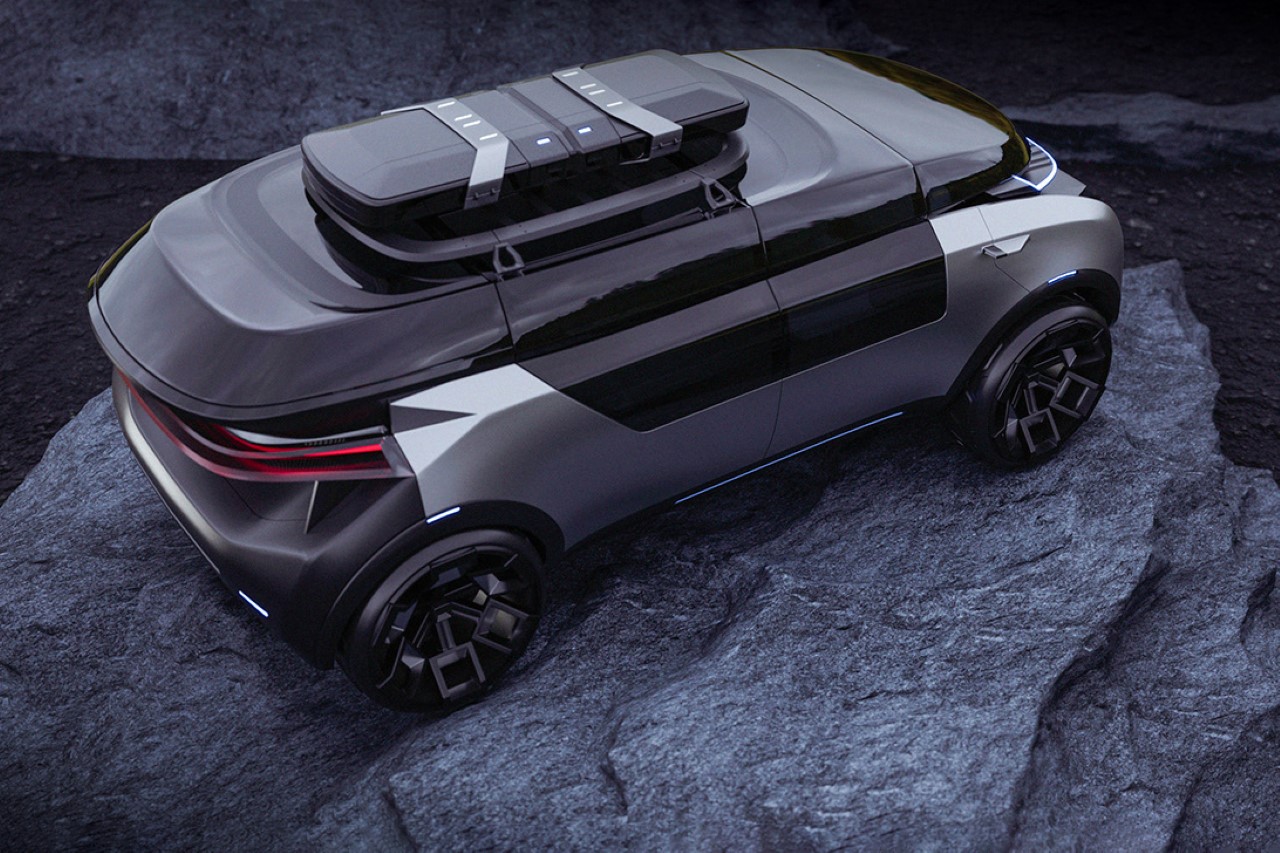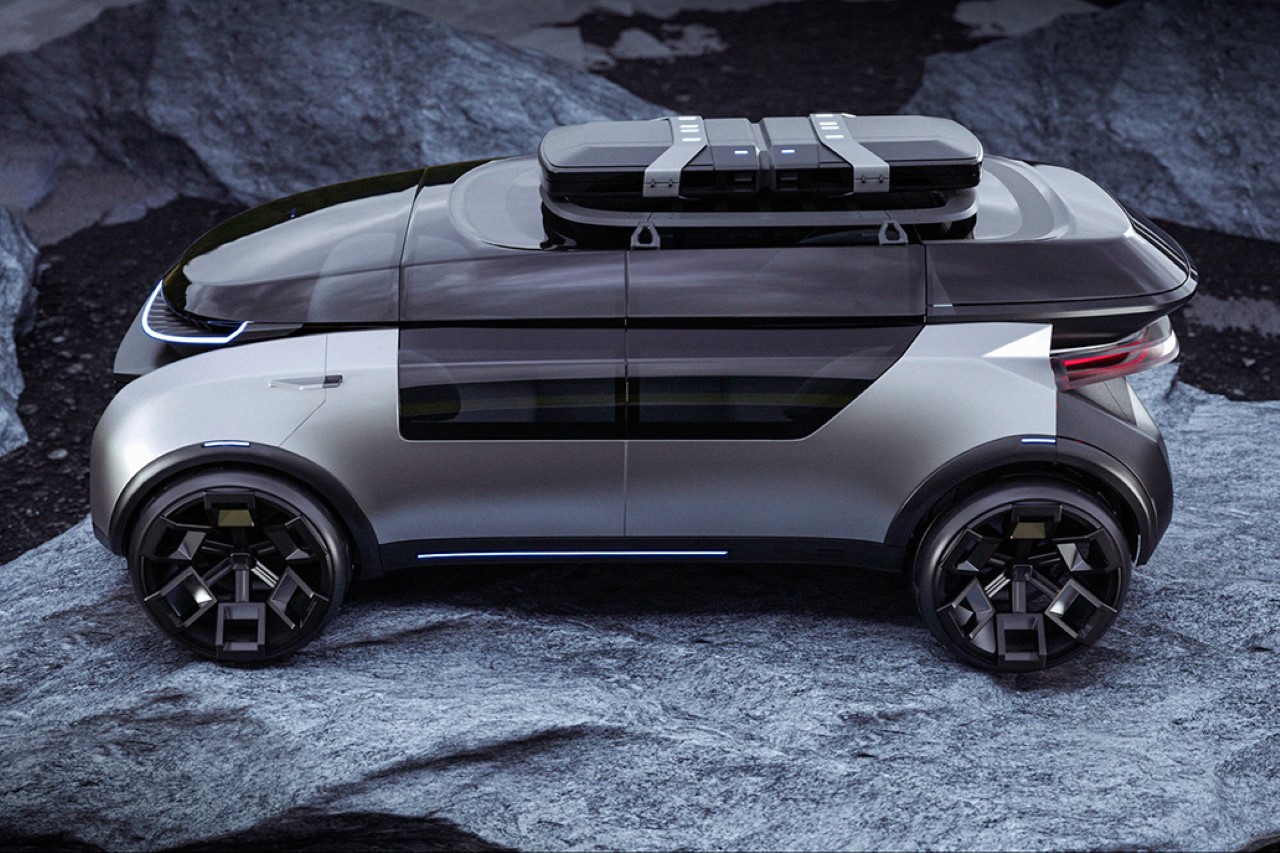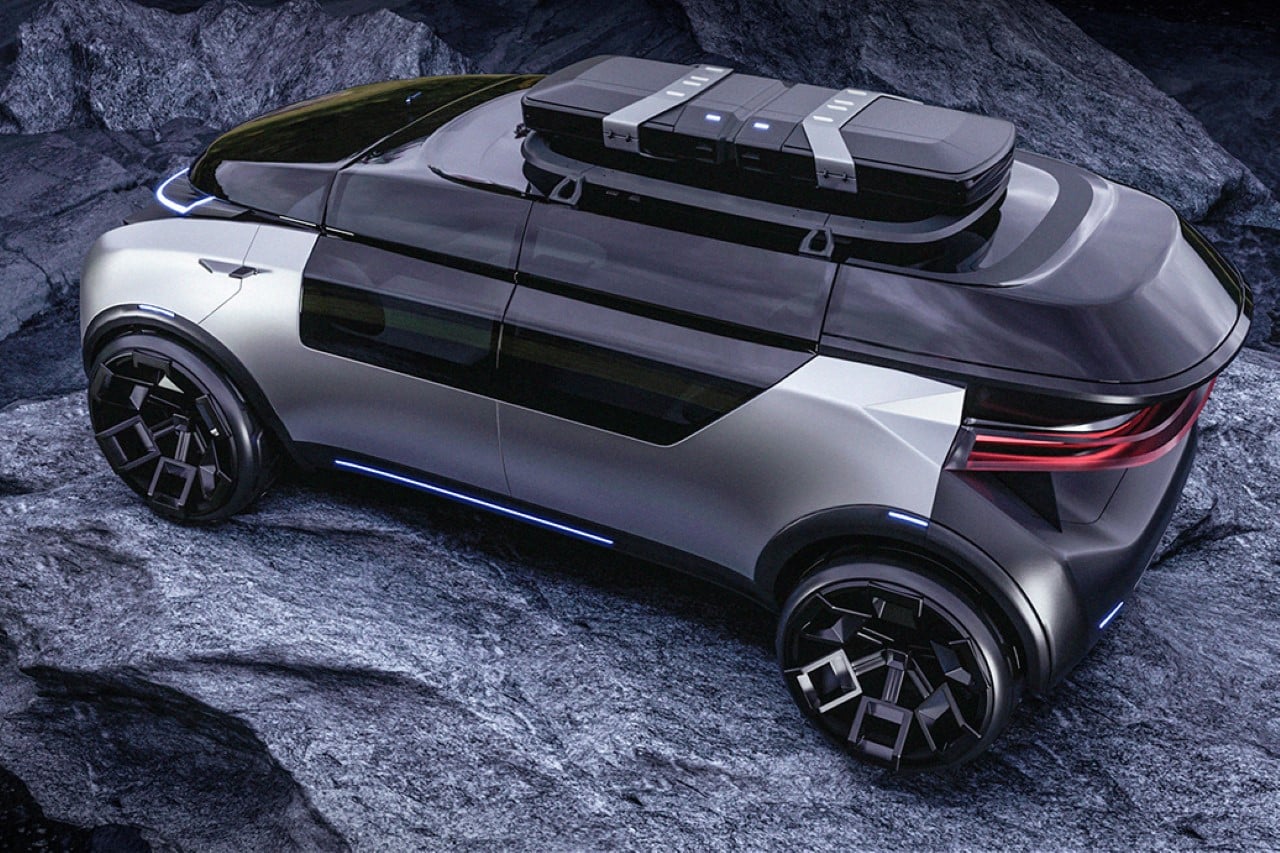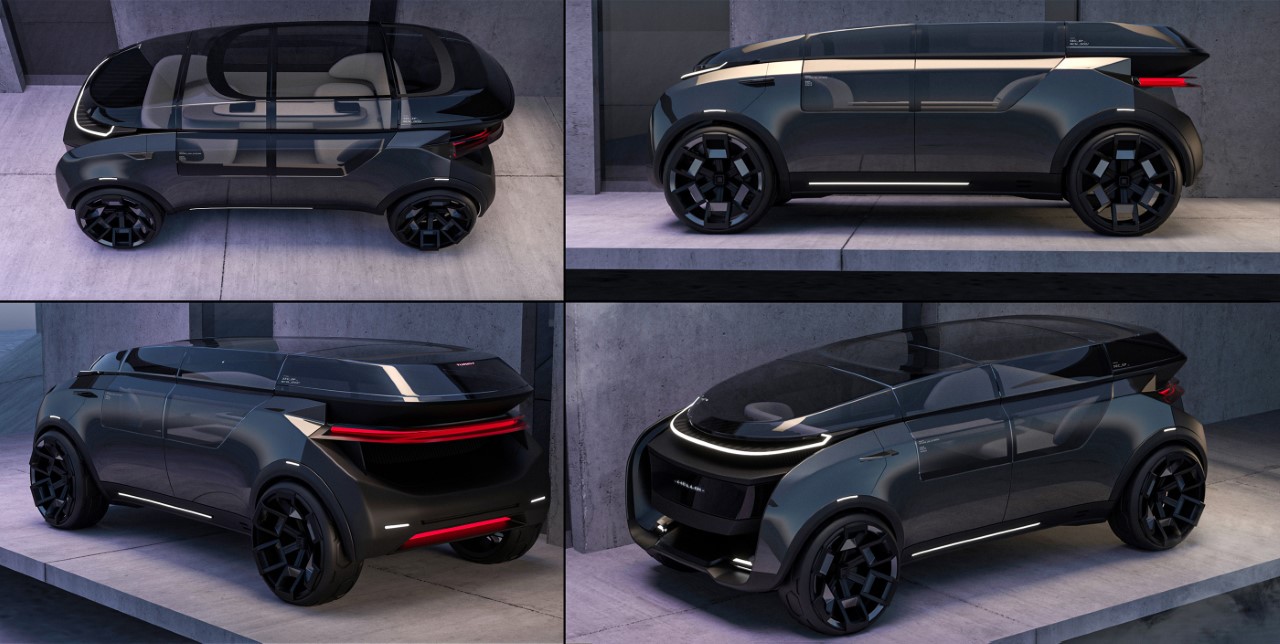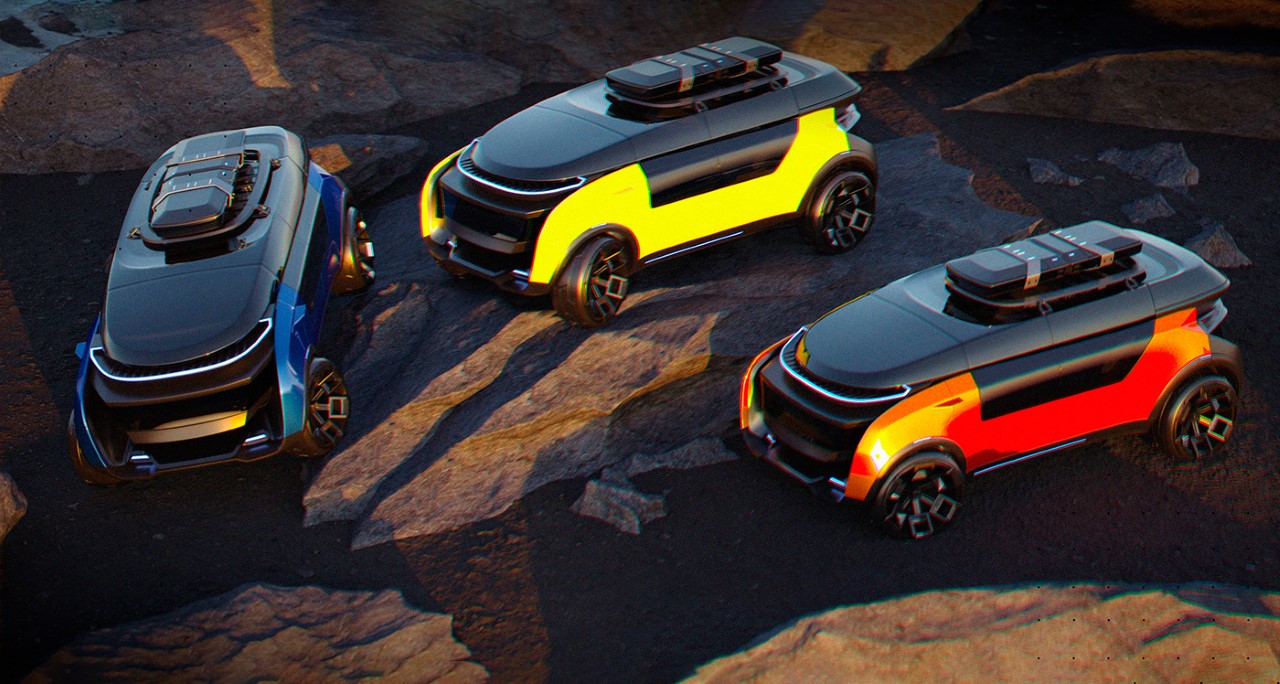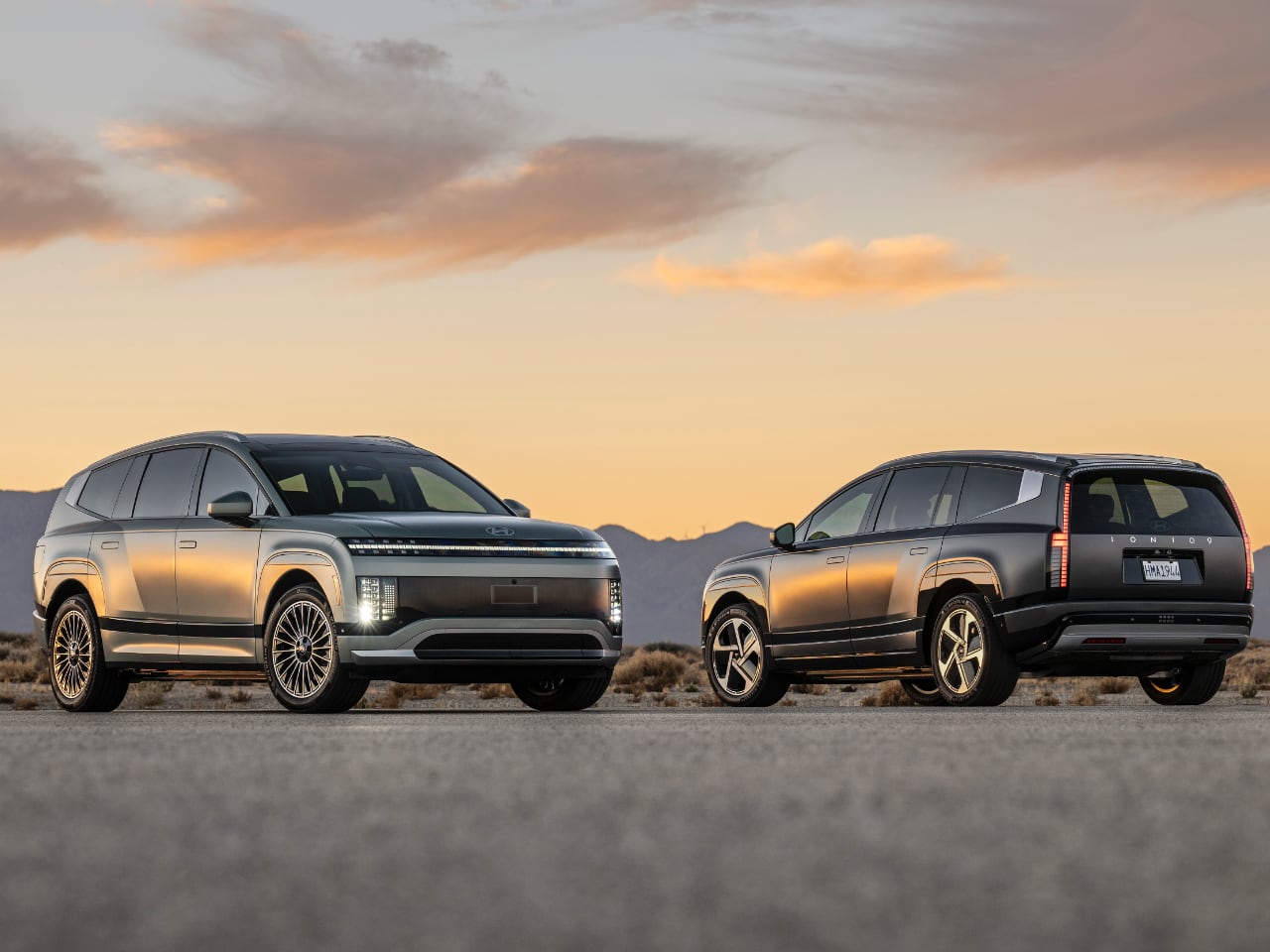
Hyundai has taken another bold step in redefining electric vehicles with the unveiling of its newest flagship, the IONIQ 9, a three-row electric SUV. This addition to Hyundai’s IONIQ lineup prioritizes expansive space and cutting-edge technology, pushing the boundaries of what customers can expect from an electric SUV. The IONIQ 9 was recently revealed at the iconic Goldstein House in Los Angeles, reflecting Hyundai’s commitment to innovation and progress in the EV market, as well as the company’s goal of a full lineup of 23 EV models by 2030. This venue represents the harmony between timeless architecture and futuristic automotive design, aligning with Hyundai’s vision for an electrified future.
Designer: Hyundai
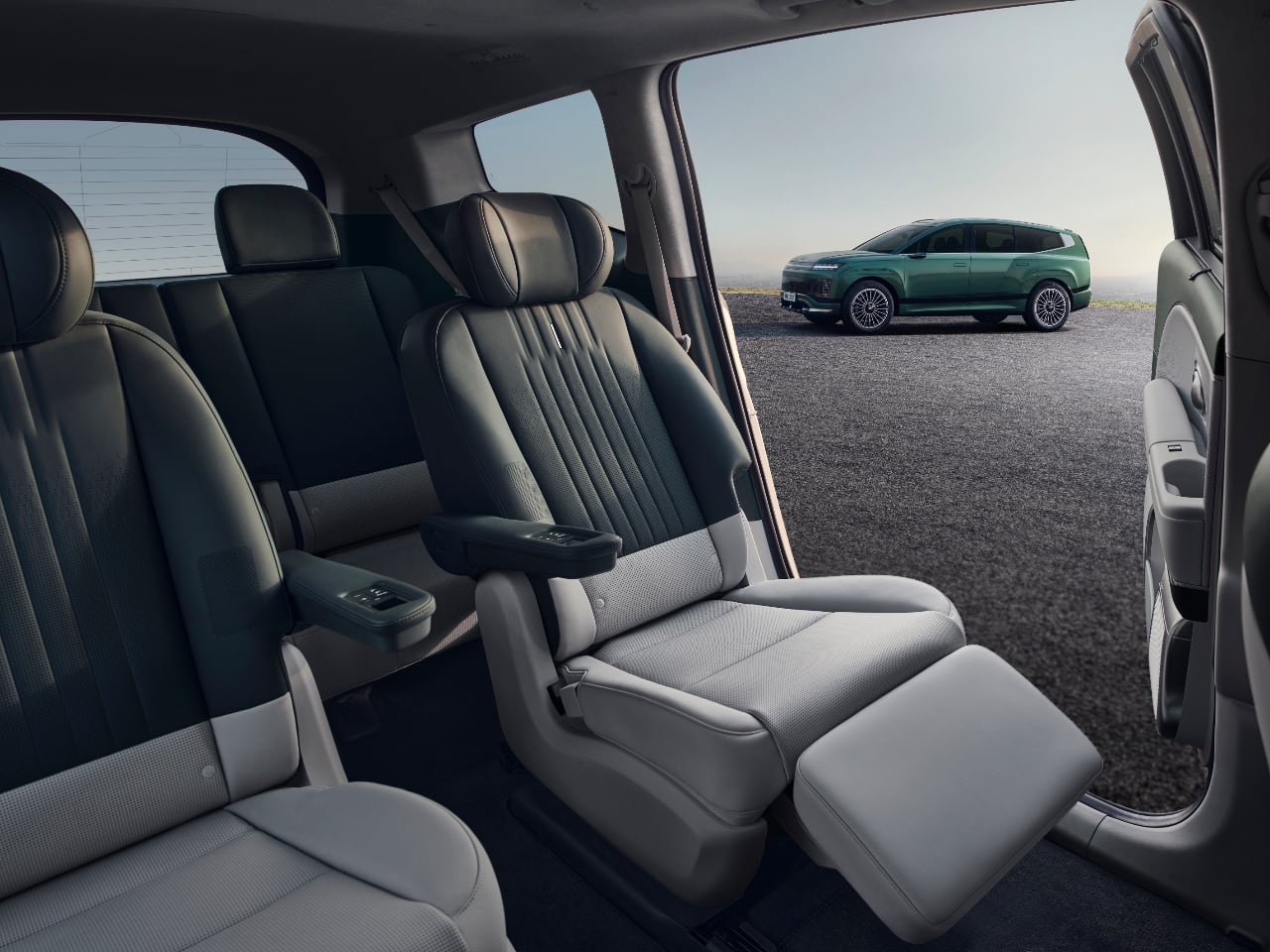
The IONIQ 9 represents Hyundai’s determination to combine aesthetics, functionality, and electric performance in one sophisticated package. Focusing on the needs of modern drivers, it is designed to offer an unparalleled driving experience that integrates state-of-the-art technology, environmental consciousness, and innovative design language. Its unveiling at the Goldstein House emphasizes the harmony between timeless architecture and futuristic automotive design, encapsulating Hyundai’s vision for an electrified future.
Exterior Design
Hyundai’s ‘Aerosthetic’ design philosophy is prominently displayed in the IONIQ 9, combining aerodynamic innovation with futuristic styling to enhance both form and function. The IONIQ 9’s exterior design is built on the concept of blending form and function to enhance performance and aesthetics. A smooth, curved roofline creates a streamlined silhouette, aiding in the vehicle’s aerodynamic efficiency. Integrated digital side mirrors and a carefully sculpted 3D-shaped underbody cover contribute to the vehicle’s low drag coefficient of just 0.259 Cd. This improves the vehicle’s efficiency and presents a distinct, forward-looking aesthetic.
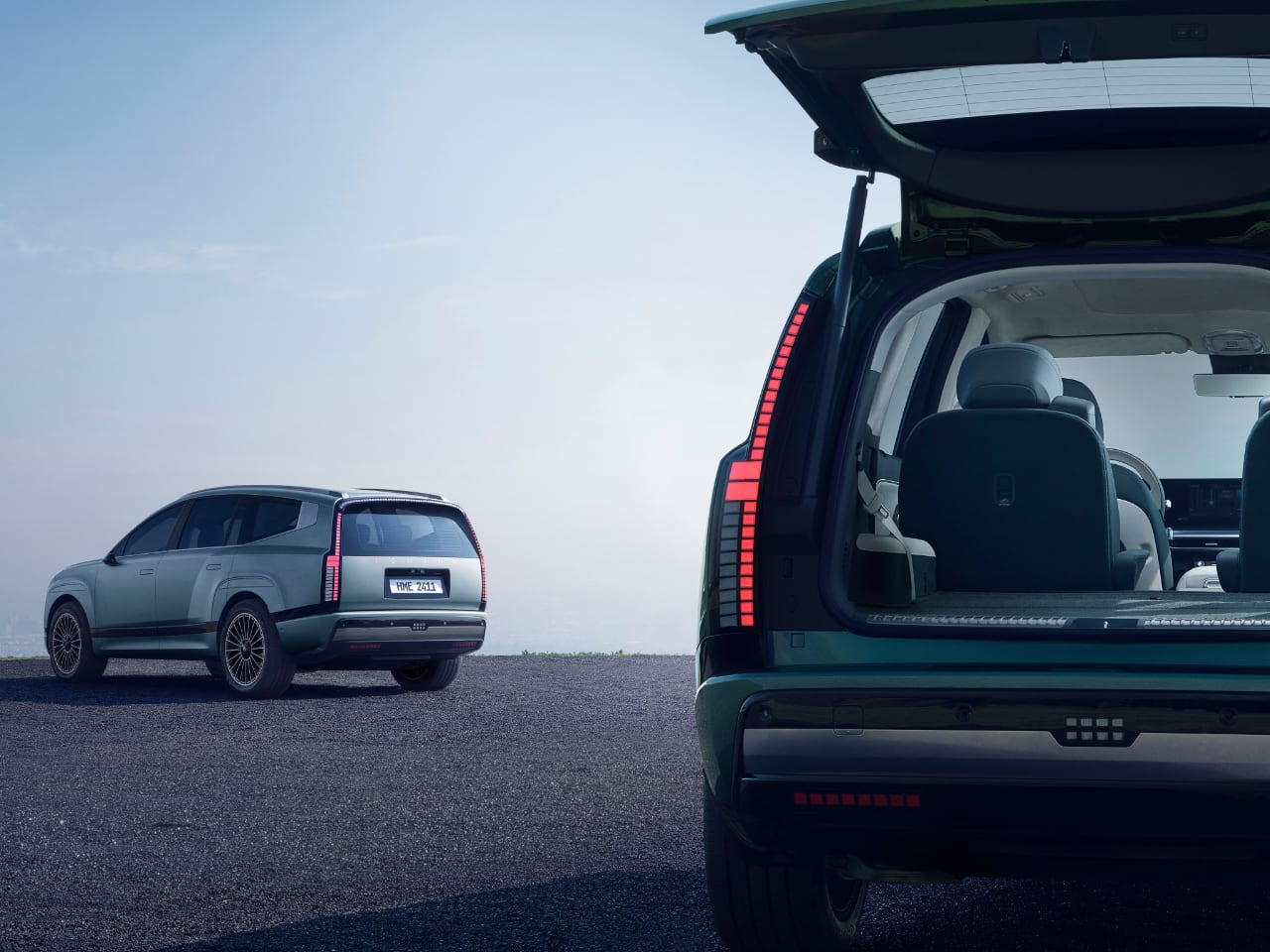
The Parametric Pixel lamps—a hallmark of the IONIQ series—add a futuristic flair, seamlessly merging into the bodywork to create a unified and distinctive front profile. The vertical headlights accentuate the bold character of the SUV, while the sculpted rear haunches emphasize the strength and solidity of its stance. With its graceful curve and smooth body panels, the roofline contributes to a minimalist yet sophisticated appearance that aligns with Hyundai’s broader design ethos of sleekness and innovation. Incorporating flush door handles further enhances the vehicle’s clean lines, reducing drag and adding to the overall aerodynamic integrity.
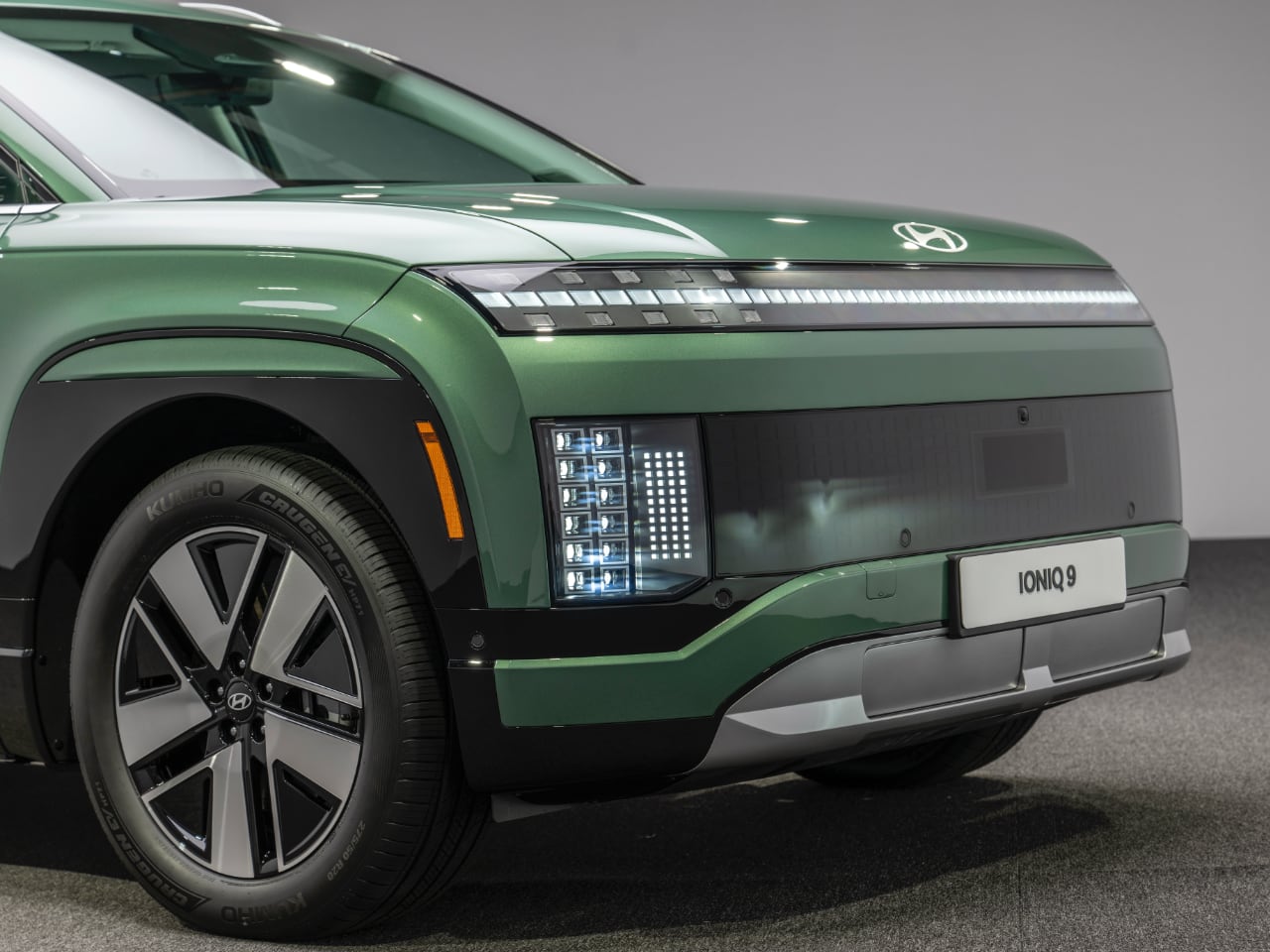
Attention to detail in the exterior extends to functional elements like the 3D underbody cover and aerodynamic wheels designed to minimize drag and improve overall efficiency. The hidden antennas contribute to the smooth roofline, ensuring there are no protruding parts that might interrupt airflow. The design also includes a dual-motion active air flap (AAF) system that enhances air sealing, optimizing aerodynamic performance while adding to the sleek visual appeal of the vehicle. The fenders and quarter panels are made of lightweight aluminum, which contributes to overall efficiency but also aids in balancing performance with structural strength.
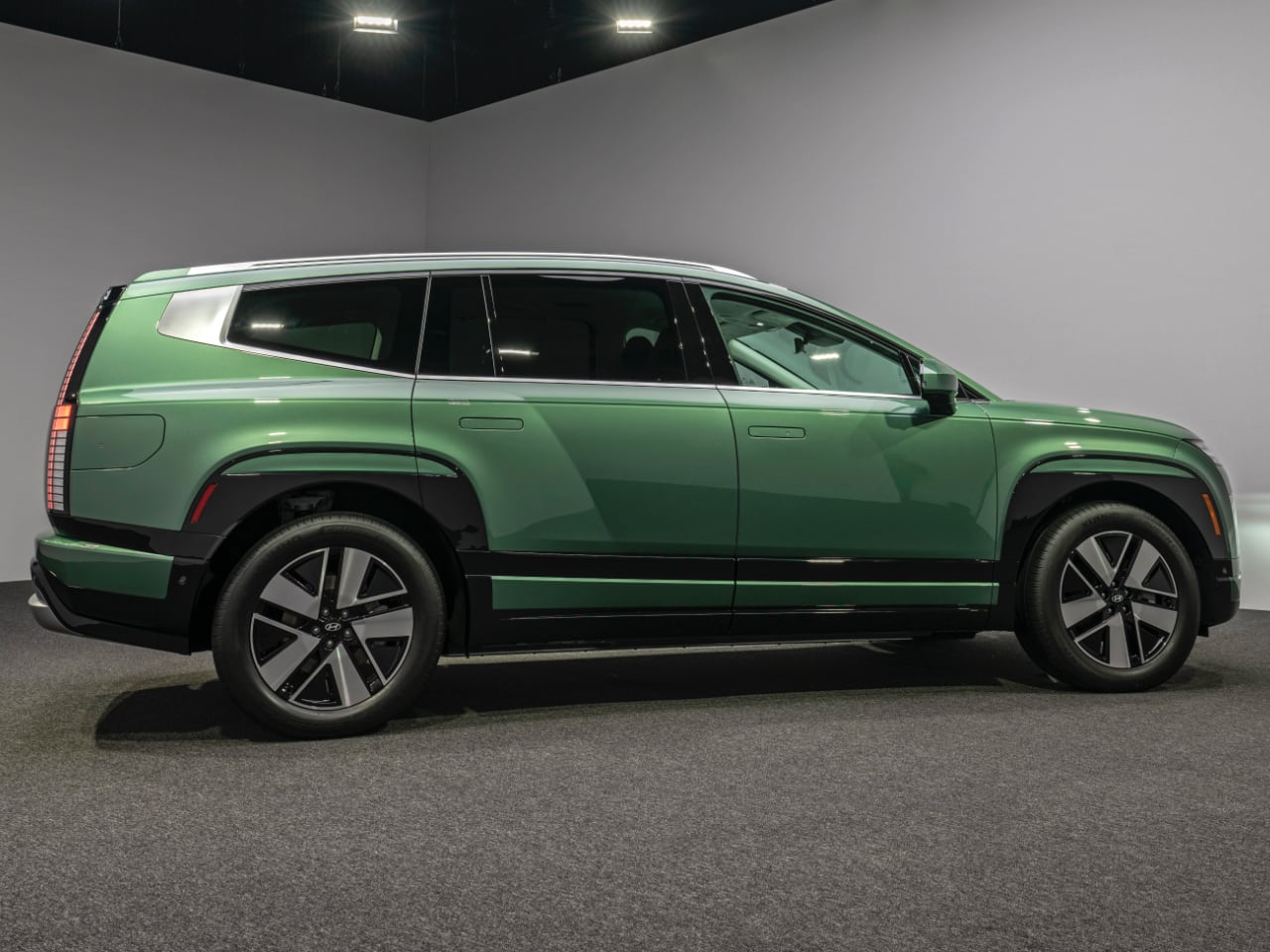
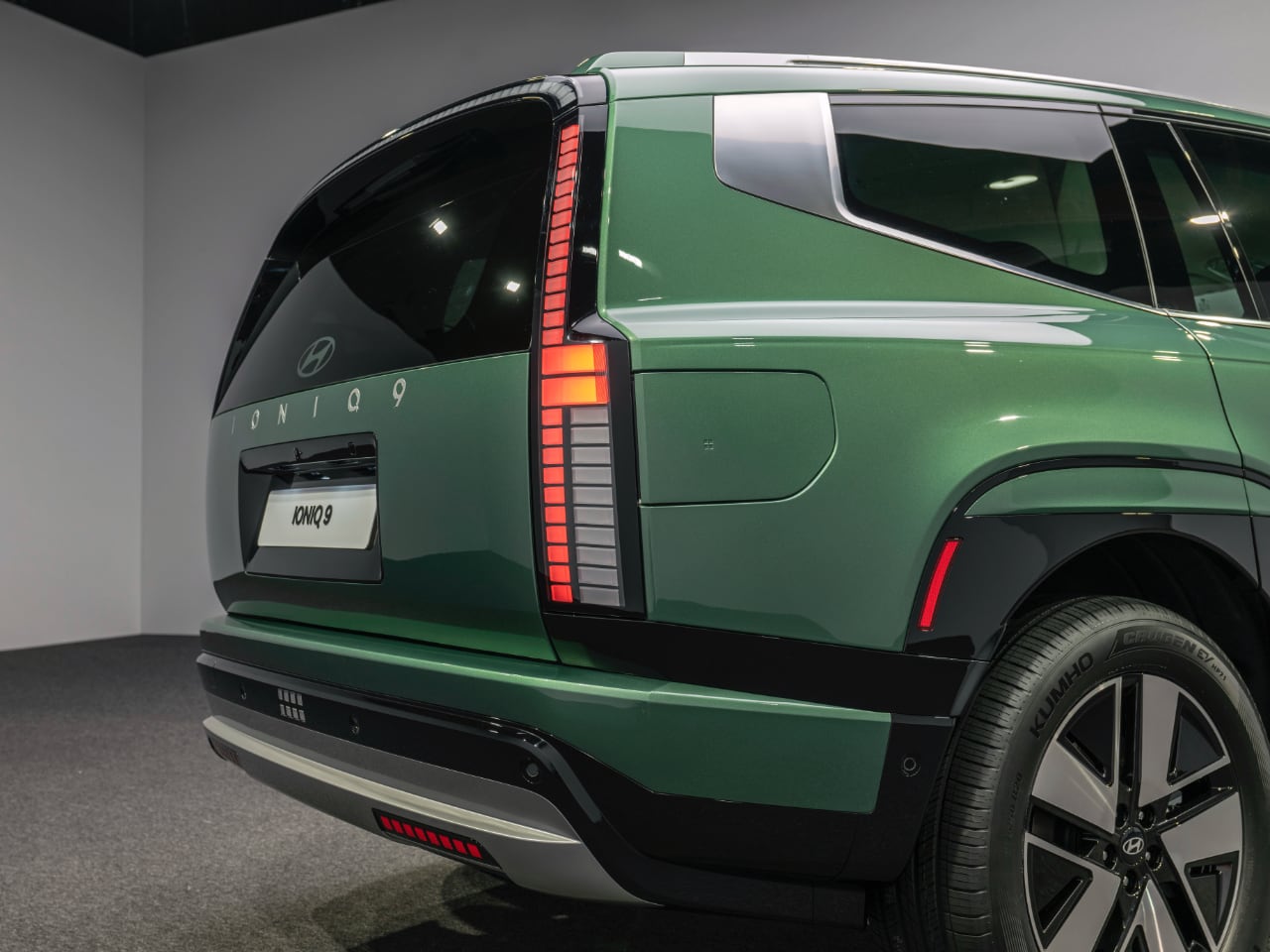
Interior Design
The interior of the IONIQ 9 is designed to redefine comfort and spaciousness. Featuring a fully flat floor, the interior maximizes available space, making it perfect for families or groups. Hyundai has utilized its Electric-Global Modular Platform (E-GMP) to ensure that the floor remains unobstructed, allowing passengers to move freely within the cabin and making it easier to configure seating arrangements according to specific needs. The cabin is characterized by elliptical design elements and calming tones, which create a lounge-like, serene environment. This emphasis on a calming atmosphere is further accentuated by the expansive Panoramic Sunroof, which floods the cabin with natural light and enhances the open feel of the space.
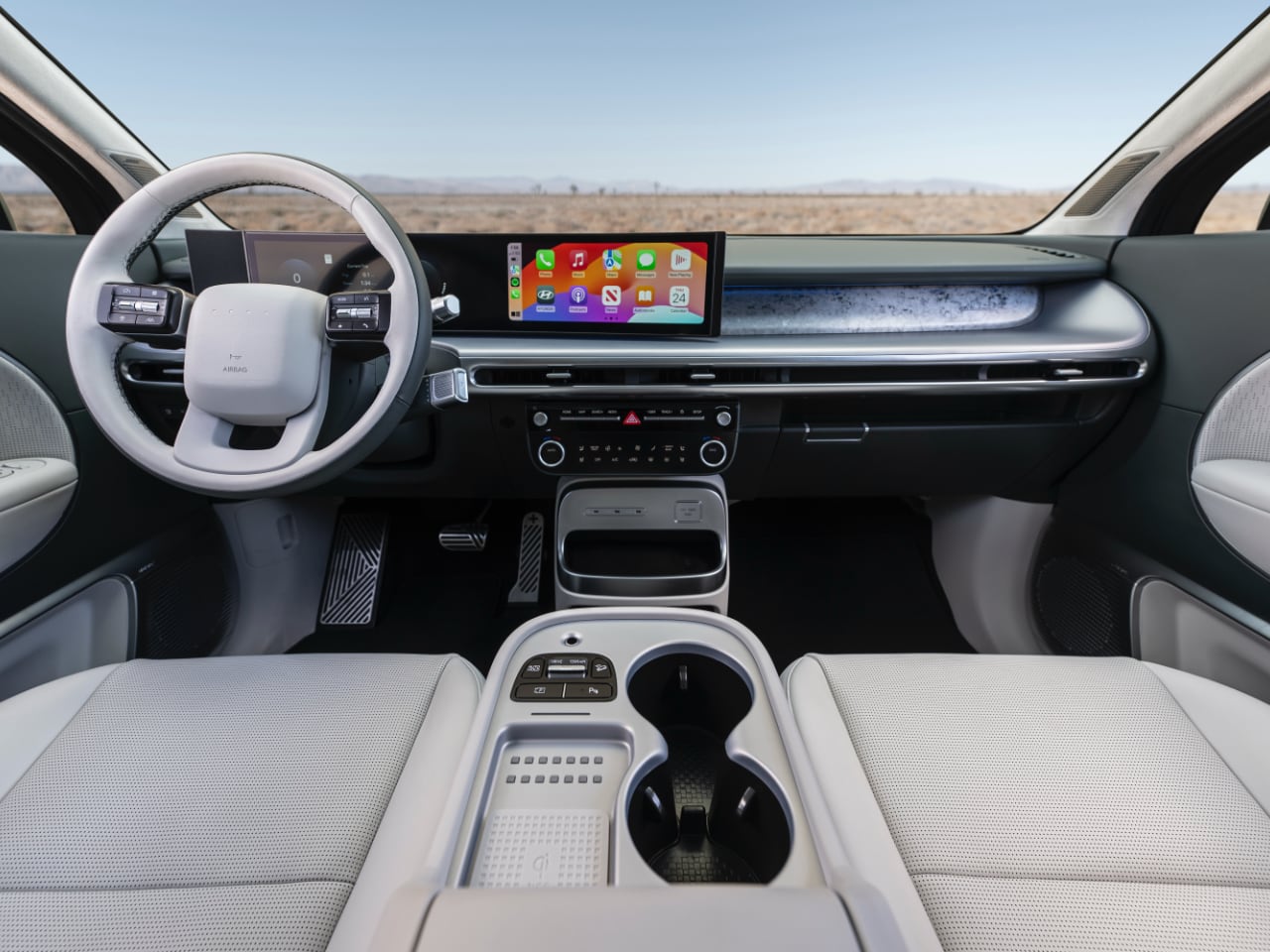

The IONIQ 9 features Relaxation Seats in the first and second rows, which can fully recline and are equipped with integrated leg rests. These seats are designed to provide comfort during long journeys or while charging, turning the interior into a rest area. s The slidable Universal Island 2.0 console is another standout feature, allowing passengers to easily access storage from different rows and enhancing the versatility of the cabin.
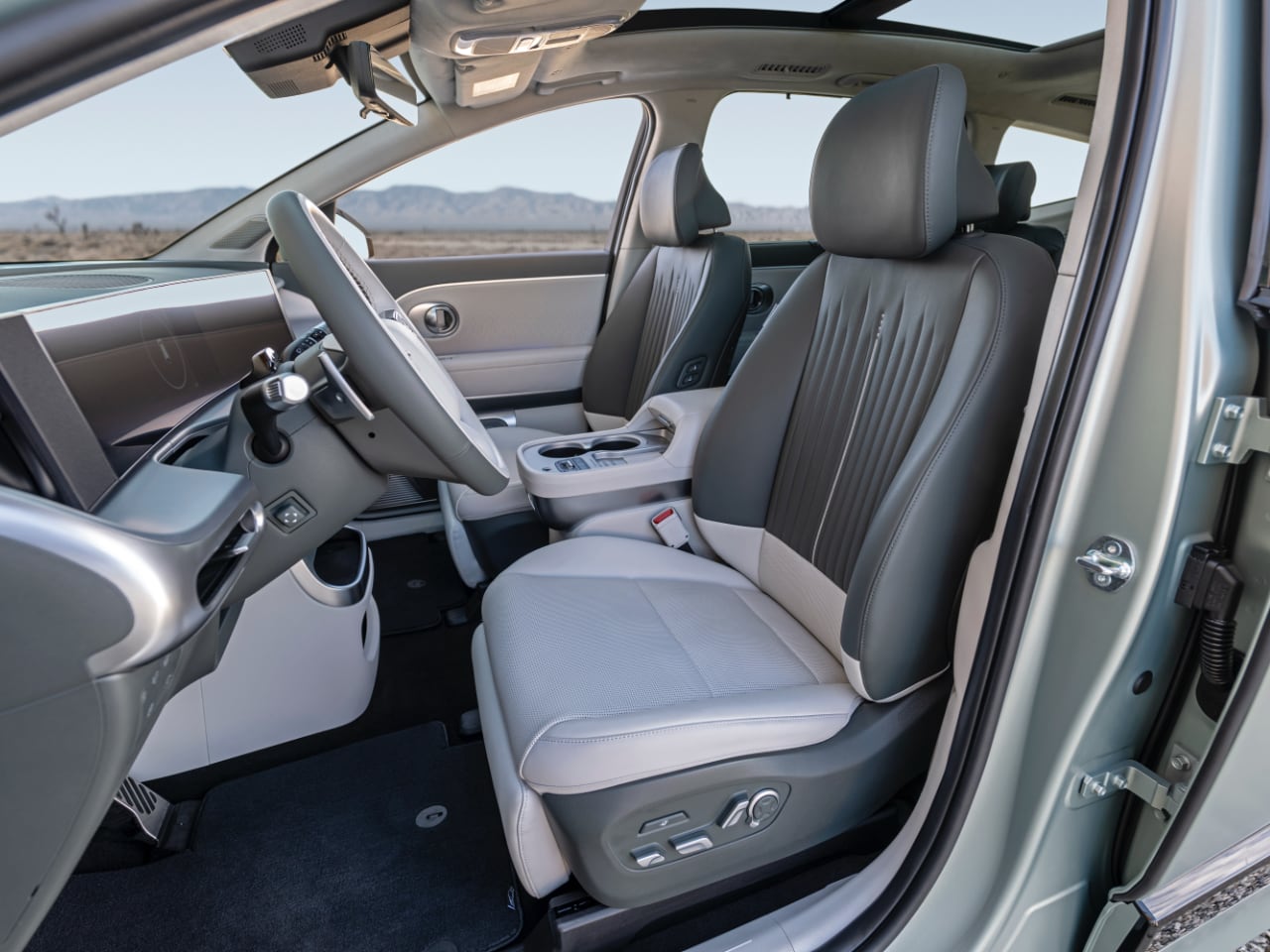
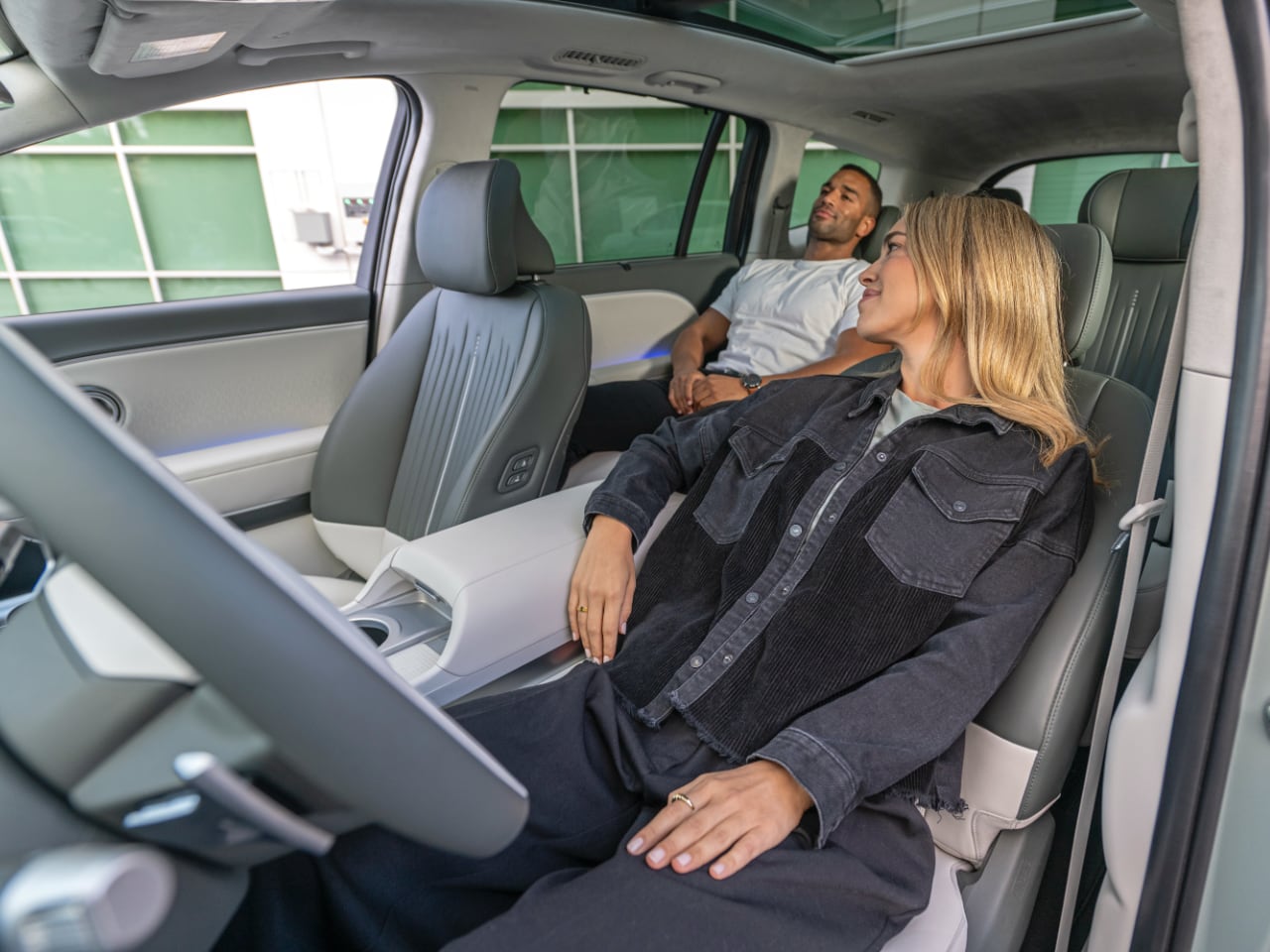
Hyundai has carefully selected materials to emphasize sustainability without compromising on luxury. Using Eco Process Leather, Recycled PET Fabric, and Bio Paint made from recycled tire waste showcases Hyundai’s commitment to eco-friendly material choices. The interior trim options include calming color palettes such as Obsidian Black and unique two-tone combinations like Cognac Brown with Creamy Beige, adding to the cabin’s upscale yet inviting feel. Ambient lighting and slim air vents further enhance the futuristic yet warm atmosphere, blending functionality with a soothing aesthetic.
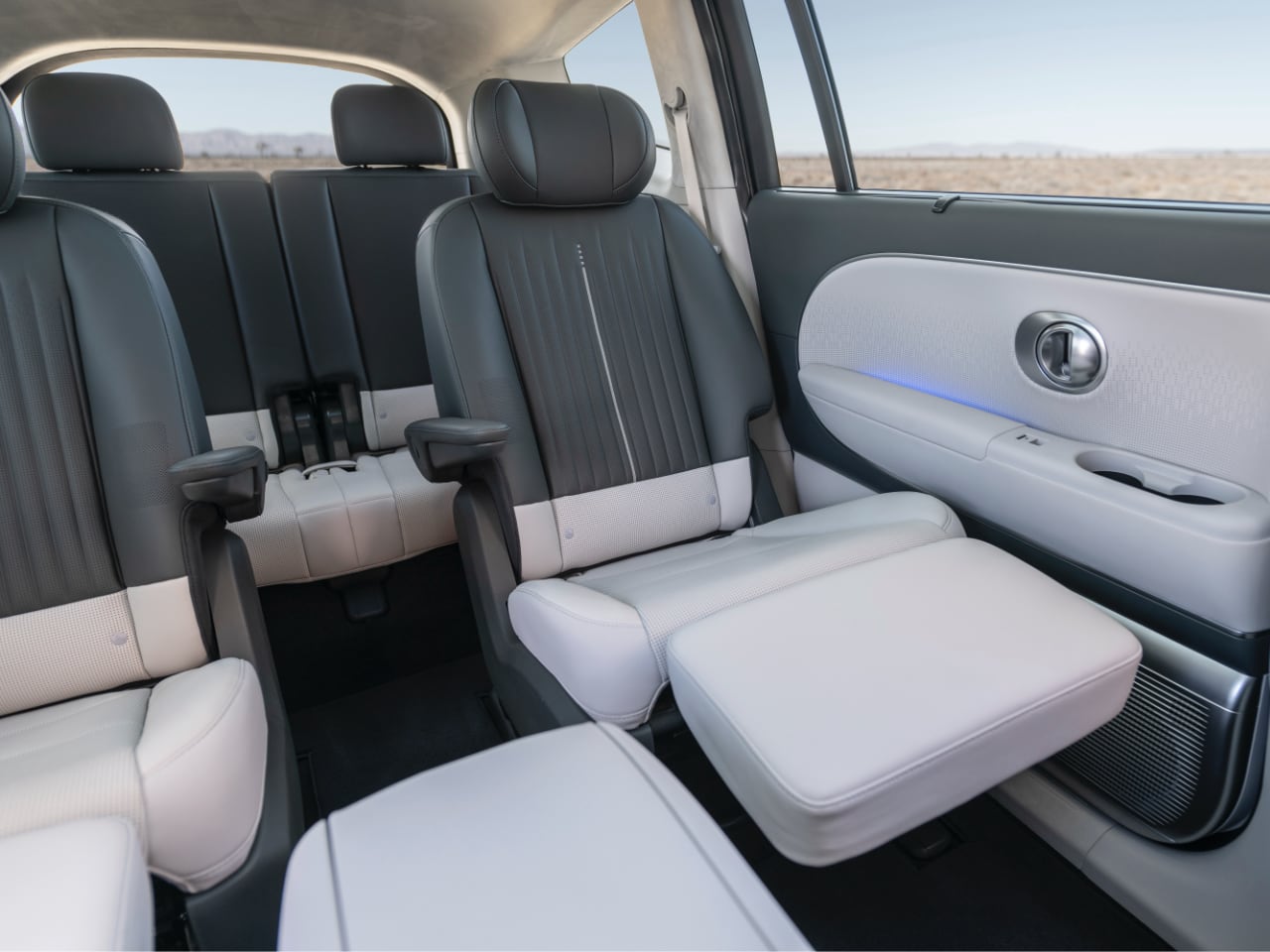
Special Features
The IONIQ 9 introduces several unique features that enhance its functionality and the overall user experience. One of the most significant elements is the Dynamic Body Care system integrated into the Relaxation Seats. This system uses targeted vibration and pressure to stimulate blood circulation, effectively reducing fatigue on long drives. This feature is particularly useful during charging breaks, allowing passengers to relax and rejuvenate before continuing their journey. The IONIQ 9 also incorporates Hyundai’s Vehicle-to-Load (V2L) capability, allowing users to power external devices using the vehicle’s high-capacity battery—an ideal feature for outdoor enthusiasts and those who enjoy car camping.
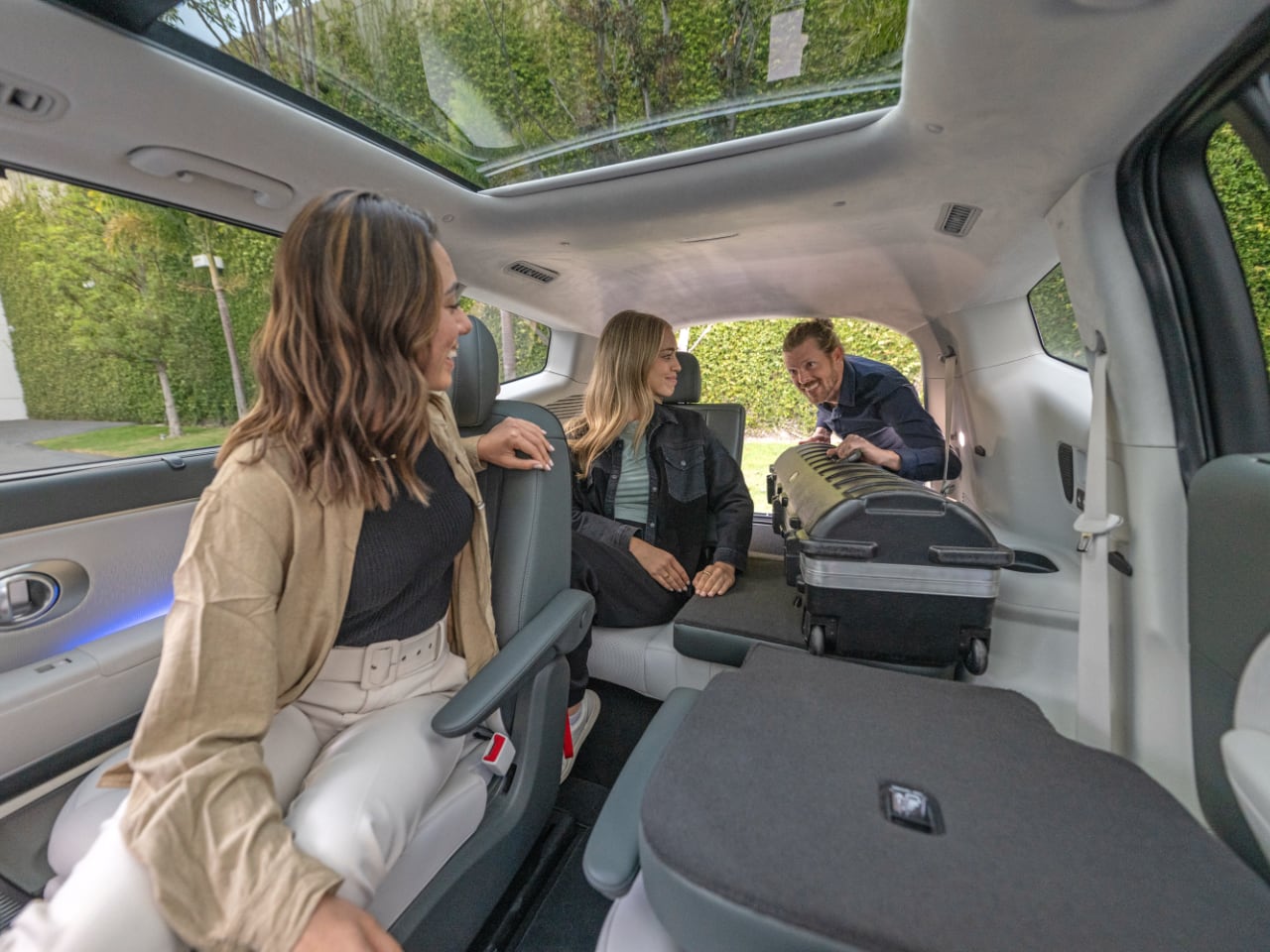
The second-row Swiveling Seats are another unique aspect of the IONIQ 9, offering an uncommon interaction level in SUVs. By allowing passengers to face each other, the Swiveling Seats transform the cabin into a space for socializing, whether during a long trip or when parked. The North American market will not have this option available. This focus on communal space is complemented by the slidable Universal Island 2.0 console, which provides ample storage space and is accessible from both the front and rear rows. This console enhances the vehicle’s functionality and ensures that items are within easy reach for all occupants, emphasizing Hyundai’s focus on user-centric design.
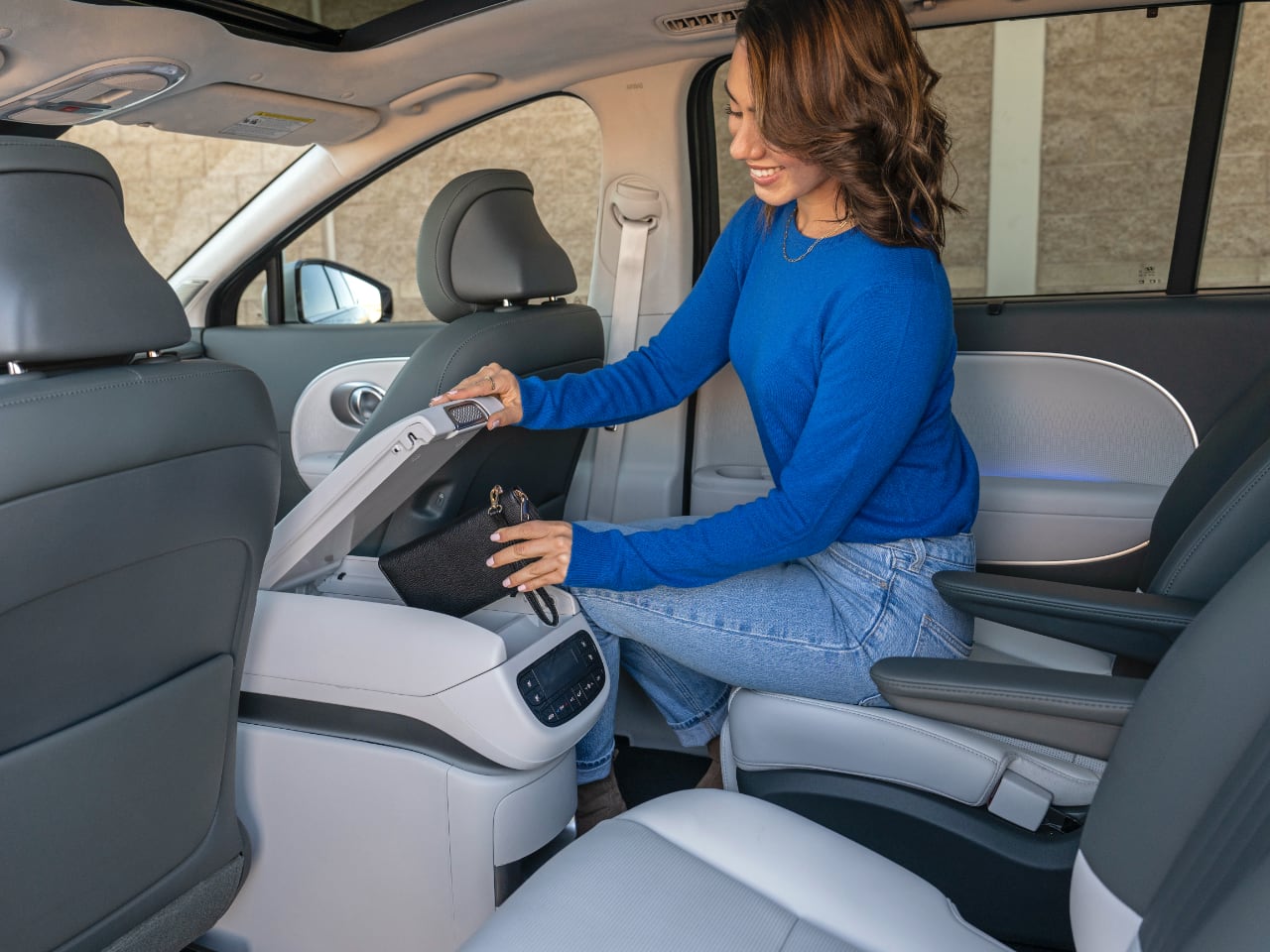
Another innovative feature is the Hyundai AI Assistant, an AI-enabled voice recognition system that intuitively controls various in-car functions. By incorporating AI-driven voice commands, Hyundai aims to create a more seamless and convenient driving experience where drivers can manage climate settings, navigation, and infotainment without needing to take their hands off the wheel. The climate control system features a rear-independent function, allowing rear passengers to customize their climate settings. This ensures that everyone in the vehicle remains comfortable, regardless of seating position.
Focus on Ergonomics
Ergonomics have been central to the design of the IONIQ 9, with every aspect of the cabin optimized for comfort and convenience. The Relaxation Seats in the first and second rows provide full recline functionality and integrated leg rests, allowing occupants to relax during charging stops or extended drives truly. The seats are designed with the contours of the human body in mind, providing support where it’s needed most and ensuring comfort over long periods. The Dynamic Body Care system adds another level of ergonomic consideration by actively reducing muscle fatigue and enhancing comfort during drives.
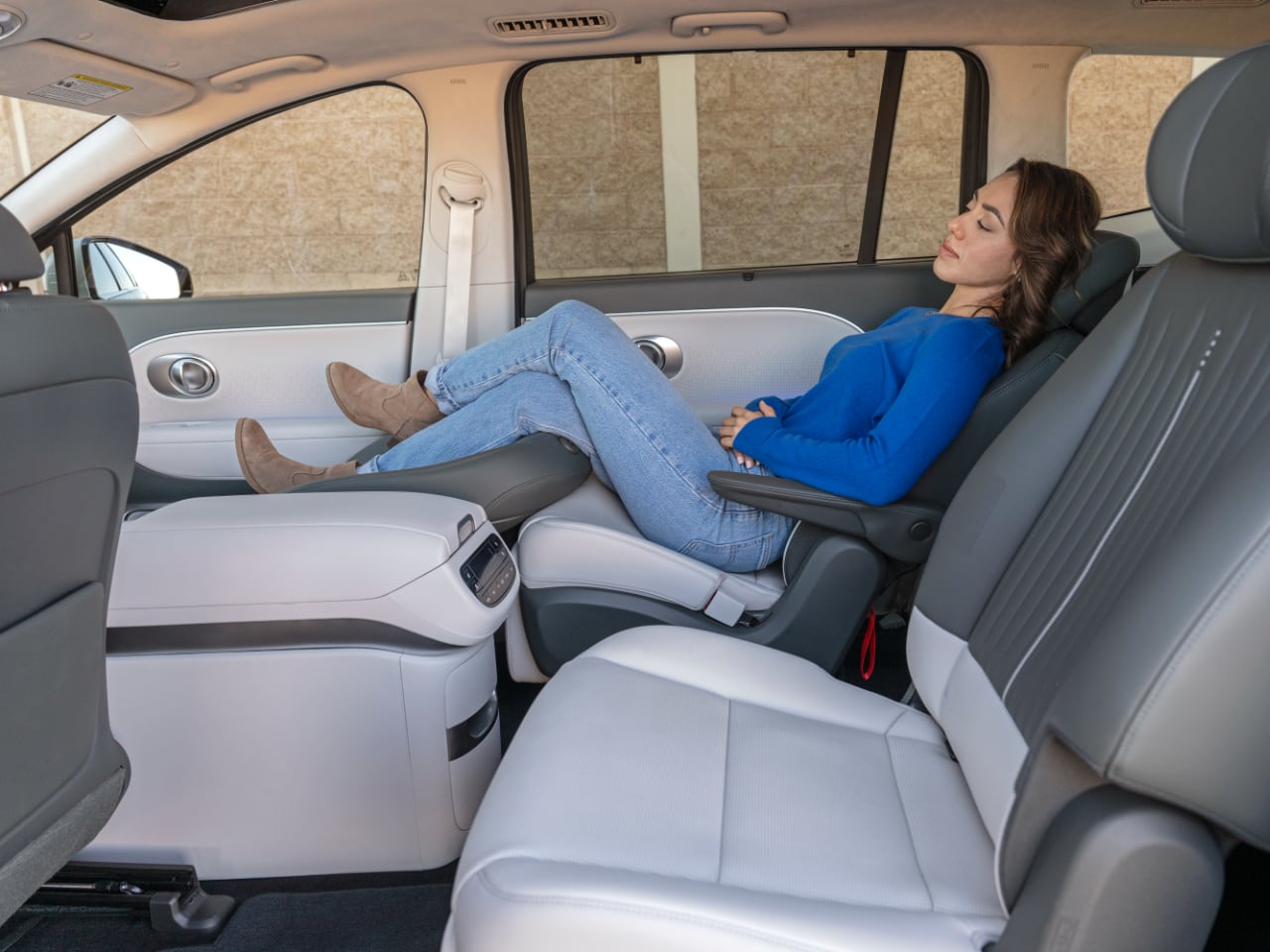
The slidable Universal Island 2.0 console is another example of Hyundai’s ergonomic approach. It is positioned to be accessible from multiple rows, allowing passengers to easily reach items stored within without straining. This enhances the vehicle’s usability and comfort, particularly for passengers seated in the second row. The console’s bidirectional opening design means it can be accessed from both the front and rear, adding to its practicality and underscoring Hyundai’s commitment to a user-centric experience.
The panoramic curved display is strategically positioned to provide the driver with all necessary information without obstructing their line of sight. This contributes to overall driving safety while ensuring that vital data is always within view. The positioning of controls within the cabin is also designed to reduce driver distraction, with intuitively placed buttons and dials that are easy to reach. Hyundai has also integrated a shift-by-wire system positioned on the steering column, freeing up additional space in the center console and improving overall ergonomics.
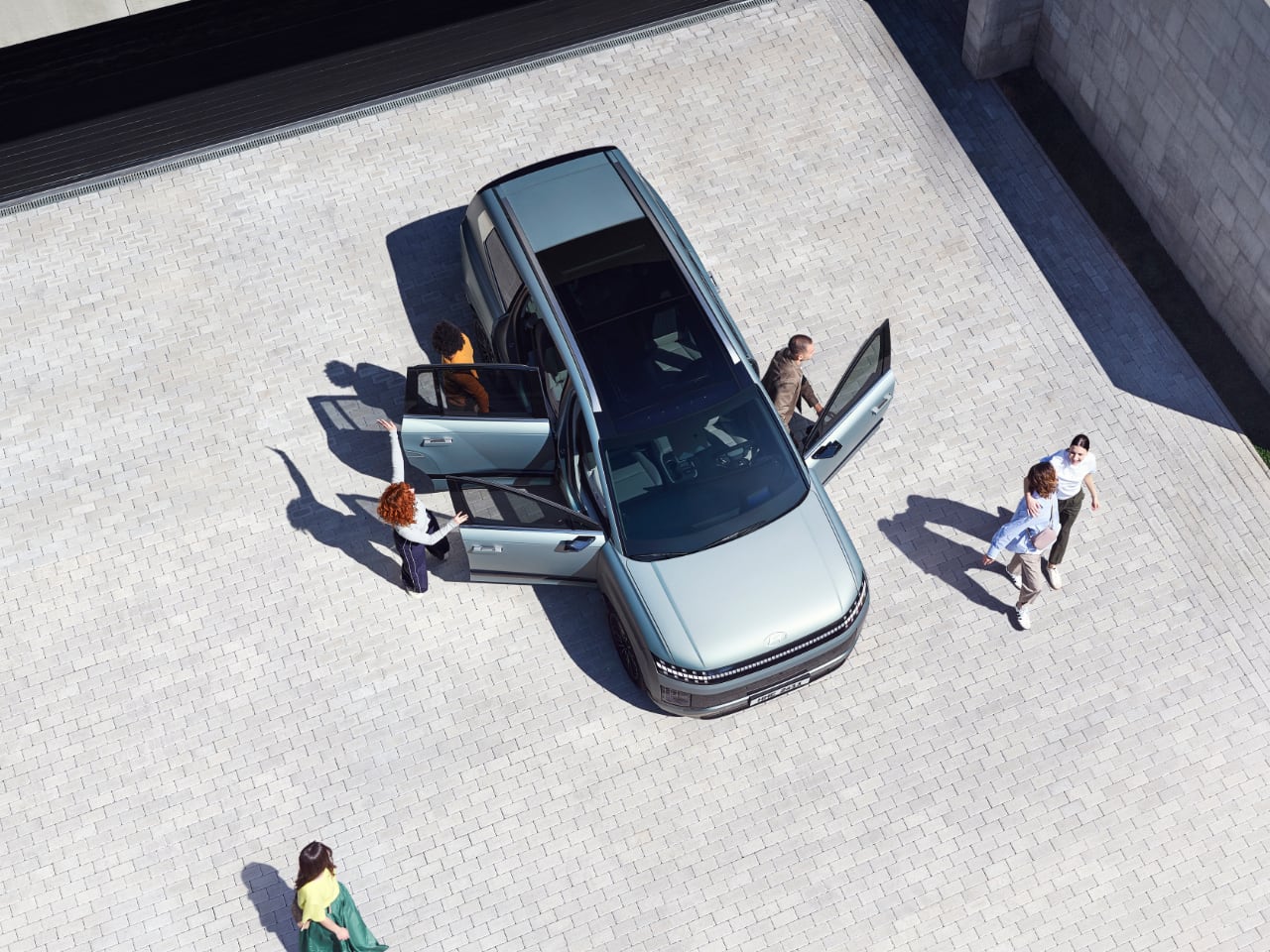
The climate control system, which includes a rear-independent air conditioning function, is designed to maximize comfort for all passengers. By allowing rear passengers to set their climate preferences, Hyundai ensures everyone in the vehicle enjoys a comfortable ride. This system is particularly beneficial during family trips or long journeys, where individual comfort needs vary. The slim roof air vent works with the Panoramic Sunroof to provide a well-ventilated, comfortable cabin environment that feels open and airy.
Material Choices
Hyundai’s commitment to sustainability is evident in the material choices for the IONIQ 9. The vehicle’s interior features Eco Process Leather, which is treated using a reduced chemical process to minimize environmental impact while retaining the luxurious feel expected in a high-end vehicle. Recycled PET Fabric is used extensively throughout the cabin, giving a second life to plastic bottles and other materials that would otherwise contribute to landfill waste. The use of these recycled materials aligns with Hyundai’s vision of creating a sustainable future without sacrificing quality or comfort.
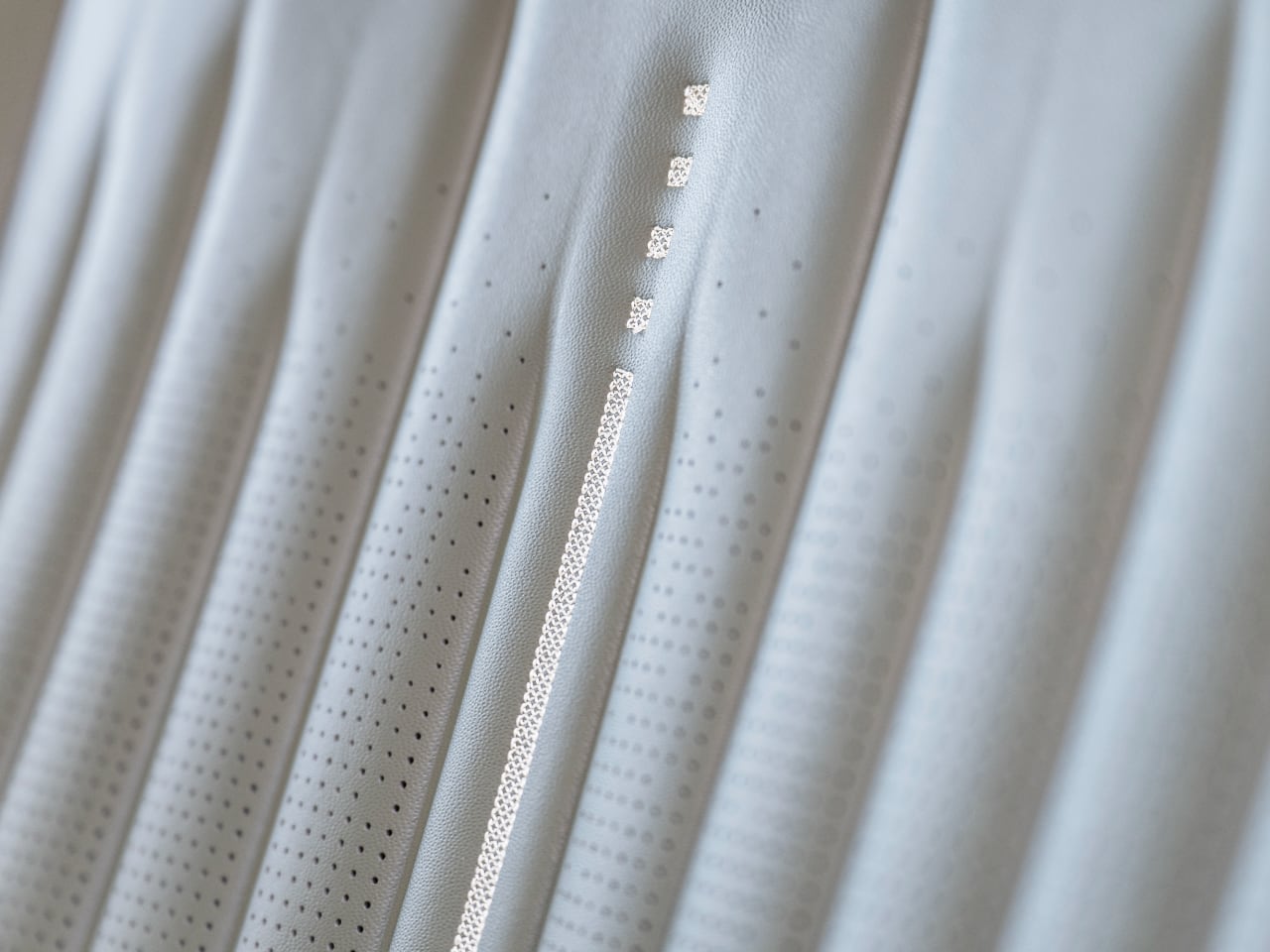
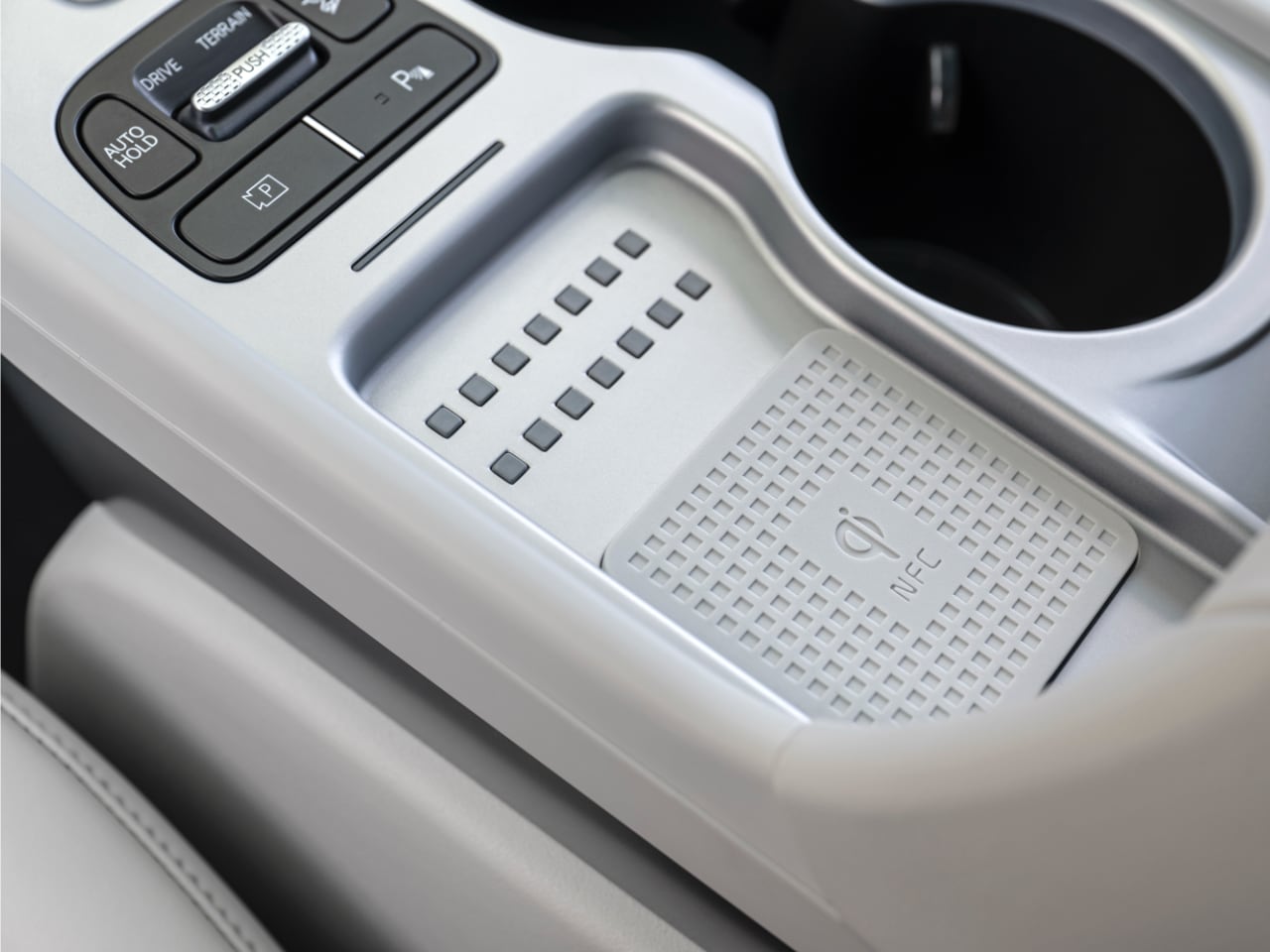
Bio Paint, made from recycled tire waste, is used on interior trim pieces, adding another layer of sustainability to the IONIQ 9’s design. This innovative paint reduces waste and contributes to a cleaner production process. Hyundai has also utilized Bio TPO/PU Skin and Bio PET/SUEDE Fabric, highlighting its commitment to reducing environmental impact through material innovation. The interior trim options are designed to evoke a sense of tranquility, with a range of colors that promote a calming atmosphere, such as Mud Gray with Creamy Beige and Dark Teal with Dove Gray. These color choices enhance the interior’s aesthetic appeal and create a soothing, lounge-like environment perfect for long journeys.
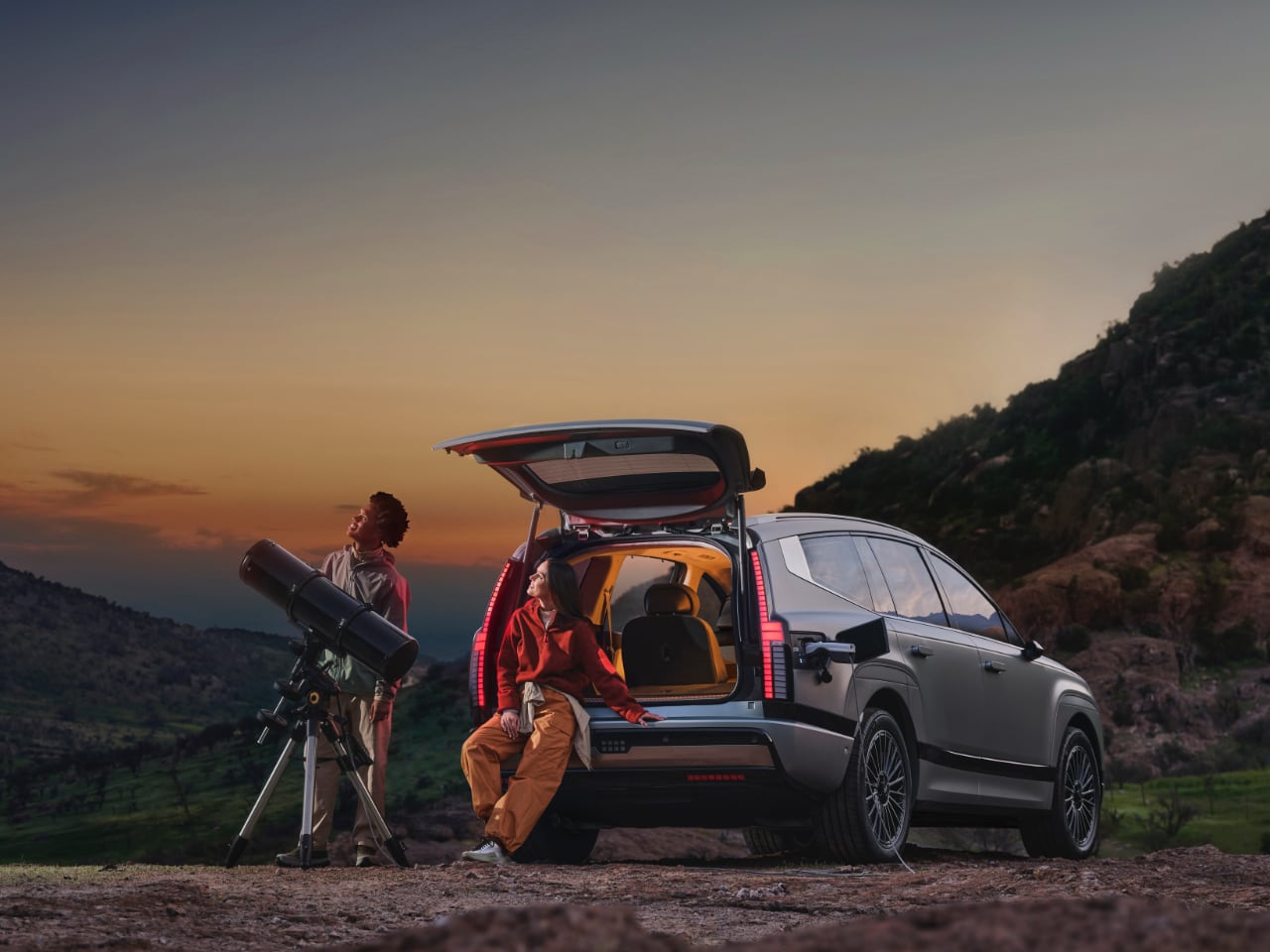
The emphasis on sustainable and premium materials extends to the exterior as well. The aluminum fenders and quarter panels are not only lightweight, helping to improve overall efficiency, but are also durable, ensuring the vehicle can withstand the rigors of daily use. The exterior paint options include several new hues, such as Celadon Gray Matte and Ionosphere Green Pearl, contributing to the IONIQ 9’s sophisticated and distinctive appearance. These carefully selected materials and finishes reinforce Hyundai’s commitment to sustainability while offering customers a premium, thoughtfully designed vehicle.
Have you been waiting for a big, bold, and practical EV?
The IONIQ 9 might be it. Combining advanced ergonomic features, sustainable material choices, and a sleek, aerodynamic exterior, the IONIQ 9 offers a unique blend of technology, comfort, and performance, perfect for modern consumers who value style and sustainability. Hyundai continues to push the boundaries of electric mobility, and the IONIQ 9 stands as a beacon of what the future holds in electric vehicle design and functionality. It offers a unique blend of technology, comfort, and performance, catering to modern consumers prioritizing style and sustainability. As Hyundai continues to push the boundaries of what is possible in electric mobility, the IONIQ 9 stands as a symbol of the future—a future where design and functionality coexist to create truly exceptional vehicles.
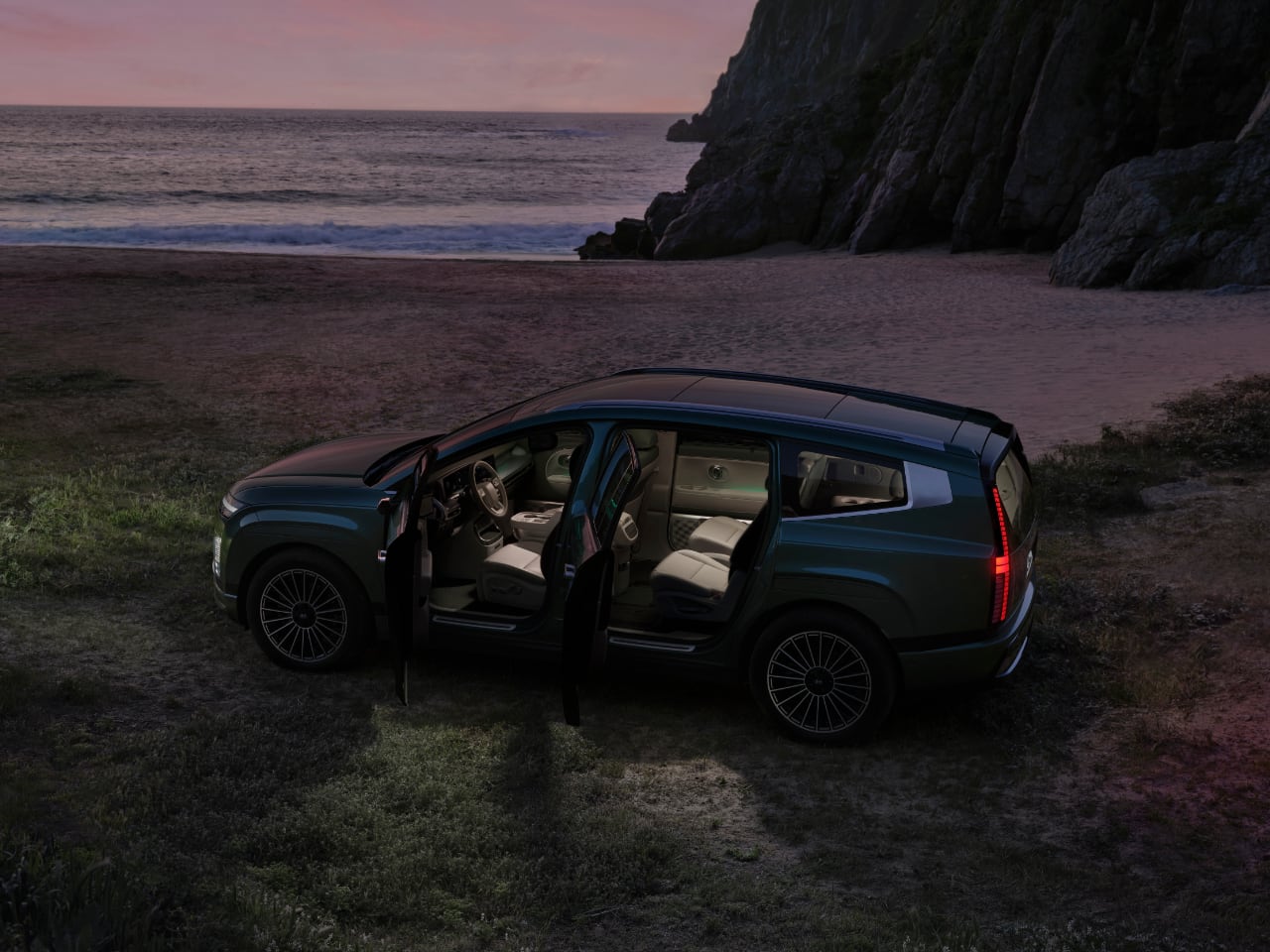
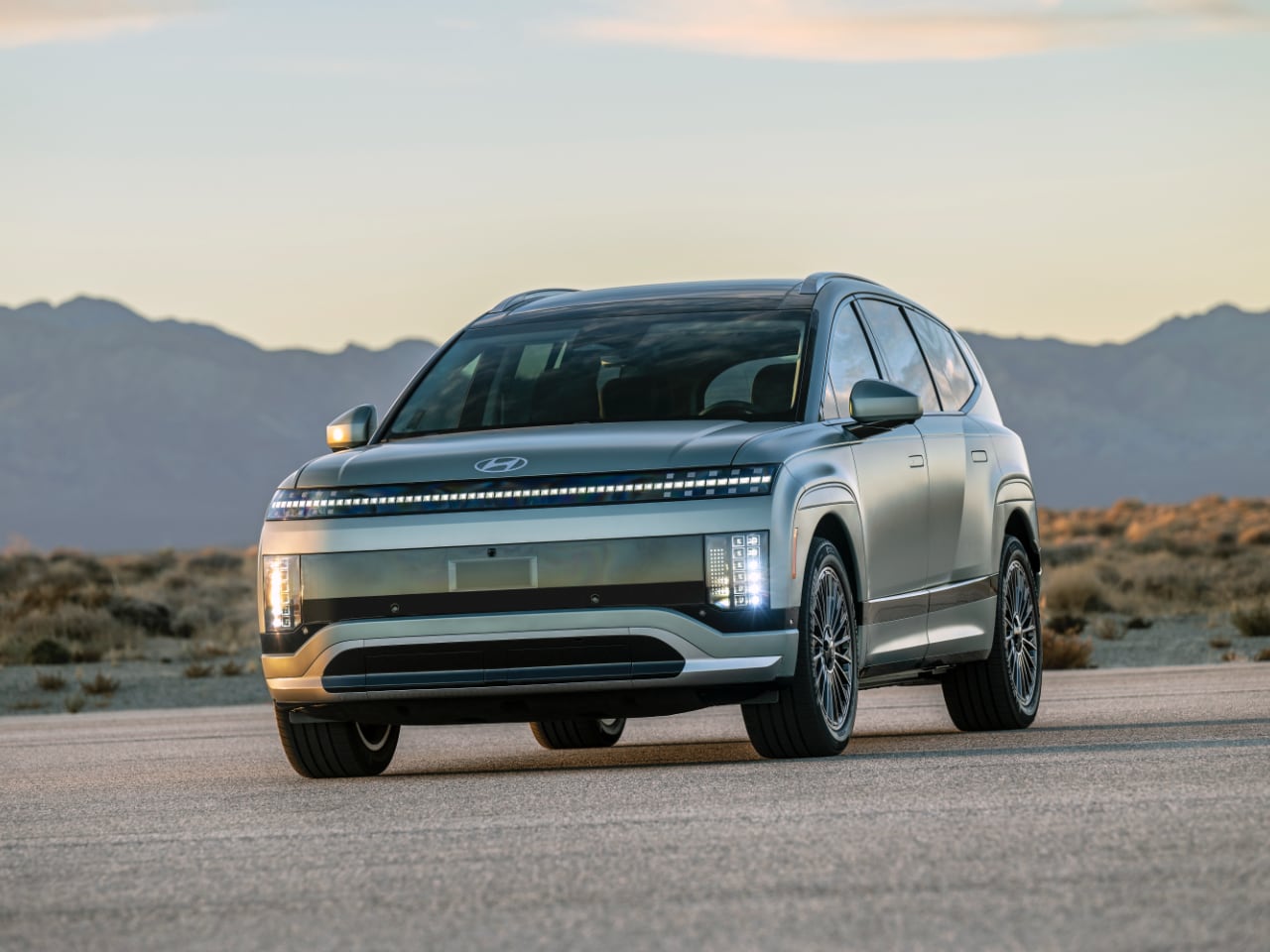
The post Hyundai Expands IONIQ Lineup with the Innovative IONIQ 9: Big on Space, Bigger on Tech first appeared on Yanko Design.
